112. Schlumbergera Truncata Variegated – Thanksgiving Cactus ( Appendix II – Special Permit Needed* )
Rp50,000
Special permits are needed. It depends on the destination country. You should ask your quarantine office. We don’t do refunds for any returned, destroyed, or delayed packages because of customs issues in your country.
Shipping from Lembang, West Bandung, West Java, Indonesia
Pot diameter 8 cm
Pot height 7 cm
Package weight include pot and soil 350 gram
Package weight without pot and soil 80 gram
Click Add to cart to shop directly from this website or text us through contact detail above
——-
Izin khusus dibutuhkan. Tergantung dari permintaan negara tujuan. Anda harus bertanya ke kantor karantina di negara Anda. Kami tidak melakukan refund paket yang diretur, ditahan atau dihancurkan karena permasalahan customs di negara Anda.
Pengiriman dari Lembang, Bandung Barat, Jawa Barat, Indonesia
Diameter pot 8 cm
Tinggi pot 7 cm
Berat paket dengan pot dan media 350 gram
Berat paket tanpa pot dan media 80 gram
Klik Add to cart untuk langsung order melalui website atau kontak detail di atas
Introduction to Schlumbergera Truncata Variegated
Schlumbergera truncata, commonly known as holiday cactus, Thanksgiving cactus, crab cactus or Christmas cactus, is a species of flowering plant in the cactus family which originates from the coastal mountains of southeastern Brazil. The Schlumbergera genus consists of only 6 species, and Schlumbergera truncata is the most popular houseplant species.
This plant is named after Frédéric Schlumberger, a French collector of cacti and succulents who lived in the 19th century. The species name “truncata” refers to its distinctively truncated or blunt-ended segments.
Schlumbergera truncata is an epiphytic plant, meaning it naturally grows on other plants or surfaces like trees and rocks rather than in soil. It has flattened stem segments with notches or indentations along the edges which resemble crab claws, giving rise to the common name crab cactus. The stems grow in ahanging or trailing fashion, making this plant suitable for containers and hanging baskets.
The Schlumbergera truncata variegated variety features stems with white variegated striping, blotches or spots, making it a rare and sought-after houseplant. It requires similar care to the normal green variety.
Physical Characteristics
The Schlumbergera Truncata Variegated, also known as the Thanksgiving Cactus, is an epiphytic cactus that originated in the coastal mountains of southeastern Brazil. It has flattened, jointed stems composed of segments, with areoles having scales and spines. The margins of the stems may be scalloped or crenated.
The leaves of this plant are actually modified flattened stems called phylloclades. They are light green in color with white variegated stripes running longitudinally along them. The phylloclades are oval or oblong in shape.
Schlumbergera Truncata Variegated produces flowers in a variety of colors like white, pink, orange, red or purple. The flowers bloom out from areoles present on the phylloclades. They are tubular or funnel-shaped with numerous slender, curved petals spreading outward that can grow up to 3 inches long. The flowers generally appear during late fall and early winter.
Schlumbergera Truncata Variegated has a shallow root system with fine fibers. The roots help take in moisture and nutrients.
Ideal Growing Conditions
The Schlumbergera Truncata Variegated variety thrives in bright, indirect light. Direct sunlight can scorch the leaves and cause faded color. Place in an east or west facing window where it receives 4-6 hours of sunlight daily.
Water thoroughly when the potting mix is dry to the touch. Allow excess water to drain freely from the pot. Avoid letting it sit in waterlogged soil, which can lead to root rot.
Daytime temperatures of 65-75°F (18-24°C) and nighttime temps around 60°F (15°C) are ideal. Avoid drafty areas.
High humidity is beneficial. Place the pot on a pebble tray filled with water or use a humidifier to maintain humidity above 50%. Mist the plant daily to increase moisture in the air.
Blooming and Flowering
The Thanksgiving cactus is prized for its beautiful blooms that appear in late fall. Unlike most cacti that bloom in the spring and summer, the Thanksgiving cactus blooms in November, coinciding with the holiday.
The blooming period starts in mid-to-late November and lasts for 4-6 weeks. Each plant will produce multiple clusters of flowers at the ends of the leaf segments. The buds will start out tightly closed for 1-2 weeks before opening up into flowers.
The flowers come in shades of pink, red, purple, orange, and white. The most common color is a vibrant pinkish-purple. The blooms have rounded petals that fold back, revealing the yellow stamens in the center. Each flower is about 2-3 inches in diameter.
During the blooming period, a single Thanksgiving cactus can have dozens of open flowers at once, covering the entire plant. The abundant, colorful blooms last for an impressive 4-6 weeks before new buds cease to form. With proper care, the plant will bloom every year in the fall and bring beautiful color for the holiday season.
Variegated Variety
The variegated variety of Schlumbergera truncata, often called the Thanksgiving or Holiday cactus, features white or yellow stripes or blotches on the green stems and leaves. This unique color pattern is the result of a genetic mutation that causes a lack of chlorophyll in some areas of the plant tissues.
The variegated truncata was first discovered as a random mutation on a Schlumbergera plant in cultivation sometime in the early 20th century. Since then, it has been selectively bred and propagated to stabilize and enhance the variegated characteristics. The striking yellow and white coloration on the normally green cactus makes the variegated variety especially prized by collectors and plant enthusiasts.
The amount of variegation can vary quite a bit from plant to plant. Some may have just a few faint white stripes while others have large segments of white or yellow. The variegated parts contain less chlorophyll, so they photosynthesize less efficiently. However, the green parts of the plant produce enough energy to compensate. With the right care and optimal lighting conditions, the variegated Thanksgiving cactus grows and blooms just as well as the normal green variety.
The variegated truncata requires bright but indirect light to maintain its best coloration. Too much direct sun can cause the yellow and white areas to fade or turn brown. Lower light levels can also cause the plant to produce more green foliage and lose some of its variegation. Finding the right balance of light intensity and duration is important.
Like others in the Schlumbergera genus, the variegated Thanksgiving cactus blooms in late fall or early winter. Its flowers are bright pink, red, or purple just like the solid green variety. With its eye-catching foliage and seasonal blooms, the variegated Schlumbergera truncata makes a unique houseplant specimen. Plant collectors and houseplant enthusiasts highly prize this special variegated form.
Propagation
The Schlumbergera Truncata Variegata, also known as the Variegated Thanksgiving Cactus, can be propagated in a few different ways. Here are some tips for propagation:
Propagating from Cuttings
- Take 4-6 inch cuttings from the tips of the plant in the spring or summer. Choose segments with at least 2 sets of leaves.
- Allow the cut end to callus over for a few days before planting.
- Dip the end in rooting hormone to encourage root growth.
- Plant the cuttings in a well-draining potting mix, burying about 2 inches of the cutting.
- Keep the soil moist but not soggy.
- Place the potted cuttings in bright, indirect light.
- Roots should begin to form in 3-6 weeks.
Propagating from Offsets
- Gently detach offset rosettes that form at the base of the main plant. Make sure each offset has some roots attached.
- Allow offsets to dry for 1-2 days before replanting.
- Plant offsets in a well-draining potting mix meant for cacti and succulents.
- Water sparingly until new growth appears.
Propagating from Seeds
- Collect seeds from spent flowers on the Thanksgiving Cactus.
- Sow seeds in a sterile, well-draining mix. Cover lightly with mix.
- Keep the plant mix moist but not wet.
- Germination can take 3-6 weeks at 65-75°F.
- Once seedlings appear, provide plenty of light.
- Transplant young plants once they are 2-3 inches tall.
Repotting
Repotting is an important part of caring for Schlumbergera truncata variegata. When and how you repot will impact the health and flowering of your plant.
You should repot Schlumbergera truncata variegata every 2-3 years in the spring, after flowering has finished. Repotting yearly can shock the plant. Wait until spring so any damage to the roots from repotting will have time to heal before the next flowering period in fall/winter.
Use a potting mix designed for cacti and succulents, as this plant requires excellent drainage. Choose a pot only 1-2 inches larger than the current pot. Schlumbergera truncata variegata have shallow root systems and prefer being slightly rootbound. Too large of a pot may hold too much moisture.
To repot, gently remove the plant from its current pot and loosen any circled roots. Prune any dead or damaged roots. Place fresh potting mix in the new pot and set the plant inside. Fill in around the roots with potting mix, firming the soil gently. Leave 1 inch at the top of the soil dry.
After repotting, avoid fertilizing for a month. Place the newly repotted plant in partial sun and water sparingly until established. Repotting is stressful for Schlumbergera truncata variegata, but proper timing and care will keep your plant healthy.
Pruning
Pruning a Schlumbergera Truncata Variegated is an important part of caring for this plant. It encourages more prolific flowering and helps maintain the plant’s shape and fullness.
The best time to prune is in spring, after flowering has finished. Using clean, sterilized pruners or scissors, cut off any dead or diseased stems first. Then identify any overlong, misshapen, or excess stems and prune them back to an outward facing node. Aim to leave each remaining stem with 3-5 segments.
Pruning is also done to shape the plant. The Schlumbergera Truncata Variegated grows with multiple arms coming off the base. If any of these arms become too large, leggy or unbalanced, they can be trimmed back partway to keep the plant fuller and prevent it becoming lopsided.
Remove all cuttings and sterilize your tool between each cut to prevent disease transmission.
Be cautious not to overprune, as too much pruning can weaken the plant. Stick to removing dead, damaged, diseased or clearly overgrown and unruly stems. With moderate, careful pruning each spring, your Schlumbergera Truncata Variegated will grow into a shapely, bushy and prolific flowering specimen.
Troubleshooting
Common Issues
The Thanksgiving cactus is relatively easy to grow, but may encounter a few problems. Here are some of the most common issues and solutions:
-
Drooping or wilting – This is usually caused by underwatering. Allow the soil to partially dry out between waterings. Increase watering frequency in hotter months.
-
Brown leaf tips – This can be caused by overwatering, low humidity, or tap water with fluoride and salts. Allow soil to dry out more between waterings, increase humidity, or use filtered or distilled water.
-
Leaf drop – If old leaves drop, it’s often natural. But if many new leaves drop, it may be due to overwatering, low light, or transplant stress. Reduce water, increase light gradually, and limit repotting.
-
Bud drop – Failure of flower buds to open is typically due to low light, cold drafts, or overwatering during bud development. Provide adequate sunlight, maintain room temperature, reduce watering.
-
Stunted growth – Can be caused by too little light, cool temperatures, or underpotting. Gradually increase light levels, maintain room temperatures above 65°F, repot into larger container.
-
Pest problems – Mealybugs, aphids and scale can sometimes infest plants. Treat gently with insecticidal soap, ensuring good coverage of leaves and stems. Keep away from cold drafts and reduce stress.
With proper care, Thanksgiving cacti are rewarding houseplants that can thrive for decades and bloom every year. Address any issues promptly by diagnosing the cause and making suitable adjustments to care.
Shipment

Our Works
TERMS AND CONDITIONS :
- Before being shipped, plants will undergo a drying process to prevent decay during the shipping journey. The duration of drying for shipments within Indonesia is 24-48 hours, while for international shipments, it may take up to 30 days (to prepare the plants and process export documents).
- Our packaging standard for shipments involves using sturdy cardboard boxes. The boxes will be perforated for plant air circulation and will not be fully sealed to avoid decay. Succulents will be wrapped in paper or tissue and will be provided with extra protection for certain plant types. For international shipments, there is no additional fee for the issuance of a Phyto Certificate if sent via DHL.
- The succulents you receive may differ from the product photos. The product photos we display are for illustration purposes only. The shape, flowers, and size of succulents may vary slightly (larger or smaller), although the ones we send are the same as those seen in the product photos.
- For international shipments, we cannot guarantee that the plants you order will arrive in good condition at your address due to different customs regulations in each country. This may result in longer delivery times. Please check your customs regulations before placing an order.
- For international orders, the minimum order is Rp. 2,500,000 / USD 166. Minimum order for orders within Indonesia is Rp 100,000 / USD 6.
- By deciding to make a purchase, you indicate your understanding of all customs regulations. Please add notes in the order notes column if you have specific instructions for your order. And provide guidance on what is required by your quarantine procedures.
- For international orders, we require your import permit to process the Phyto Certificate application with the Ministry of Agriculture and Quarantine Agency. If you do not have an import permit, we cannot process your Phyto Certificate application. However, if your country does not require an import permit for receiving plant shipments, please attach an official link explaining this rule from your country. Also, provide clear instructions on ADDITIONAL DECLARATION and TREATMENT in your Phyto Certificate.
- We cannot control customs actions. Therefore, we are not responsible for any unilateral decisions by customs that may occasionally lead to the detention or return of your package, even if we have completed it with official documents from the required Indonesian quarantine office as needed by customs officers in your country. NO REFUNDS. Updated : January 30, 2024.
———
SYARAT DAN KETENTUAN :
- Sebelum dikirim, tanaman akan dilakukan proses penjemuran terlebih dahulu agar tidak membusuk selama perjalanan pengiriman. Lamanya penjemuran untuk pengiriman Indonesia adalah 24-48 jam, sementara untuk pengiriman internasional memerlukan waktu hingga 30 hari (untuk menyiapkan tanaman serta memproses dokumen ekspor).
- Standar pengemasan kami untuk pengiriman menggunakan kardus karton yang keras. Kardus akan dilubangi untuk sirkulasi udara tanaman dan tidak akan dilakban penuh karena untuk menghindari busuk. Sukulen dibungkus dengan kertas atau tisu dan akan diberikan perlindungan ekstra untuk jenis tanaman tertentu. Untuk pengiriman internasional tidak dikenakan biaya tambahan untuk pembuatan Sertifikat Phyto jika mengirim dengan DHL.
- Sukulen yang Anda terima mungkin berbeda dengan foto produk. Foto produk yang kami tampilkan hanya sebagai contoh. Bentuk sukulen, bunga, dan ukuran sukulen mungkin sedikit berbeda (lebih besar atau lebih kecil), meskipun yang kami kirim adalah sukulen yang sama dengan yang terlihat dalam foto produk.
- Untuk pengiriman internasional, kami tidak dapat memberikan jaminan bahwa tanaman yang Anda pesan akan tiba dalam kondisi baik di alamat Anda karena setiap negara memiliki aturan pabean yang berbeda. Hal ini dapat menyebabkan waktu pengiriman yang lebih lama. Mohon cek aturan pabean Anda sebelum melakukan pemesanan.
- Untuk pesanan internasional, minimal order Rp. 2.500.000 / USD 166. Pesanan Indonesia minimal order Rp 100.000 / USD 6.
- Dengan memutuskan untuk membeli, berarti Anda telah memahami semua aturan pabean. Mohon tambahkan catatan di kolom catatan pesanan jika Anda memiliki instruksi khusus pada pesanan Anda. Dan berikan panduan tentang apa yang diinginkan oleh karantina Anda.
- Untuk pesanan internasional, kami memerlukan izin impor Anda untuk memproses pengajuan Sertifikat Phyto ke Kementerian Pertanian dan Balai Karantina. Jika Anda tidak memiliki izin impor, kami tidak dapat memproses pengajuan Sertifikat Phyto Anda. Tetapi jika negara Anda tidak memerlukan izin impor untuk menerima kiriman tanaman, mohon lampirkan tautan resmi yang menjelaskan aturan tersebut dari negara Anda. Jangan lupa memberikan instruksi yang jelas tentang ADDITIONAL DECLARATION dan TREATMENT dalam Sertifikat Phyto Anda.
- Kami tidak dapat mengontrol tindakan bea cukai. Oleh karena itu, kami tidak bertanggung jawab atas keputusan sepihak bea cukai yang kadang-kadang terjadi, yang dapat menyebabkan penahanan atau pengembalian paket Anda, meskipun kami telah melengkapi dengan dokumen resmi dari kantor karantina Indonesia yang diperlukan oleh petugas bea cukai di negara Anda. TIDAK ADA PENGEMBALIAN UANG. Diperbaharui : 30 Januari 2024.
———
| Weight | N/A |
|---|---|
| Dimensions | 1 × 1 × 1 cm |
| Include Pot and soil or Without Pot and soil | Include Pot and Soil, Without Pot and Soil |
7 reviews for 112. Schlumbergera Truncata Variegated – Thanksgiving Cactus ( Appendix II – Special Permit Needed* )
| 5 star | 100 | 100% |
| 4 star | 0% | |
| 3 star | 0% | |
| 2 star | 0% | |
| 1 star | 0% |
Sorry, no reviews match your current selections




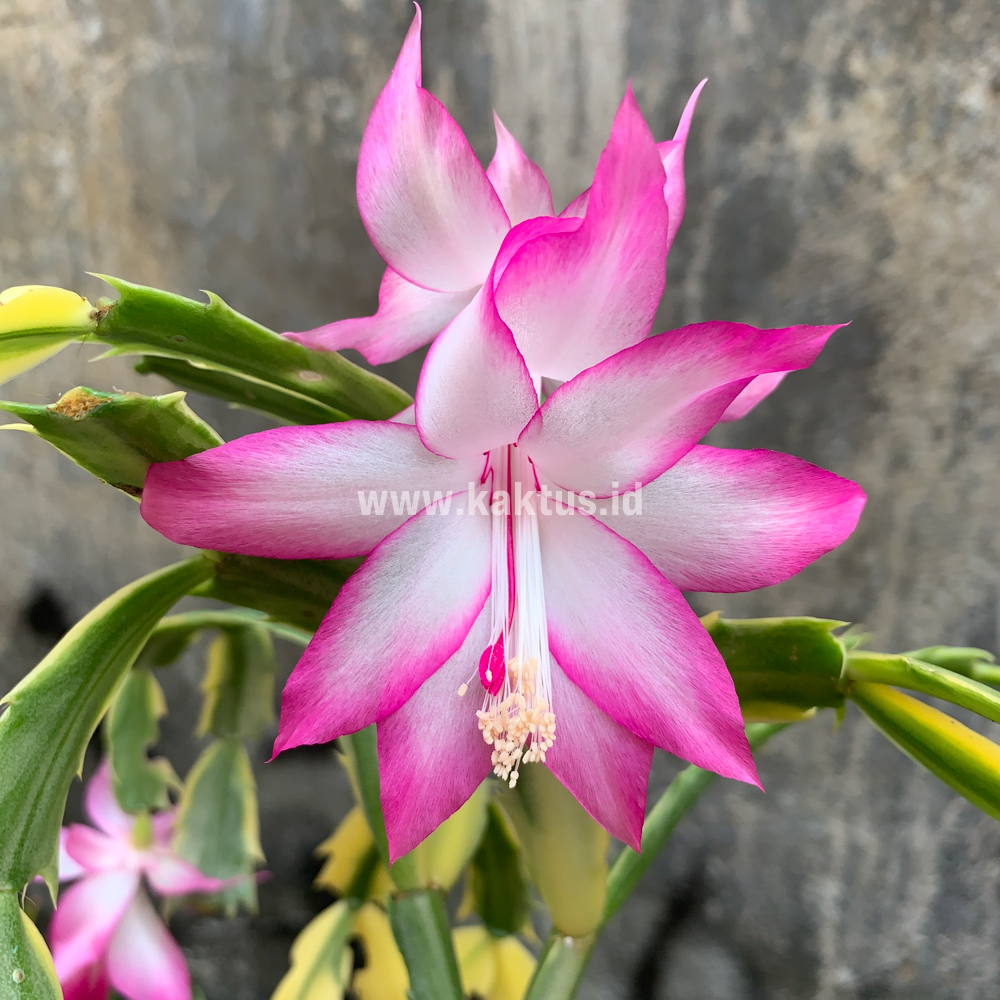


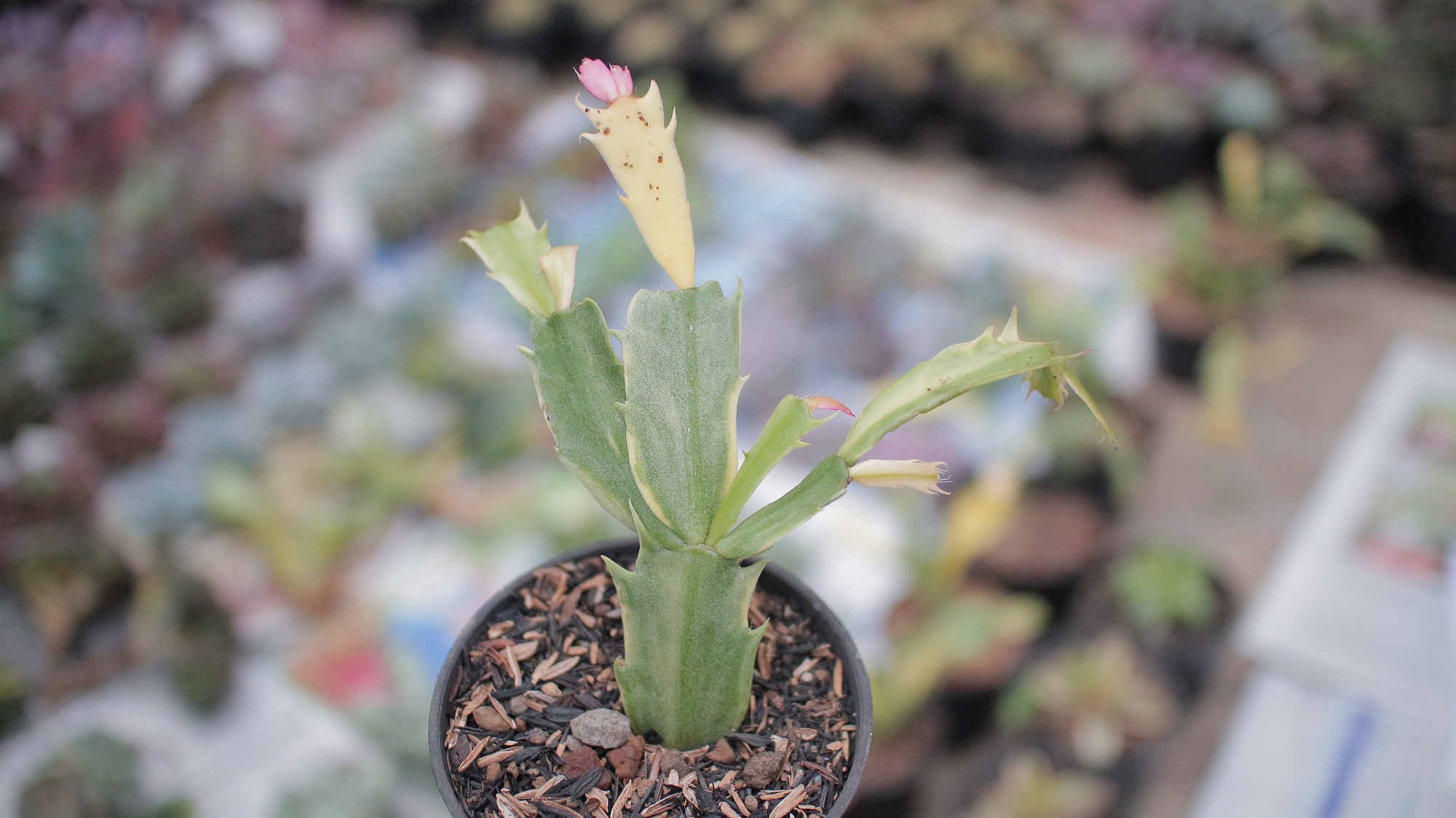
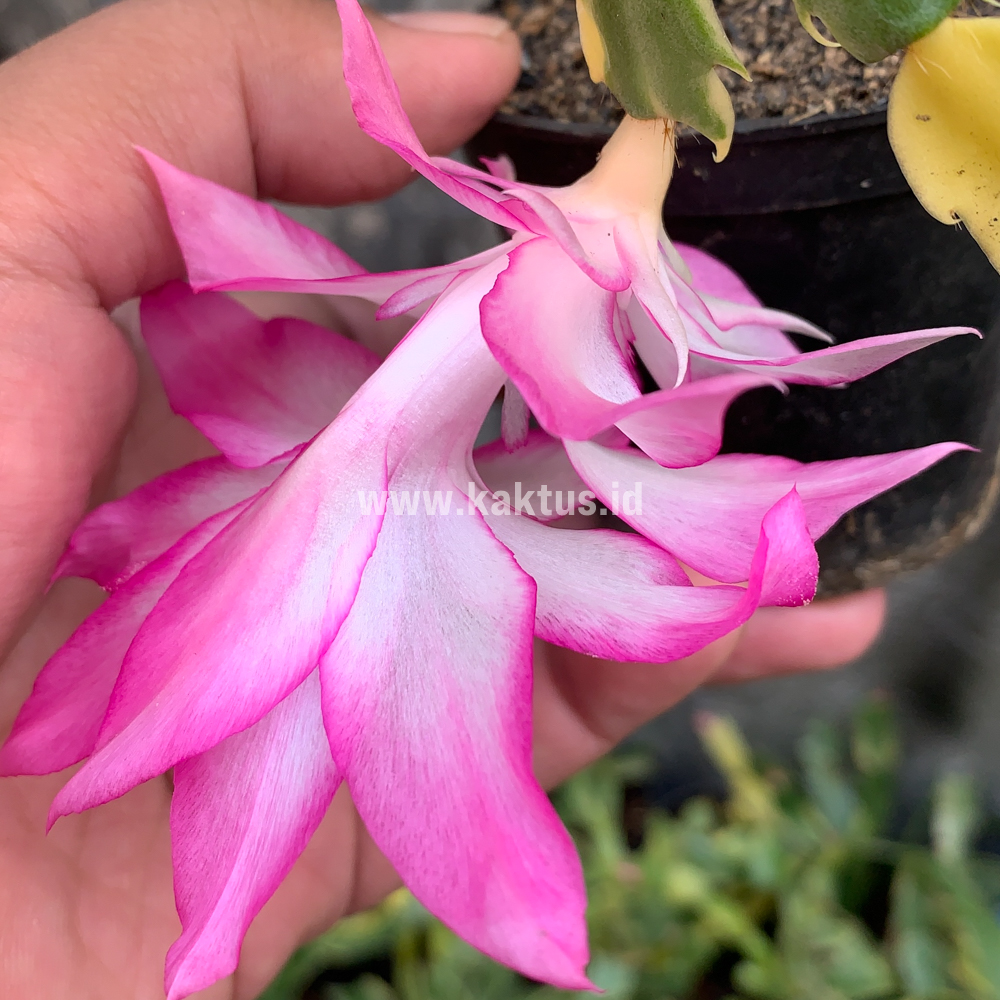
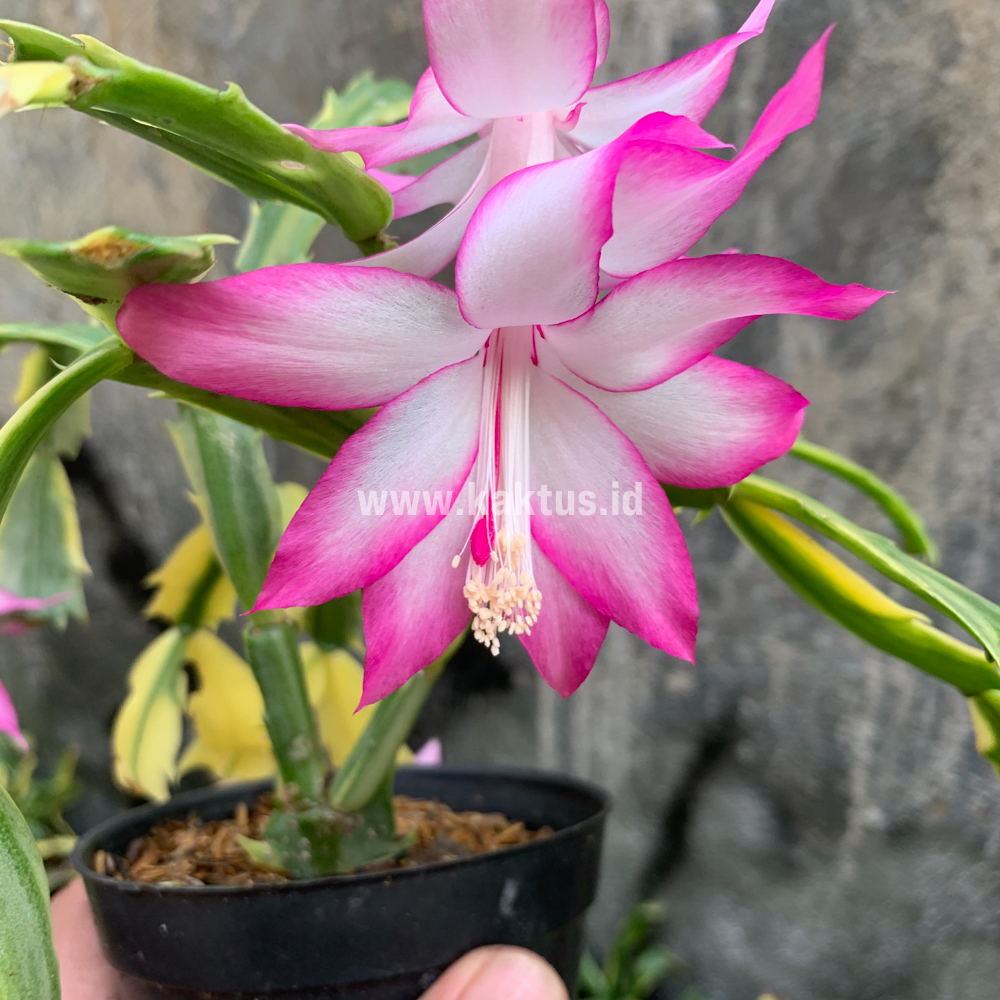
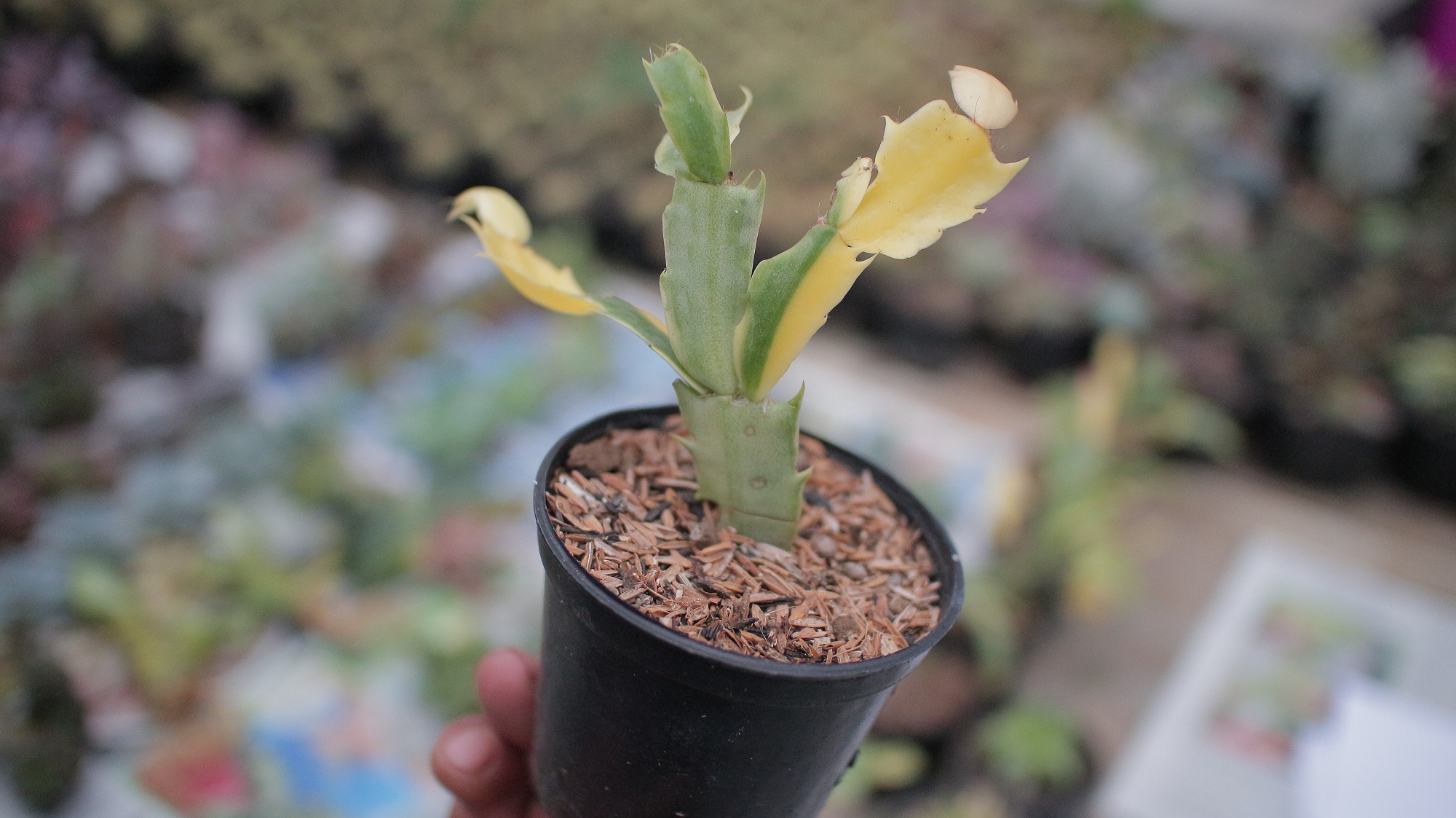
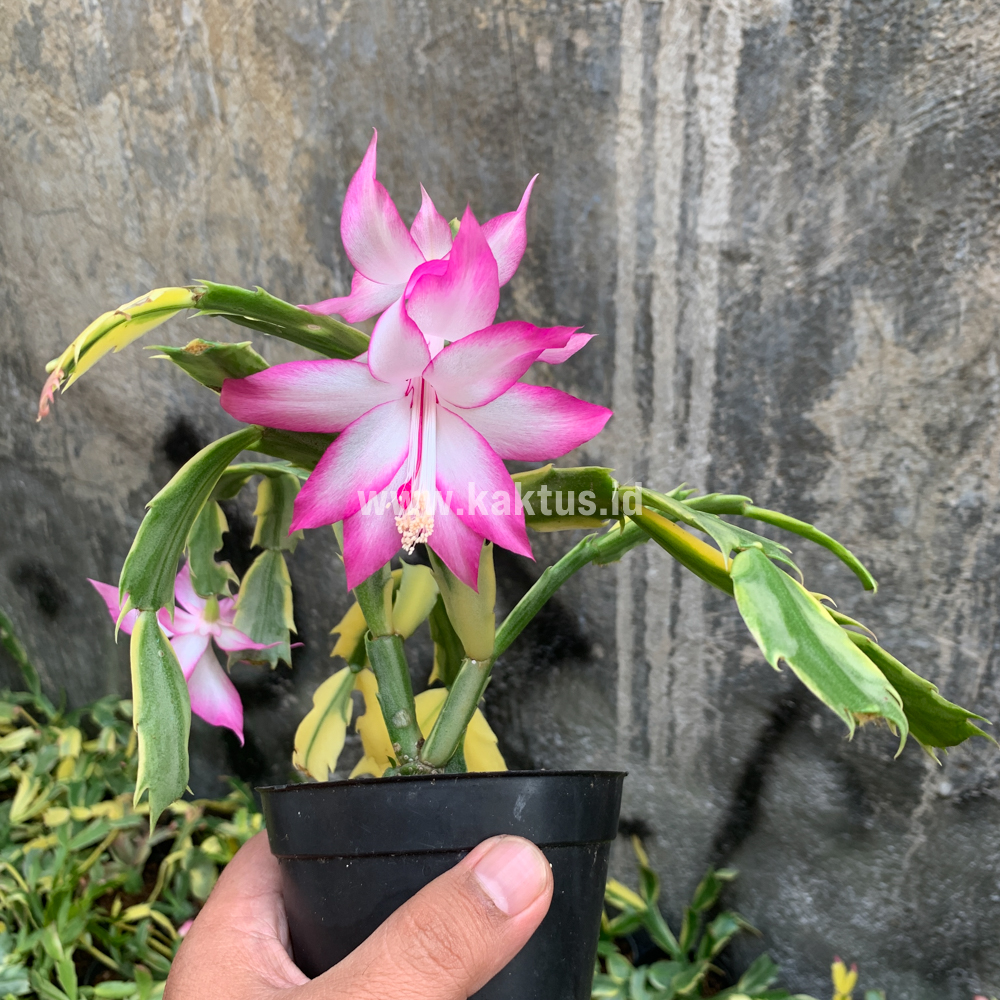
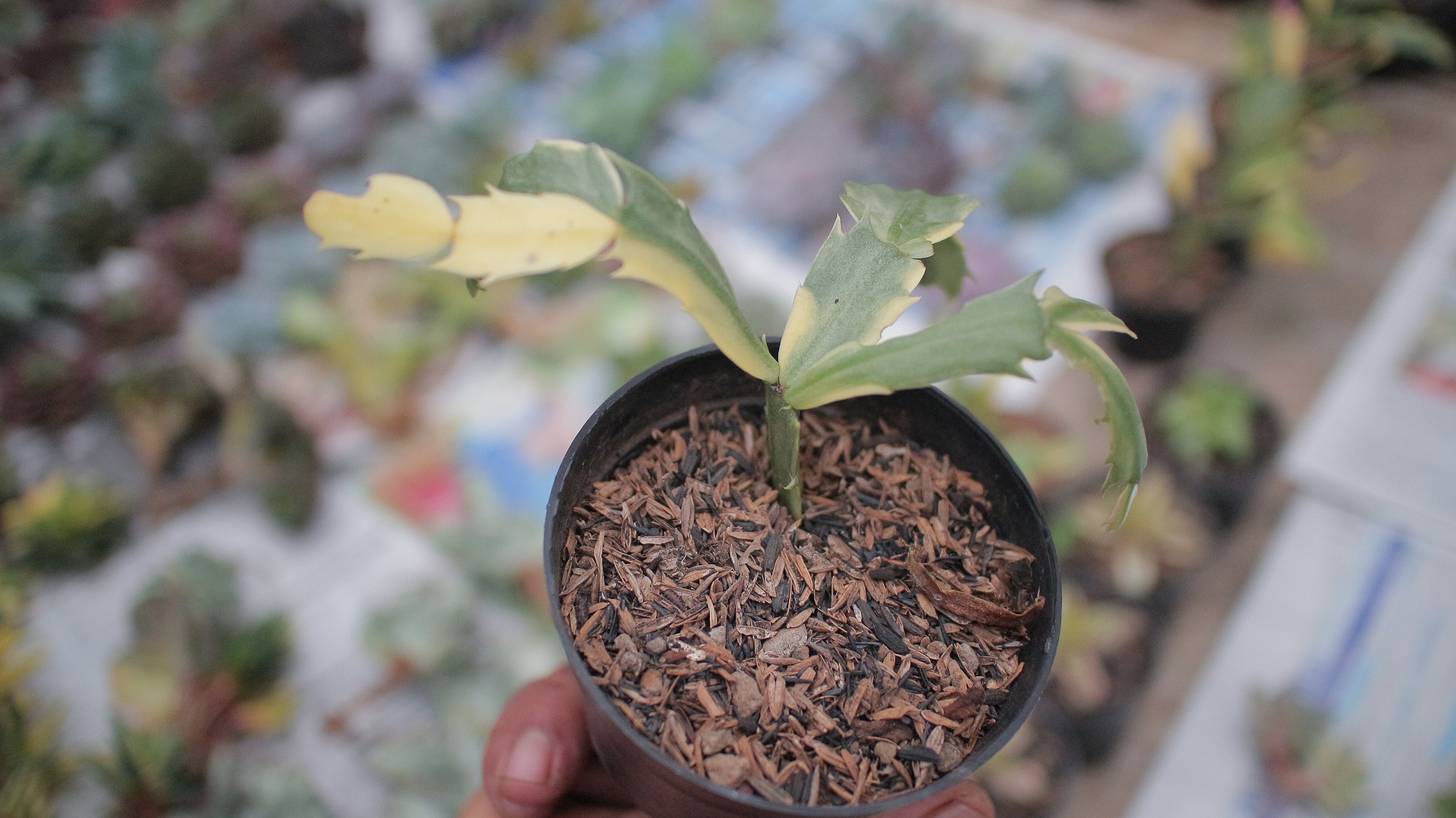
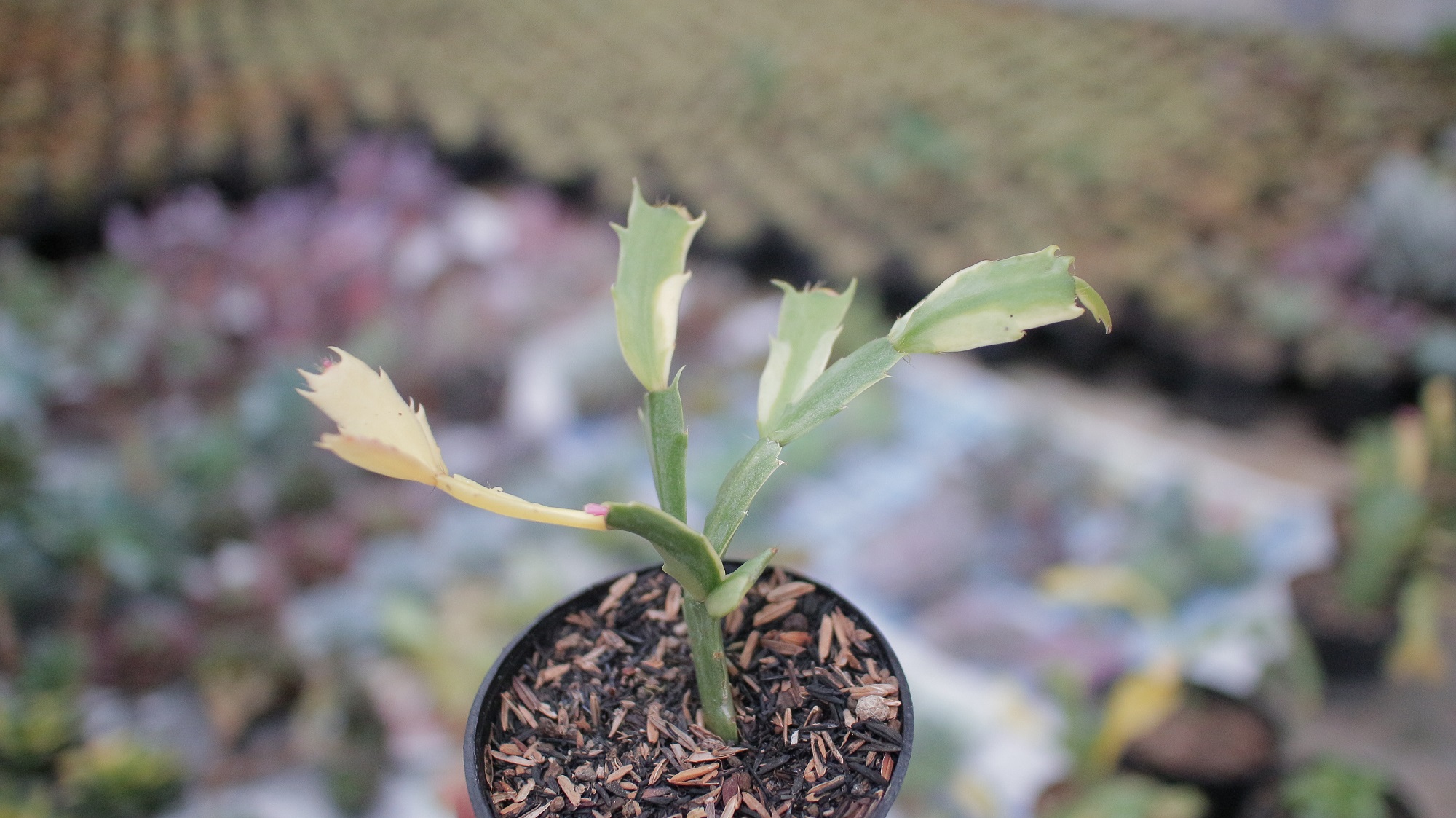
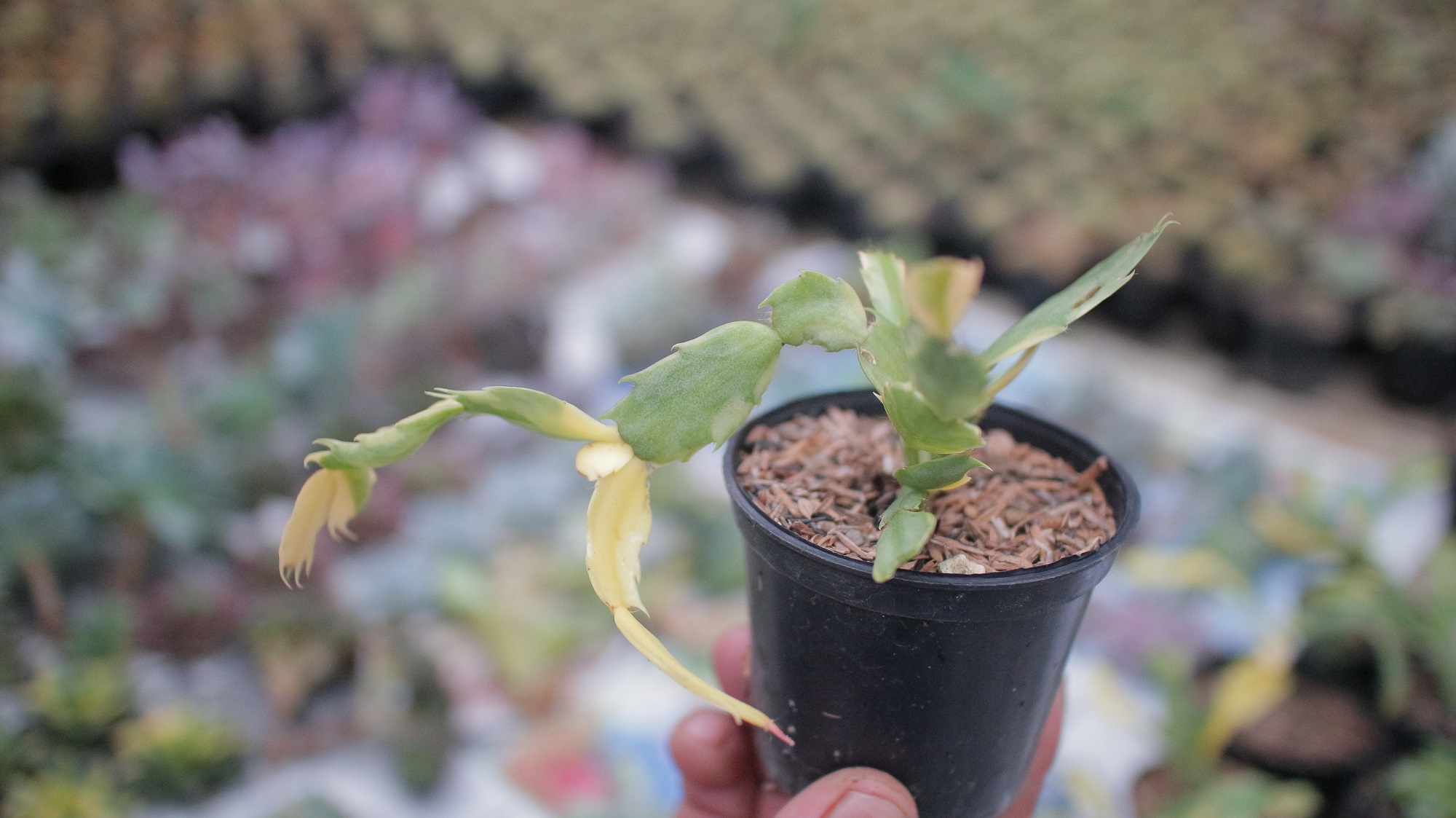
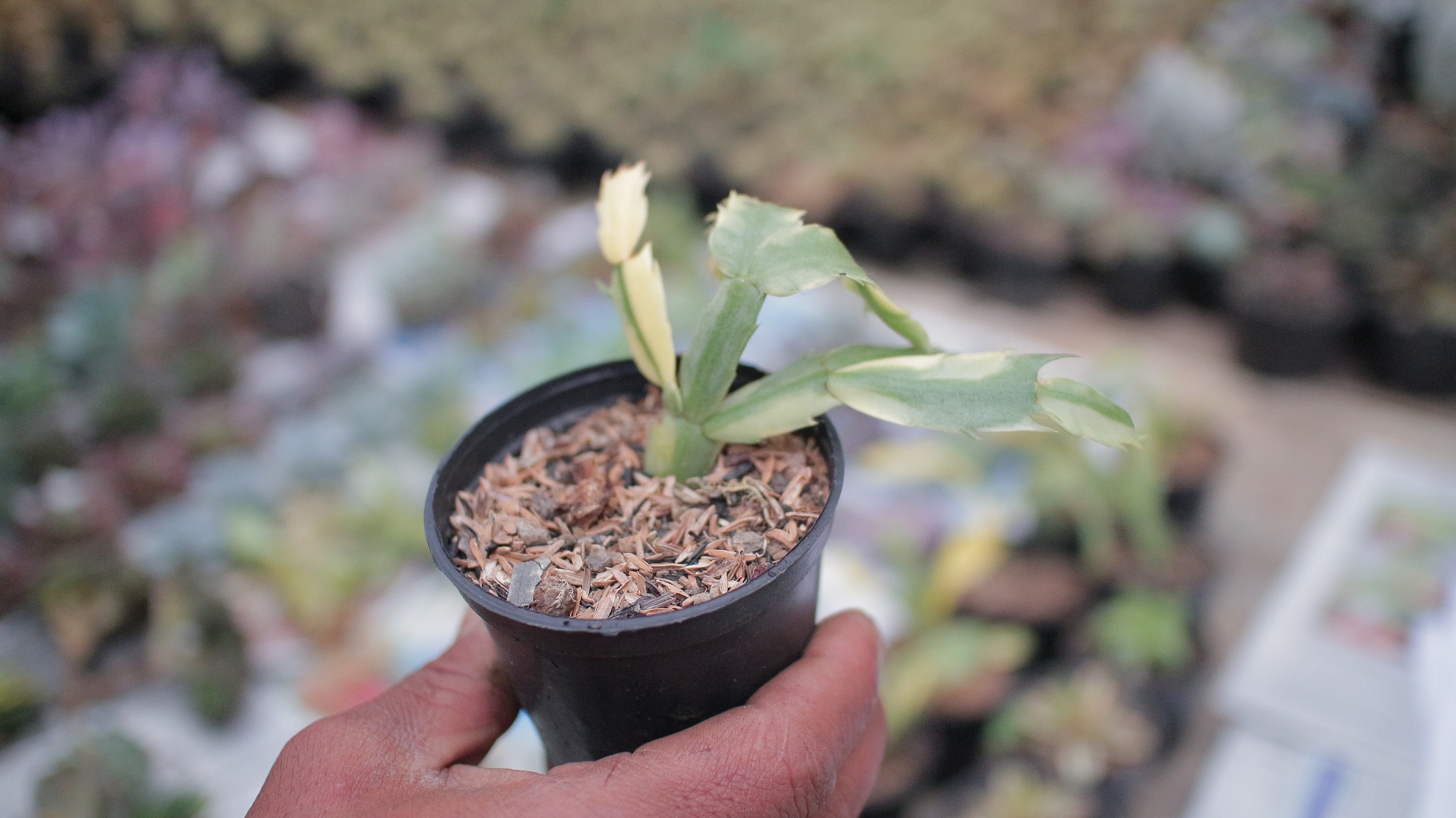
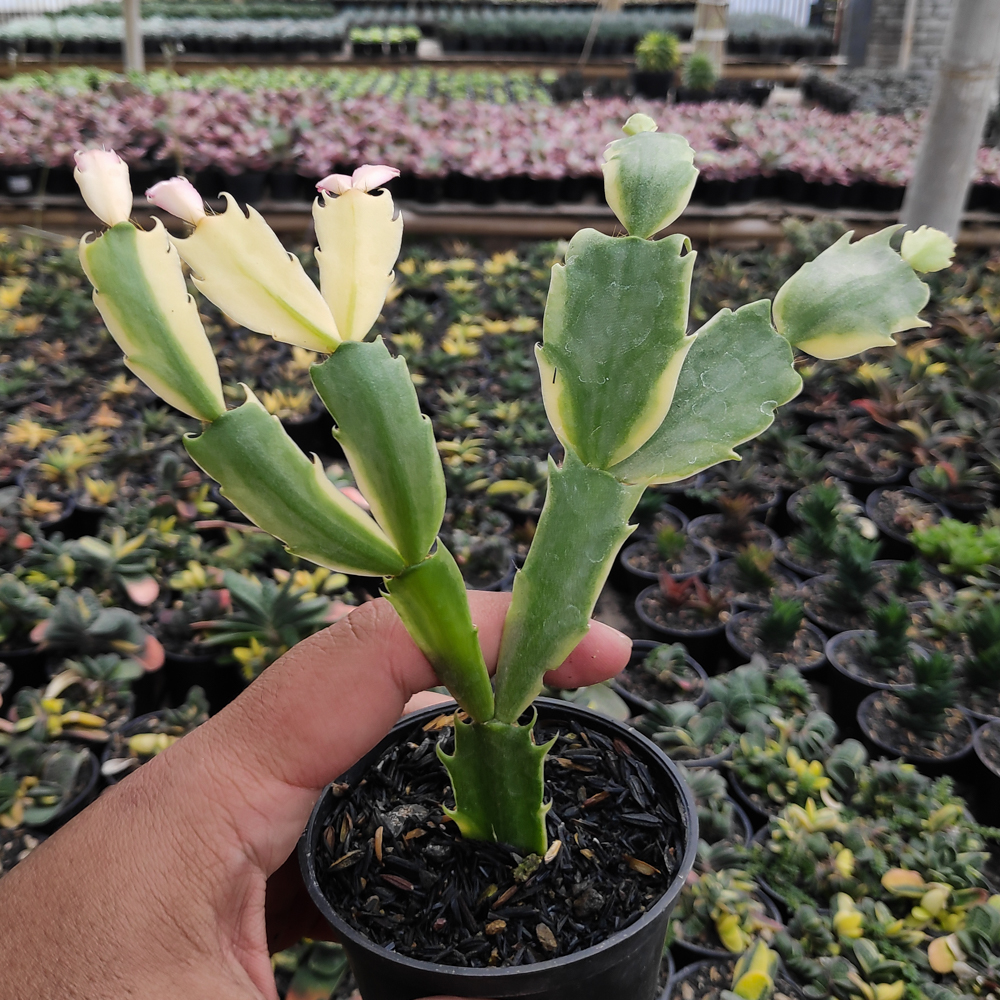
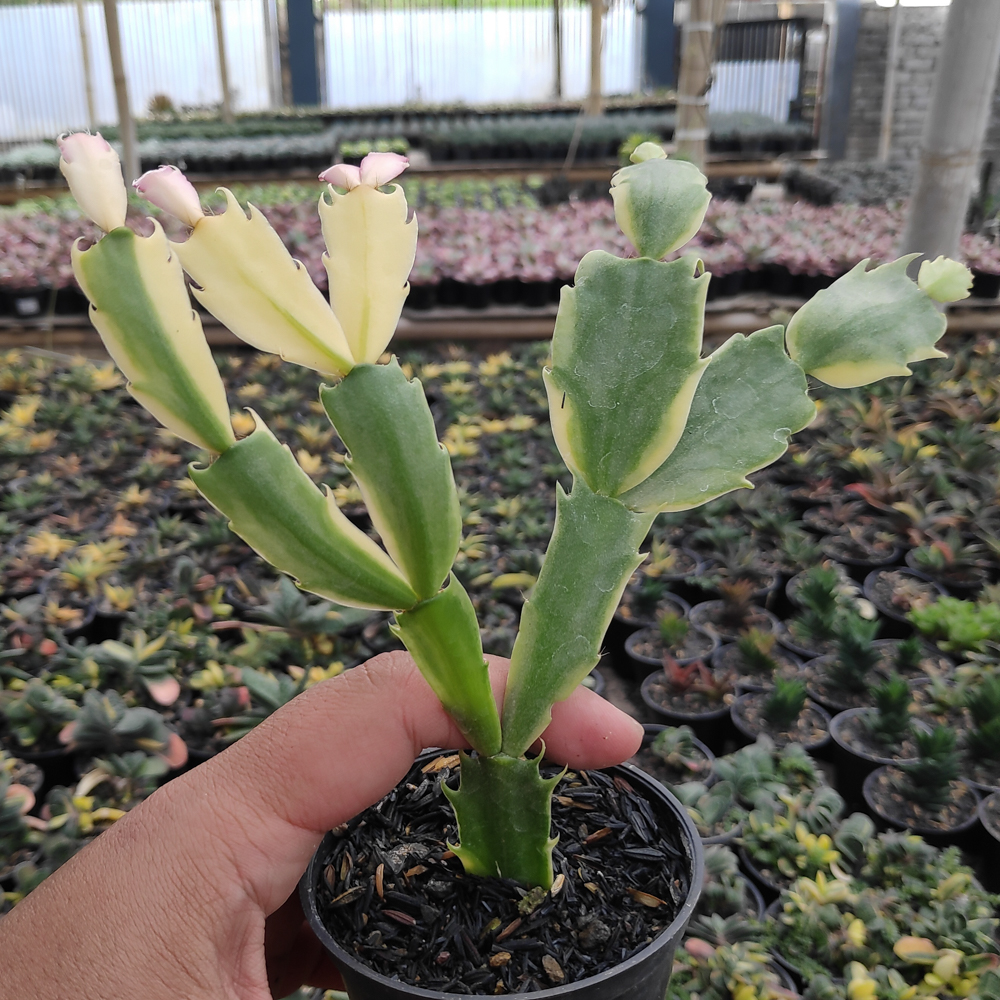
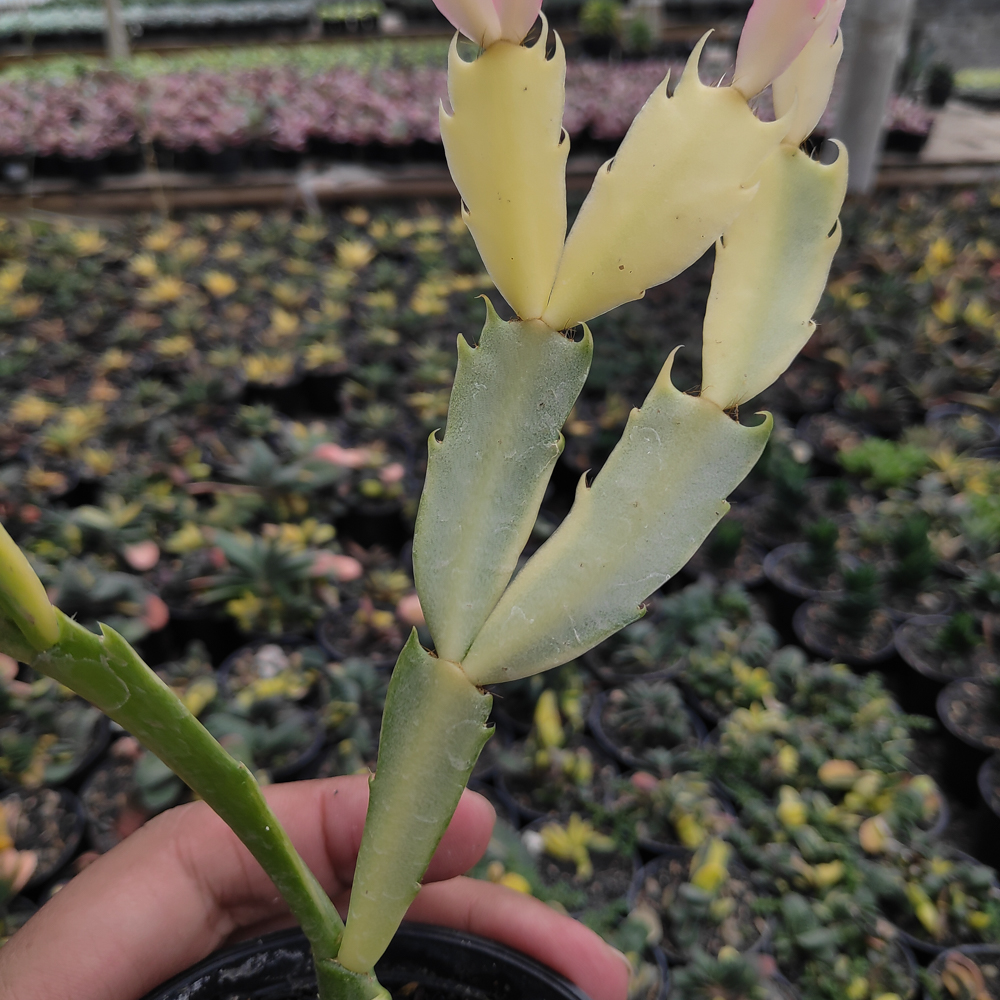
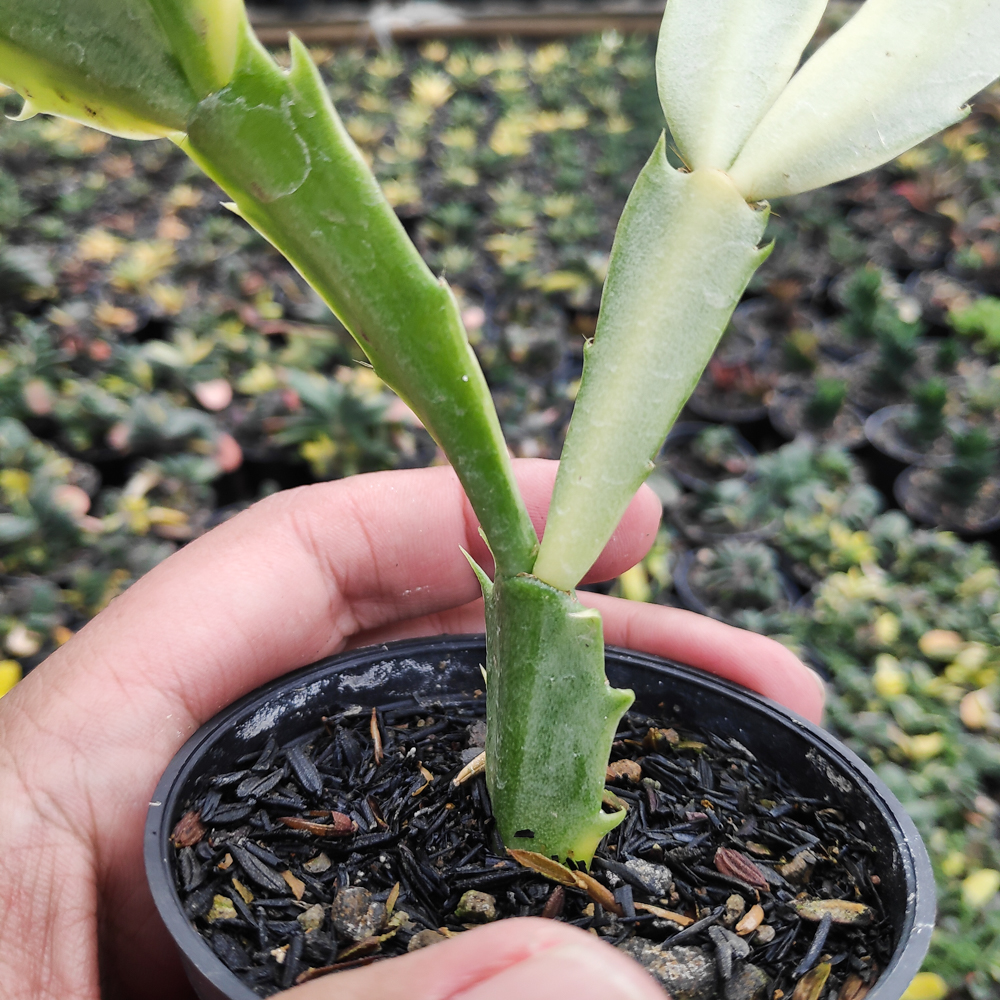
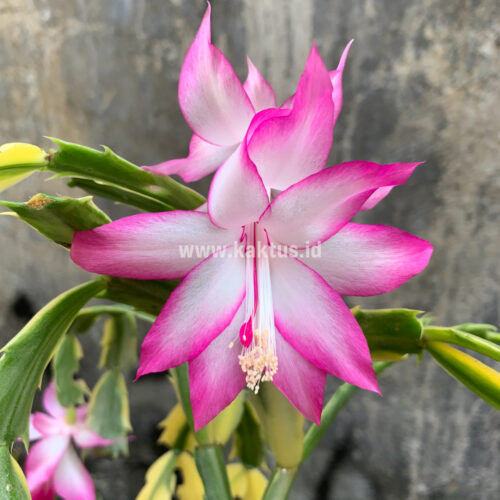






























































































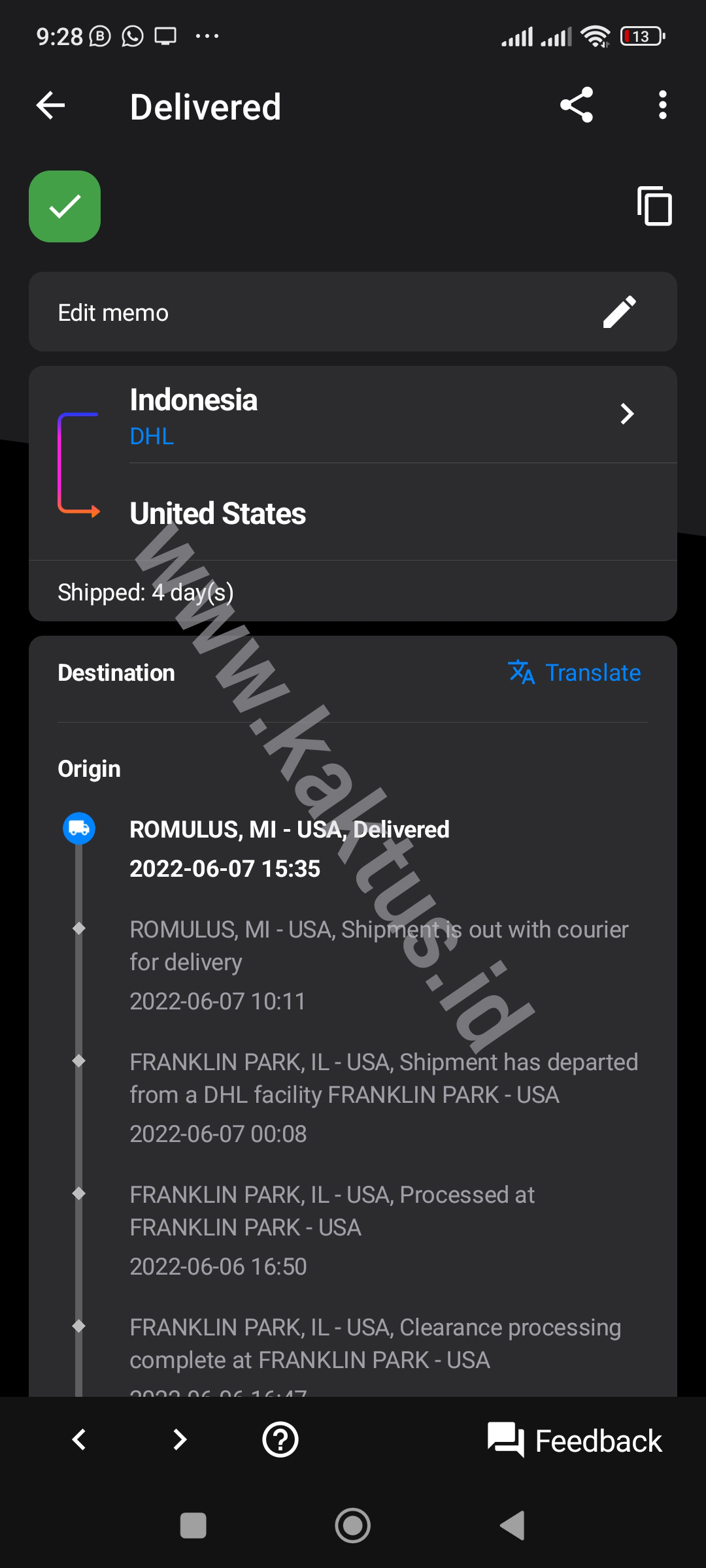


































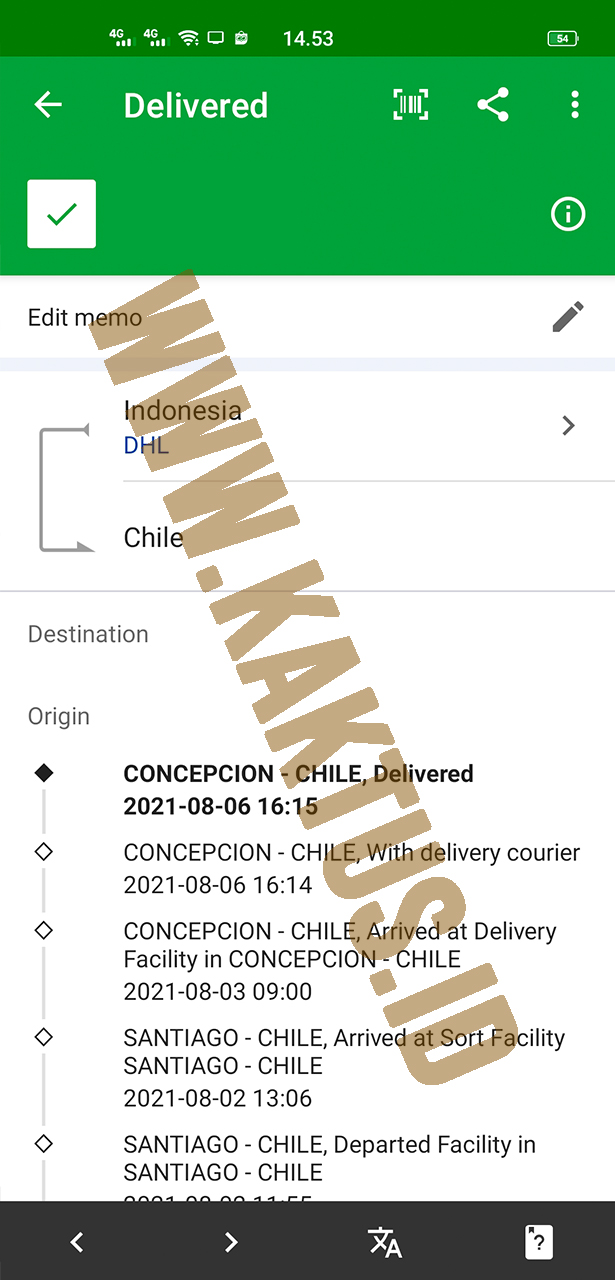











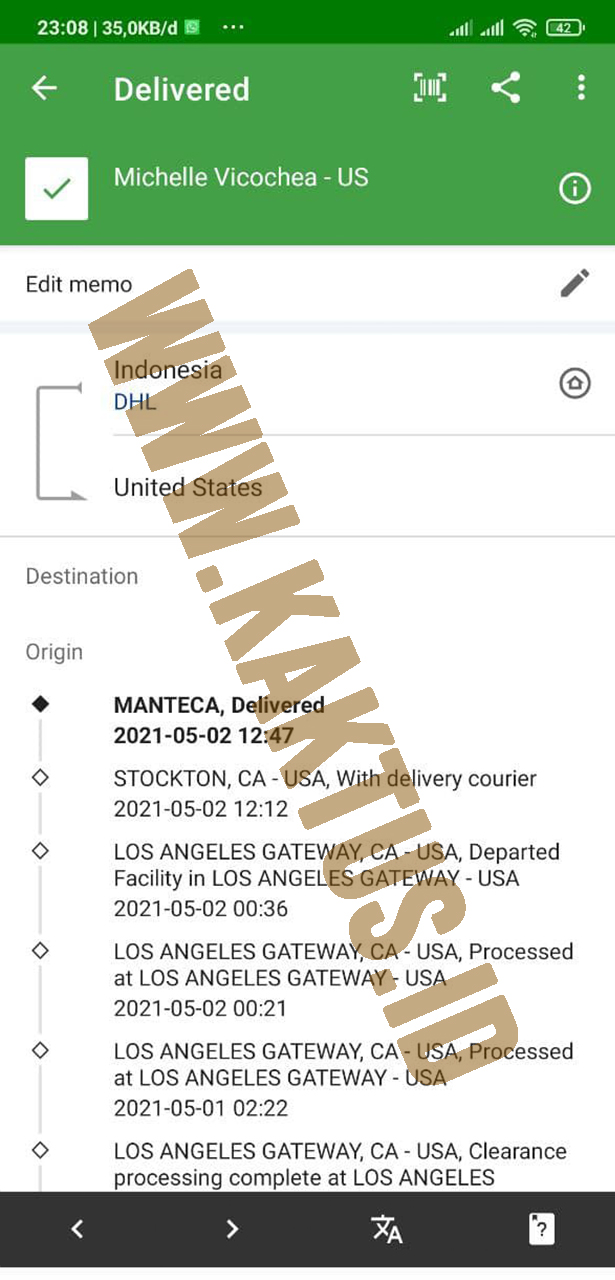












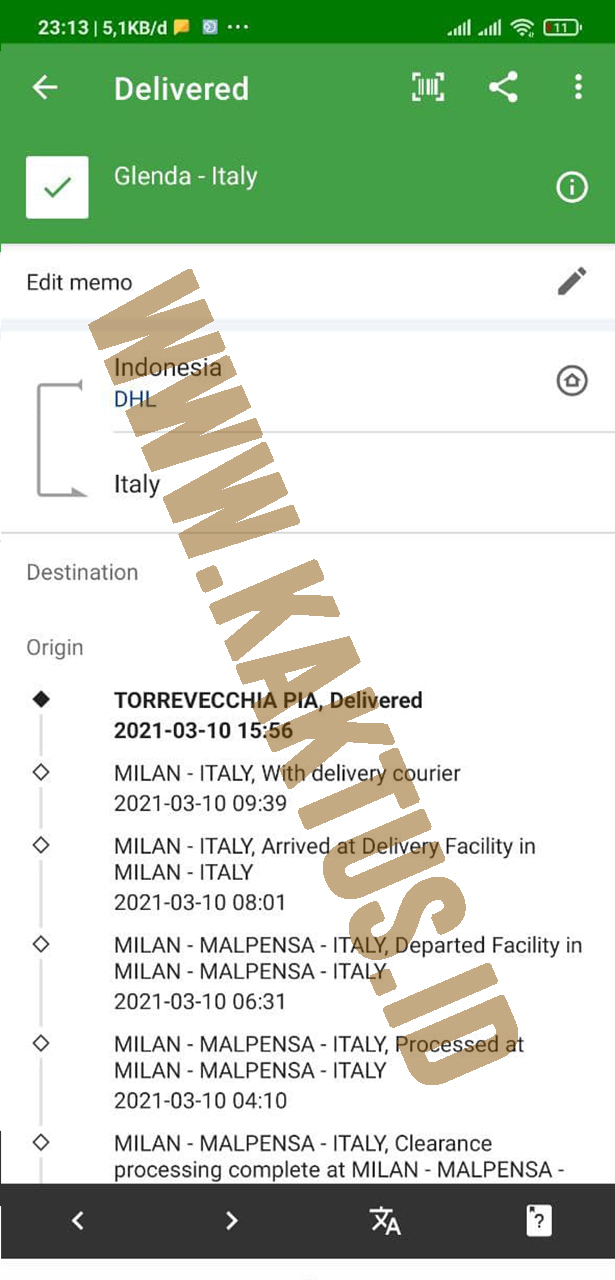









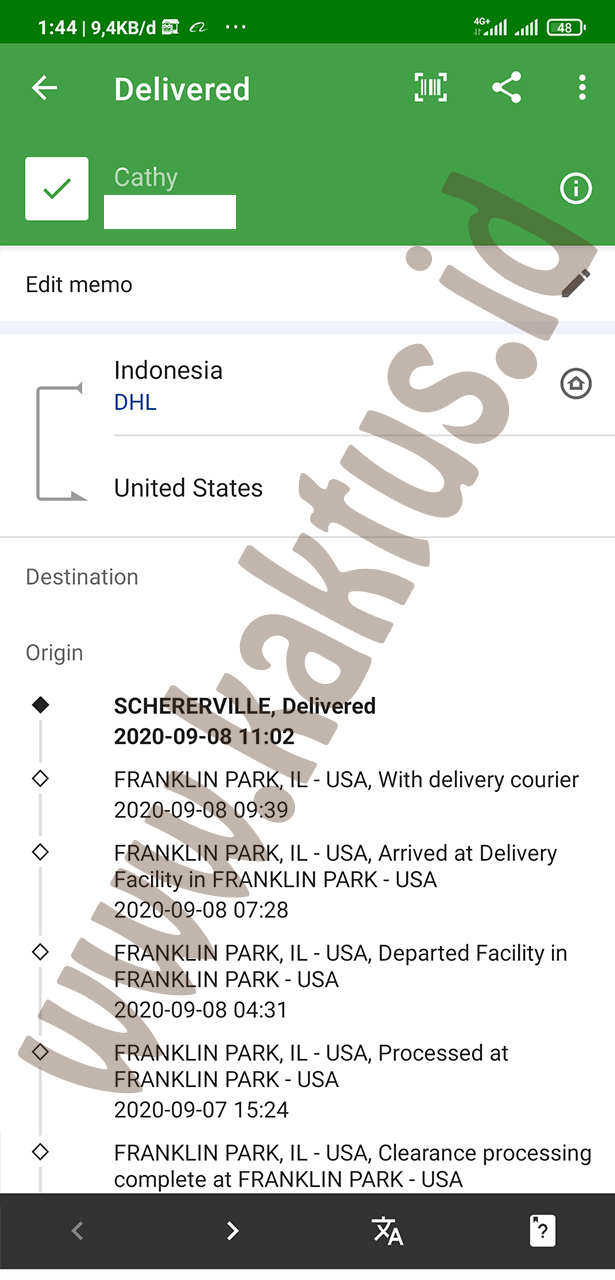





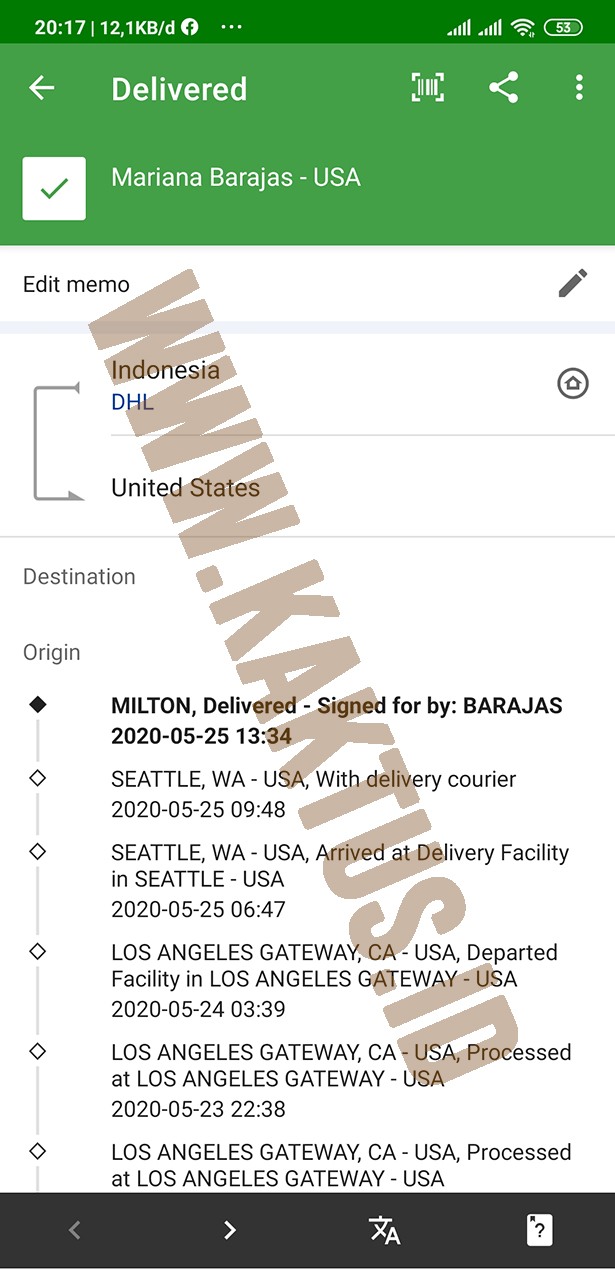























































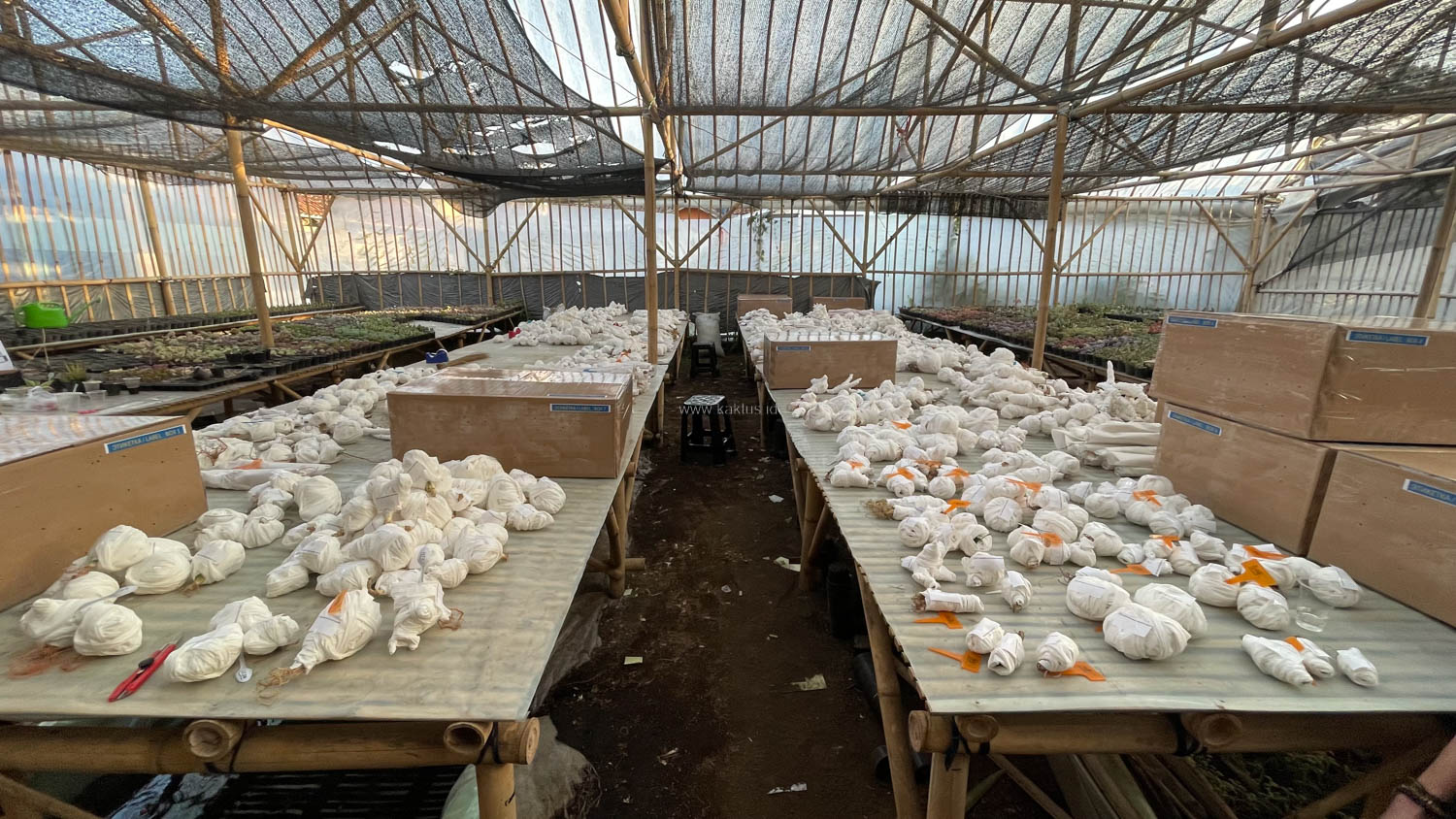
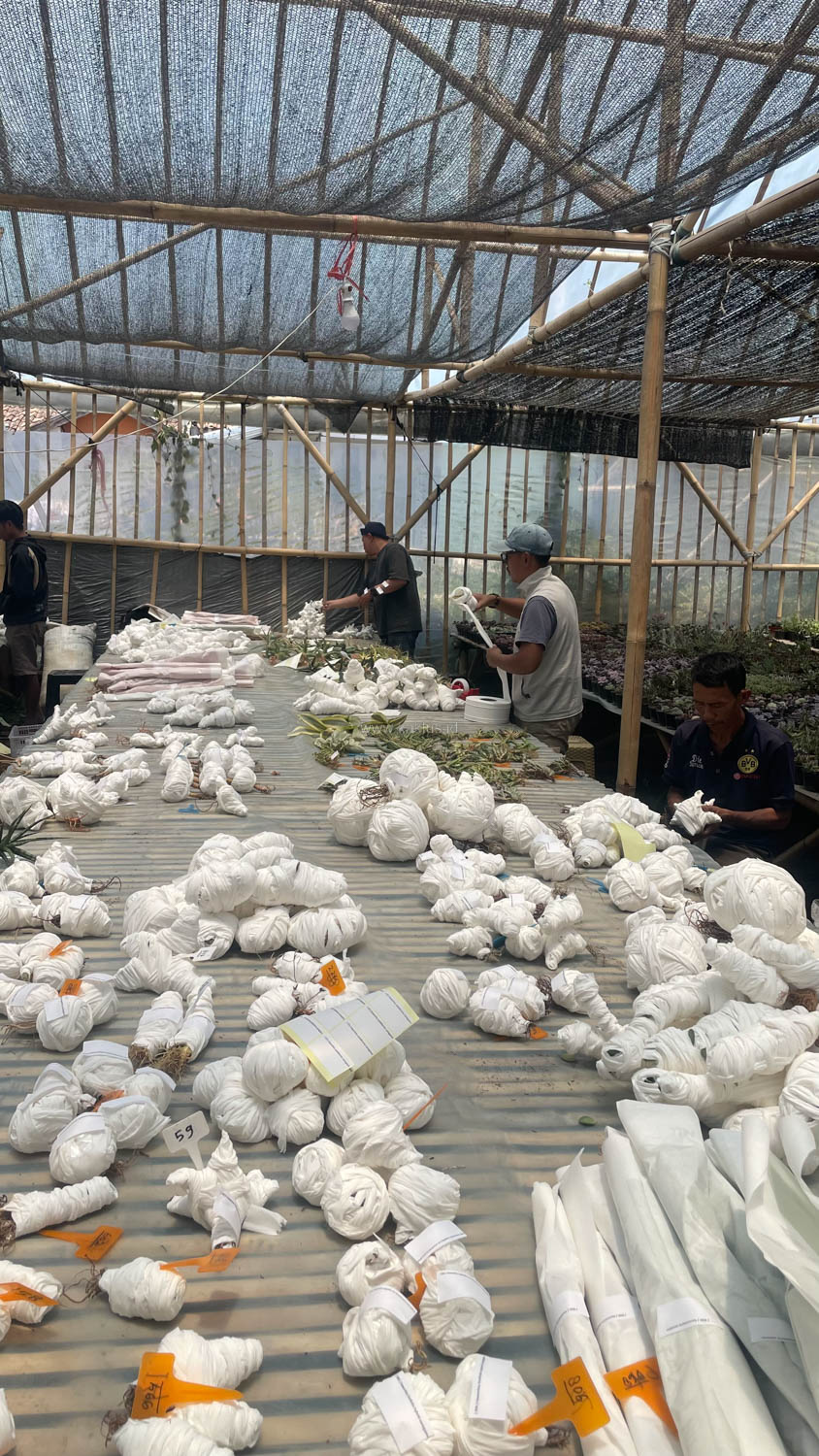



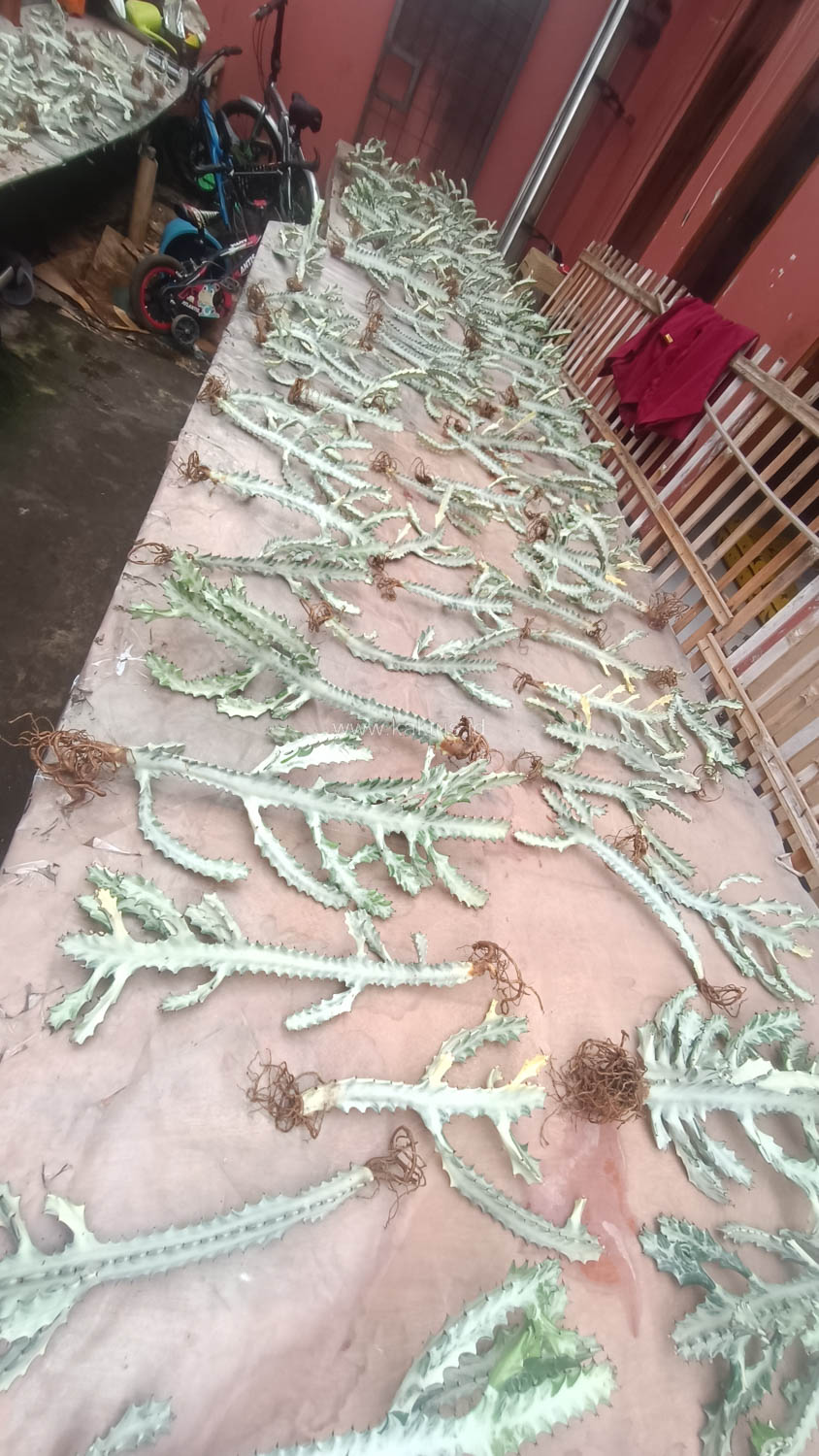

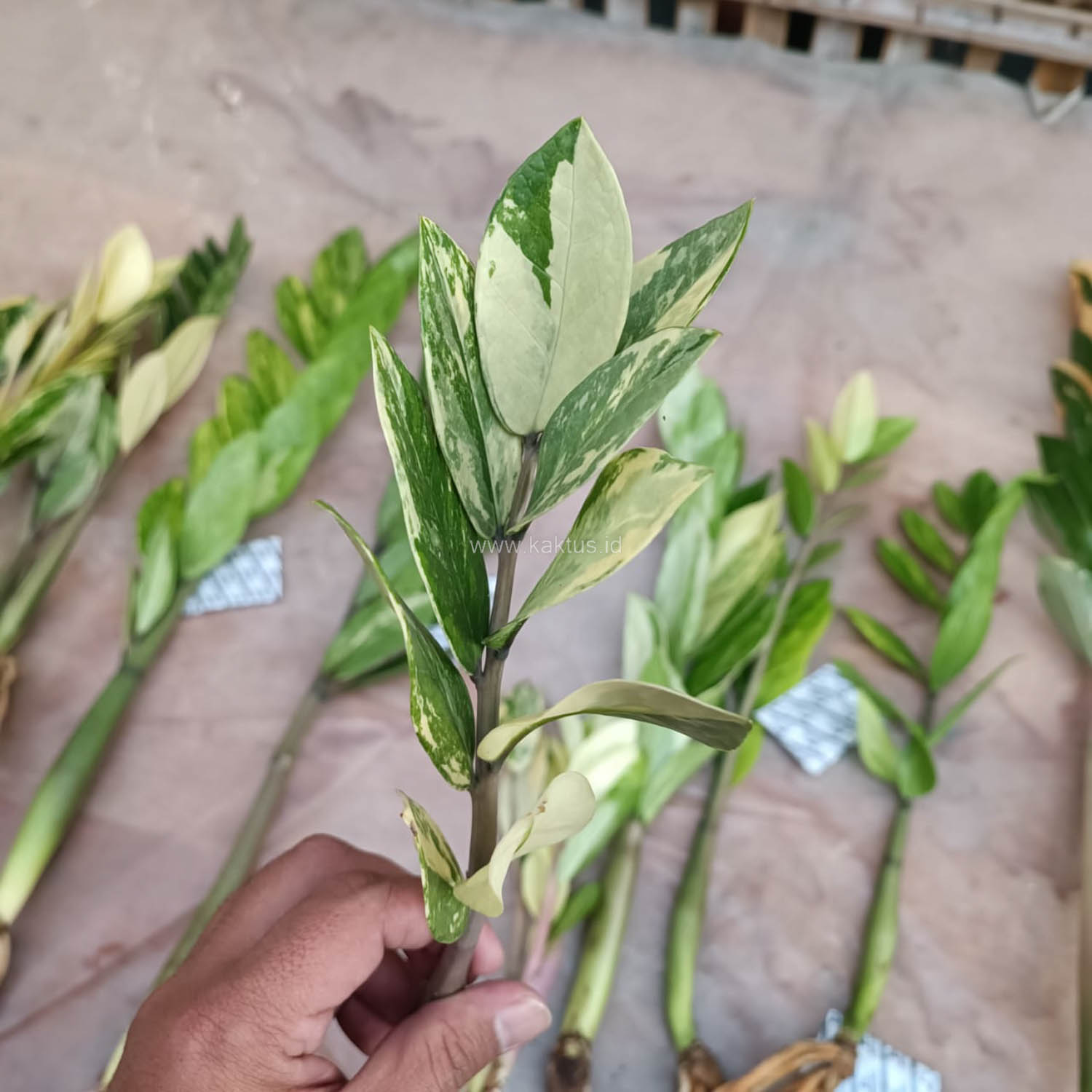
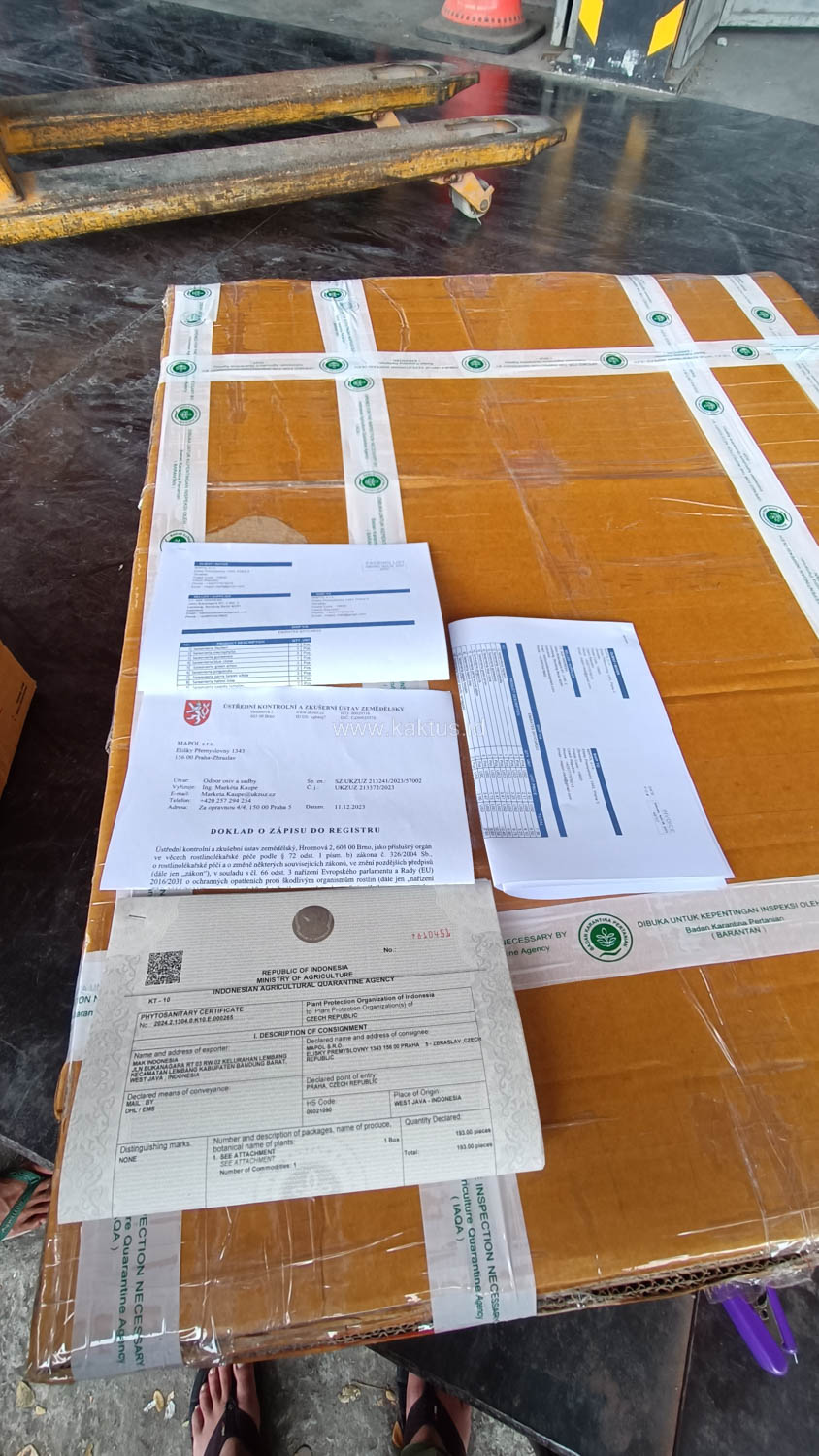
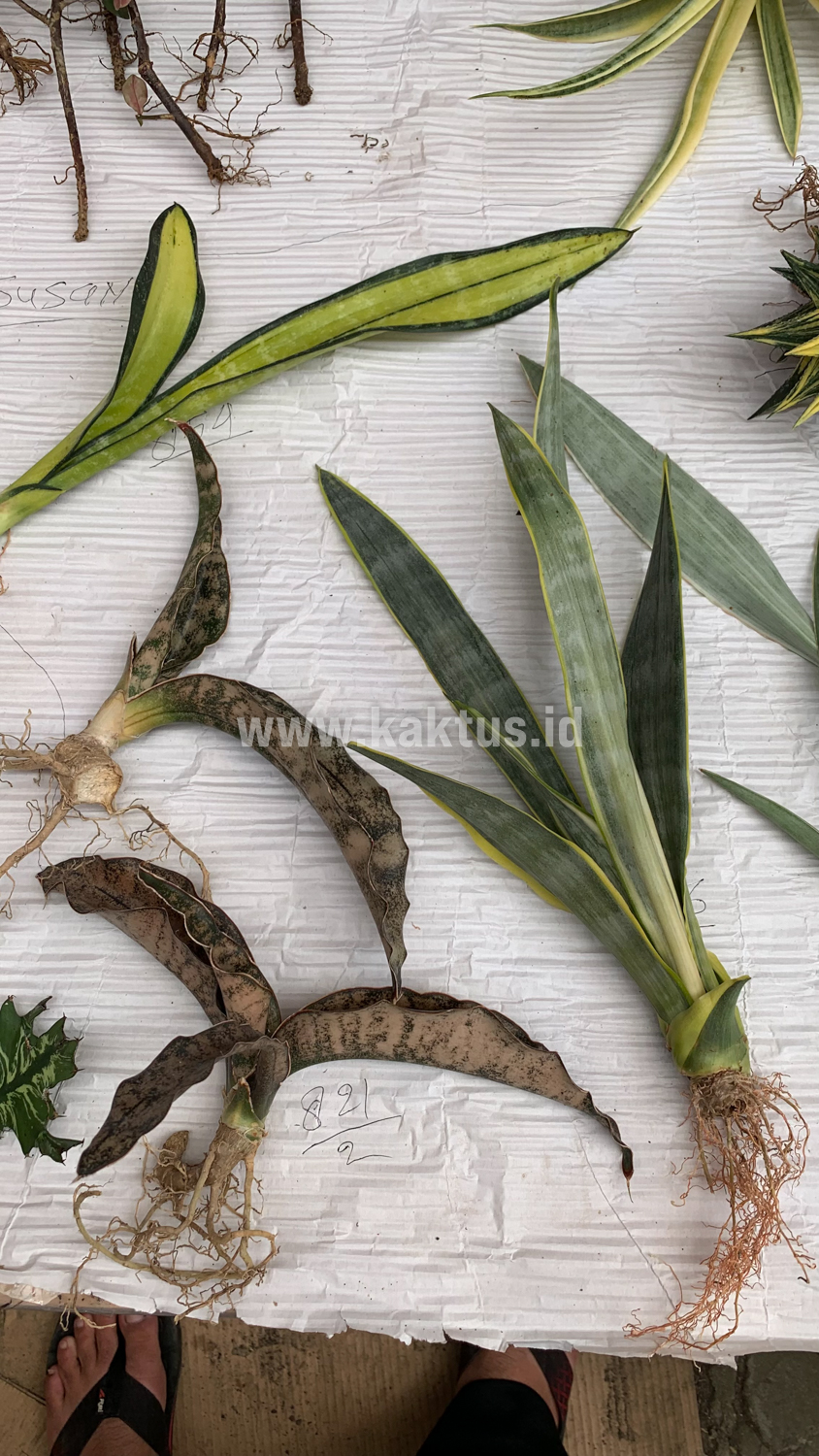
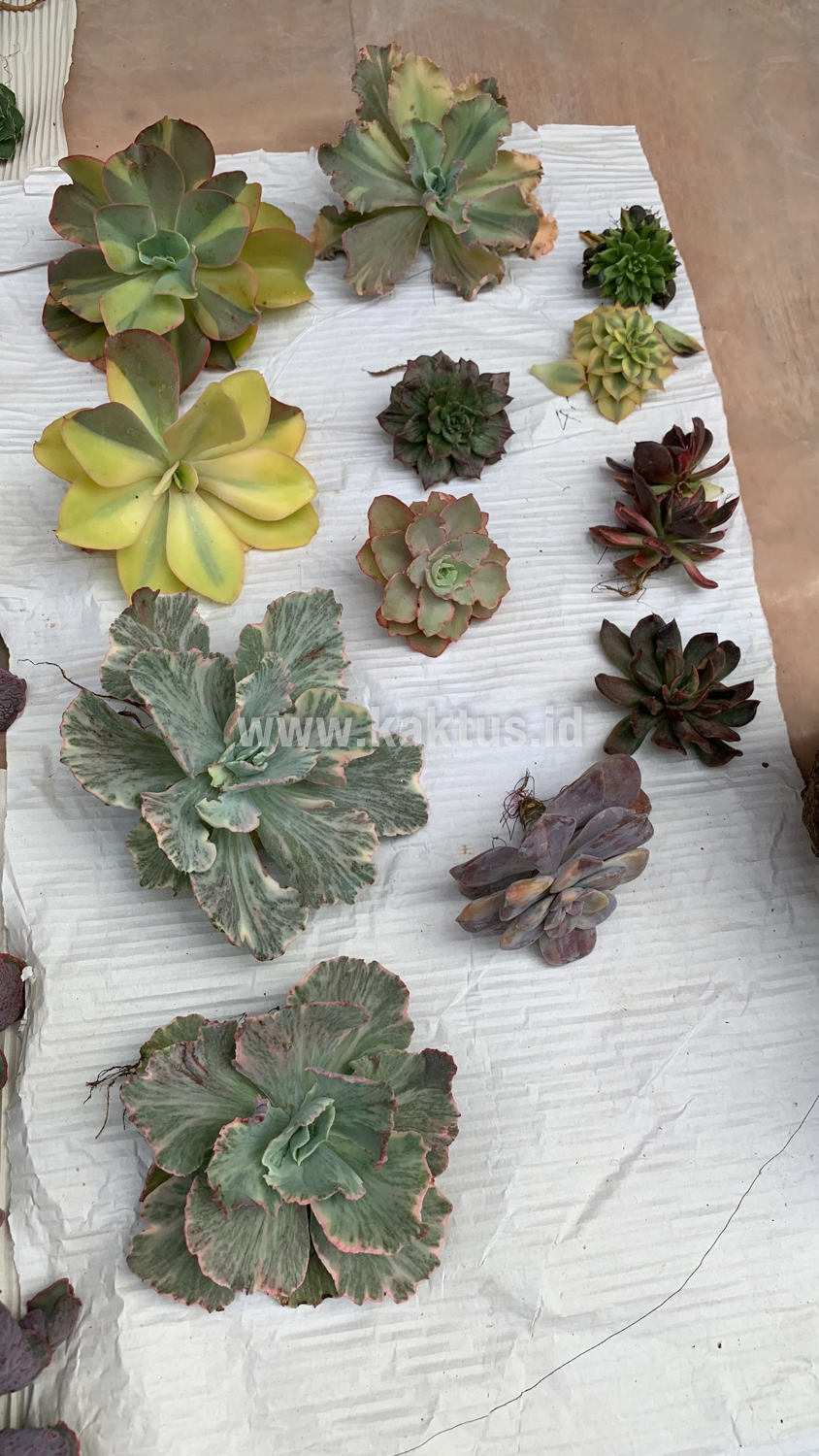





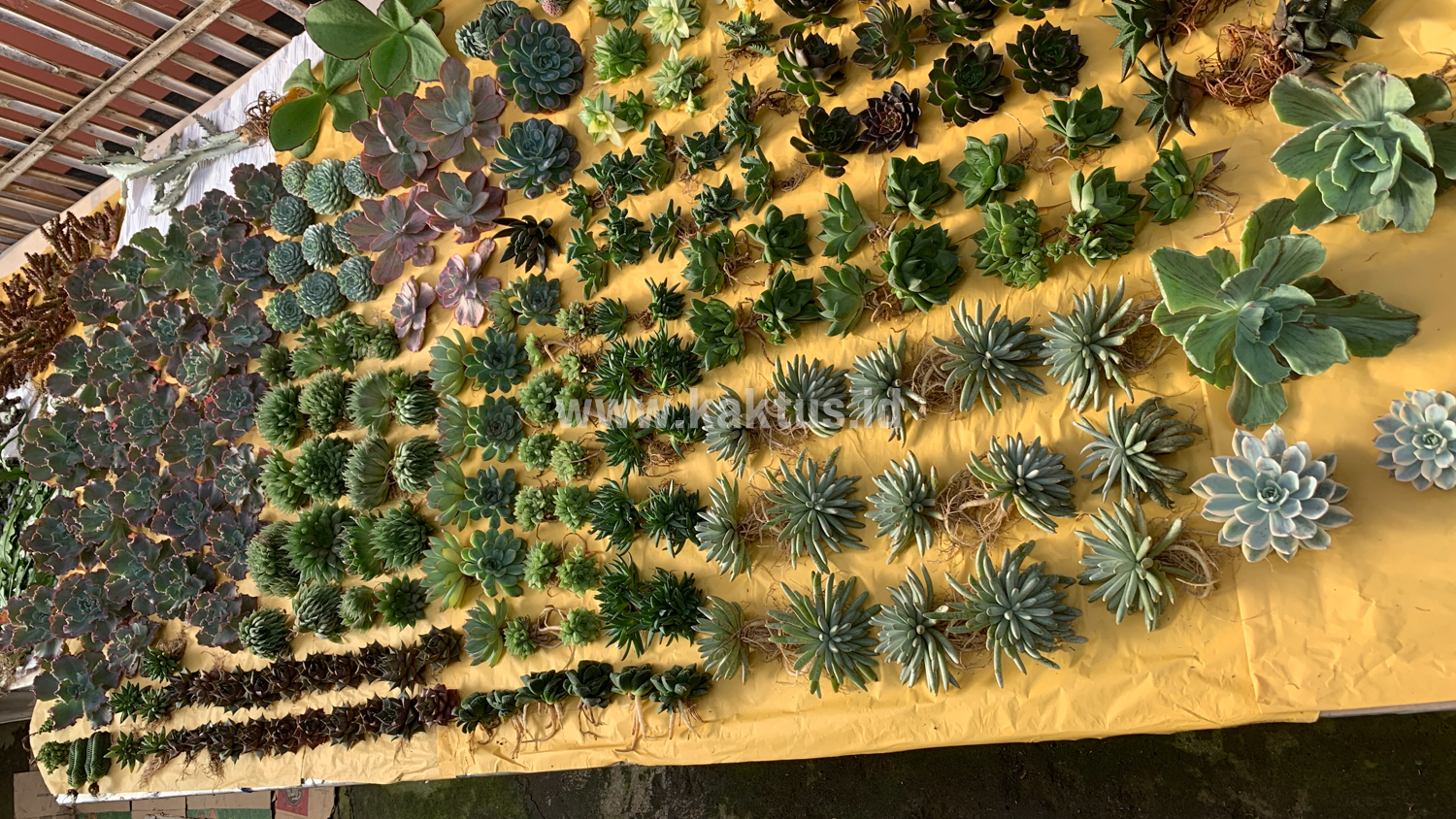

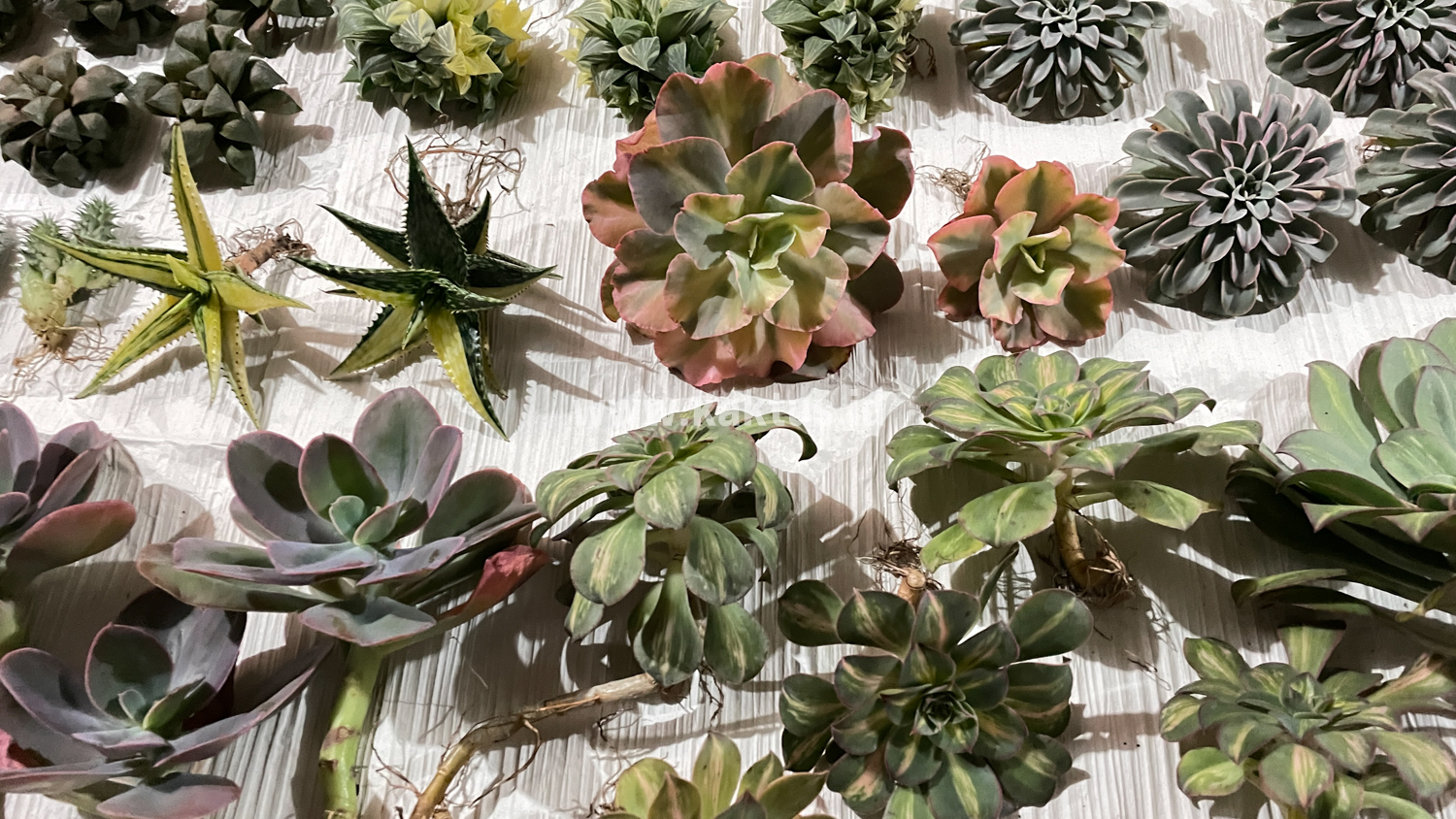
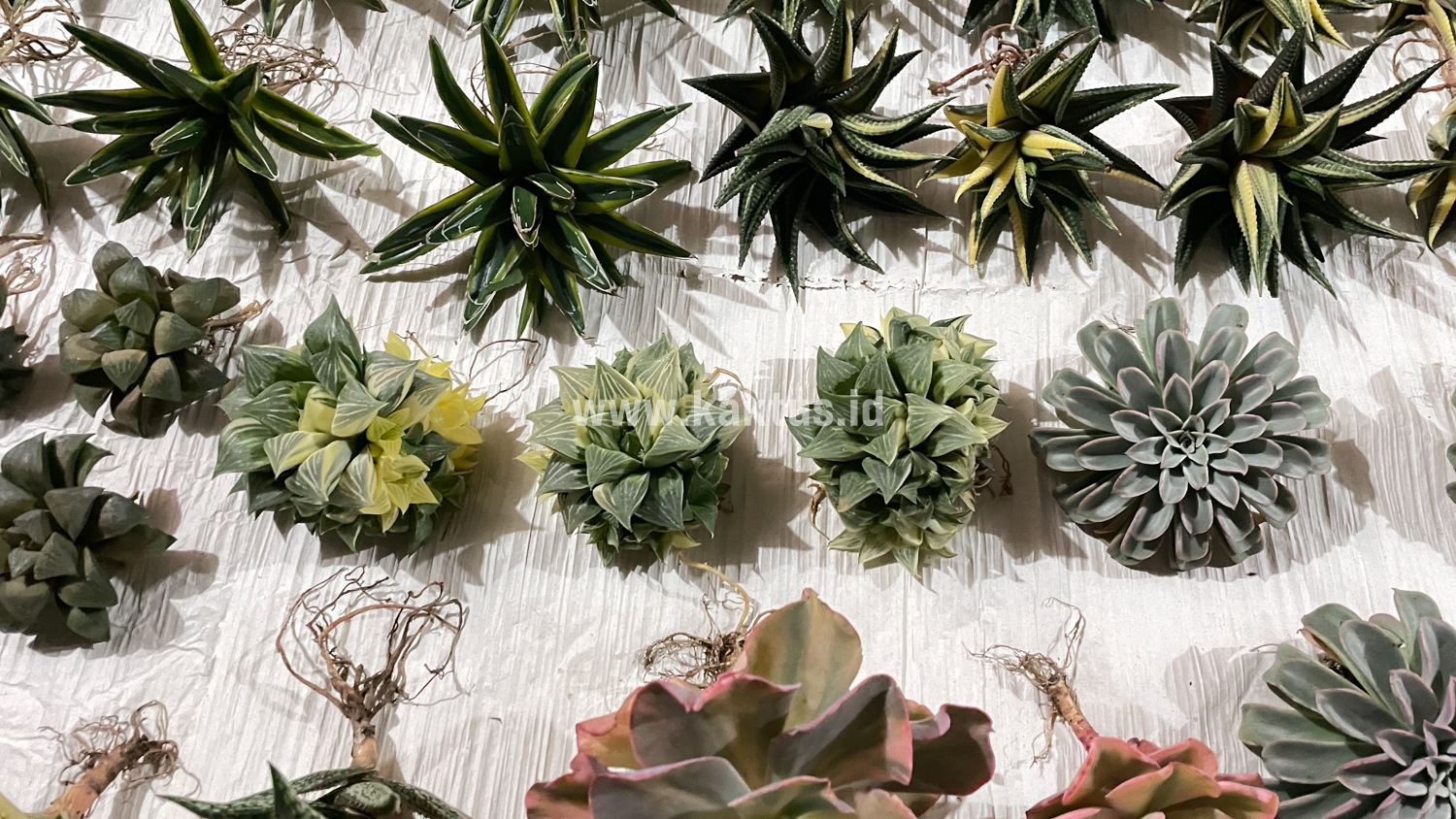
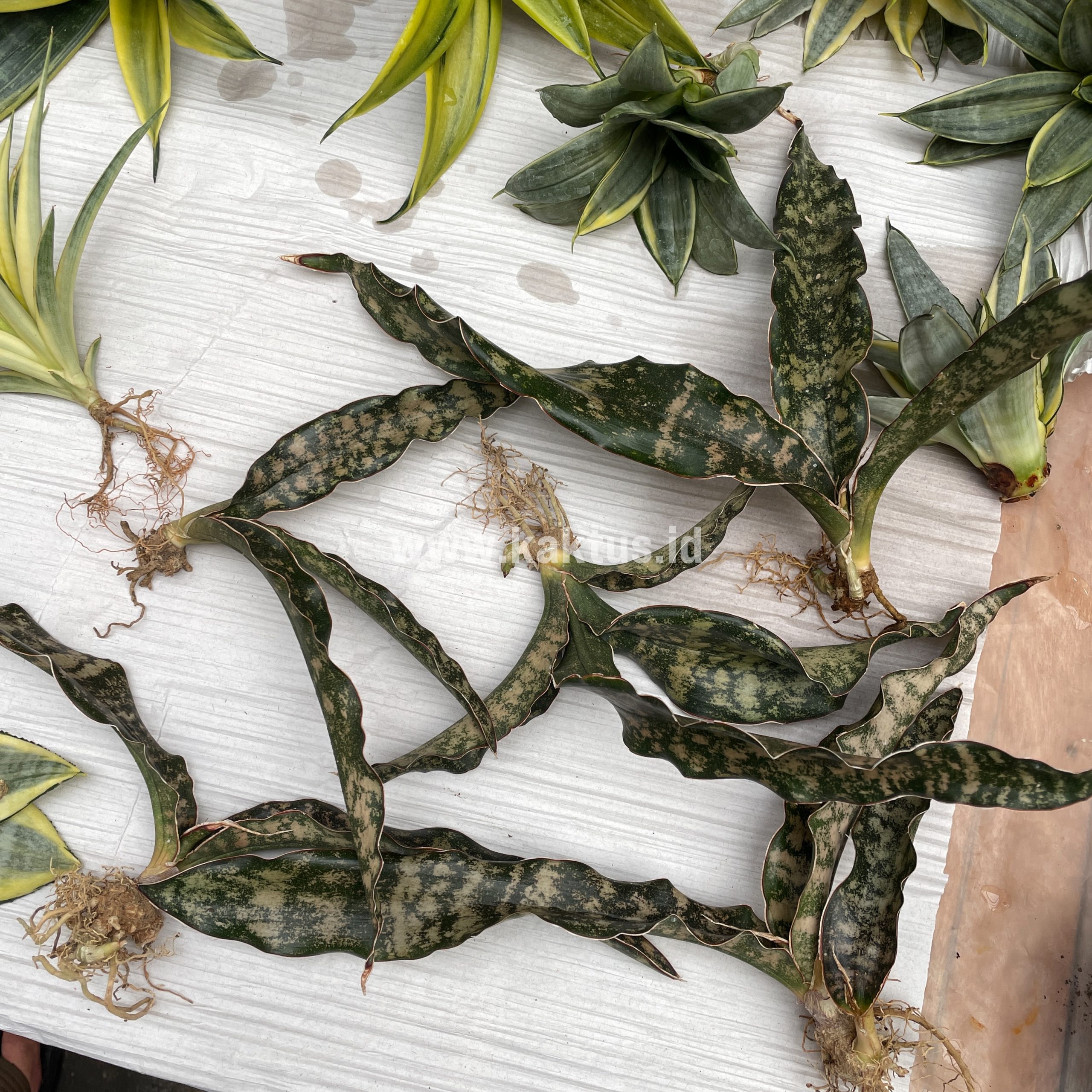
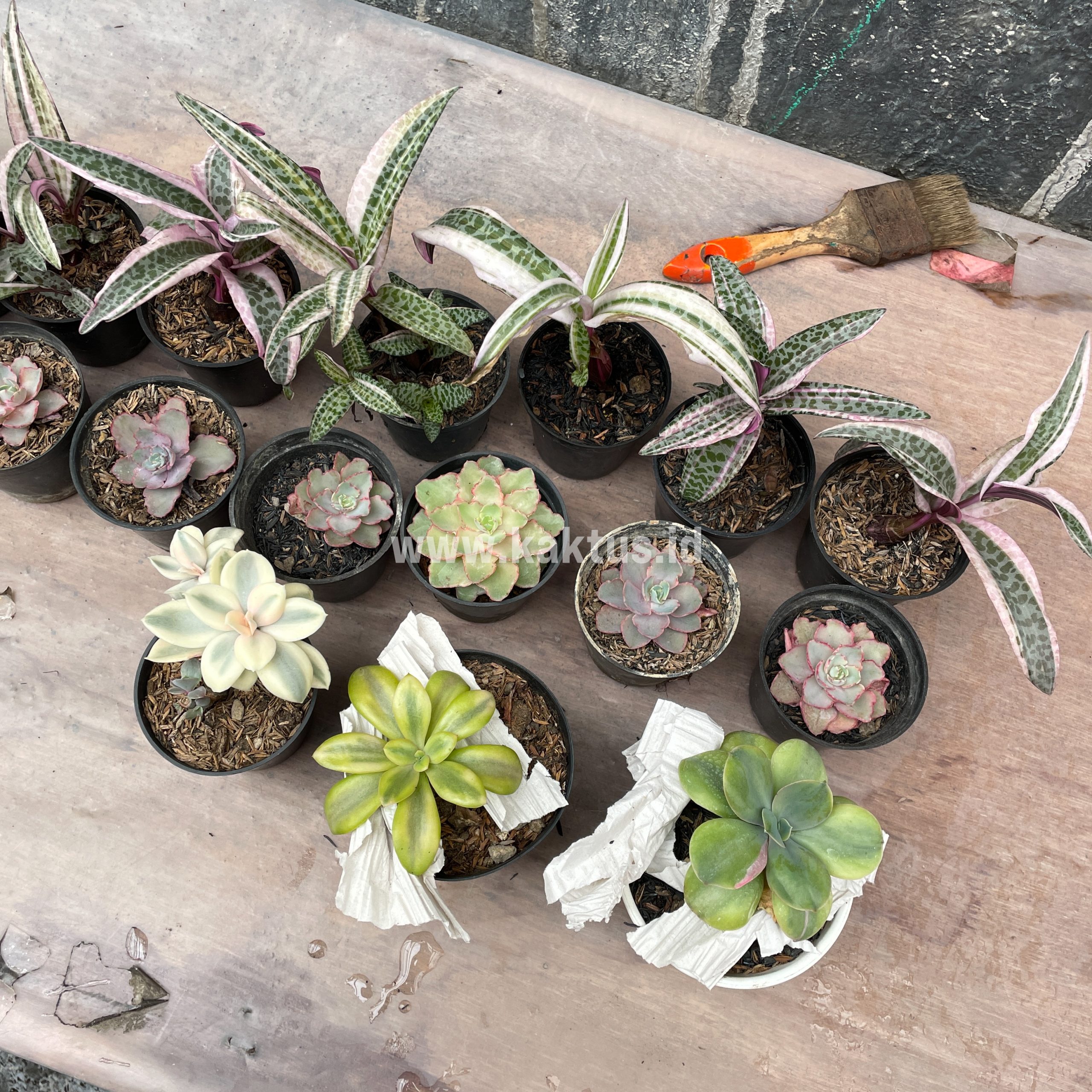
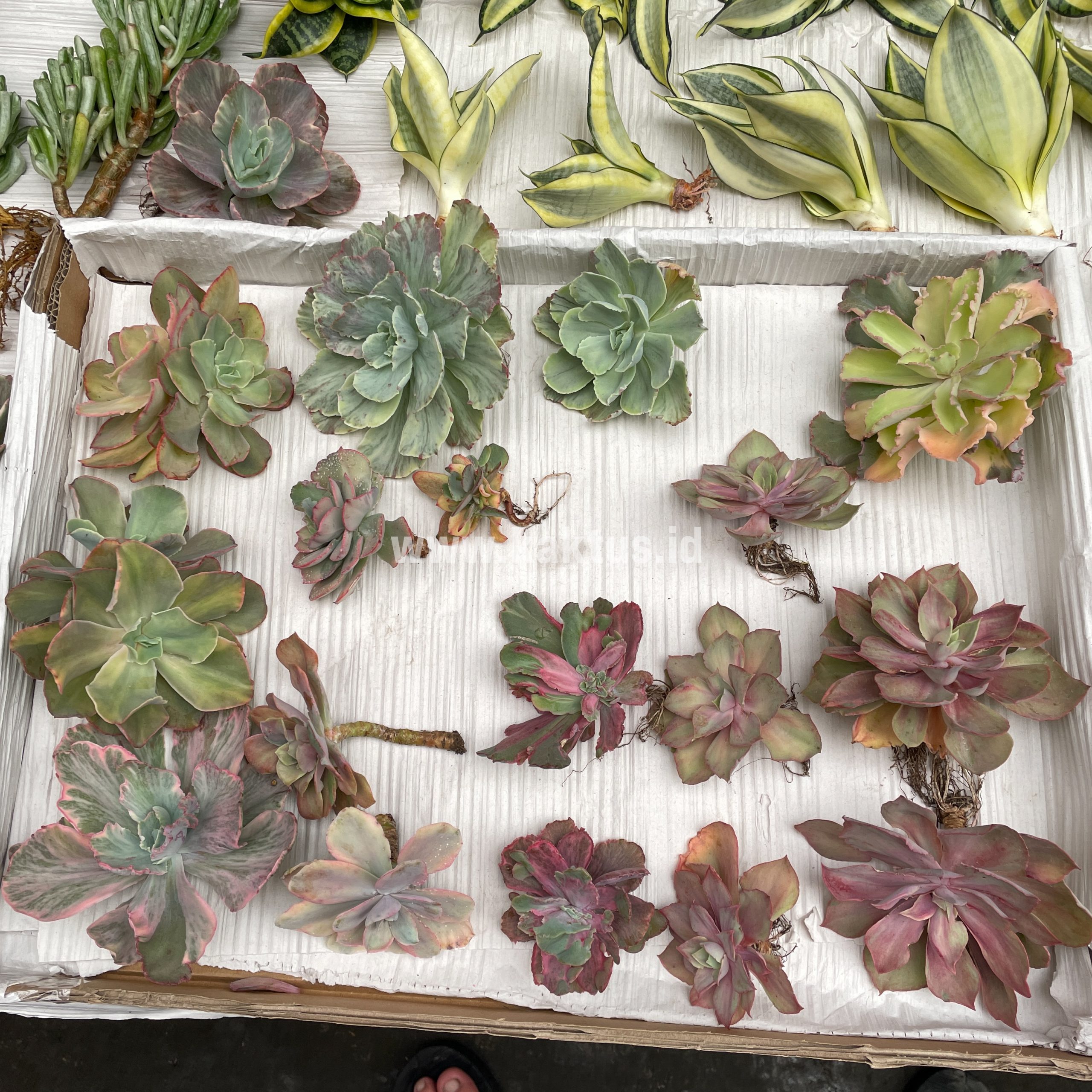



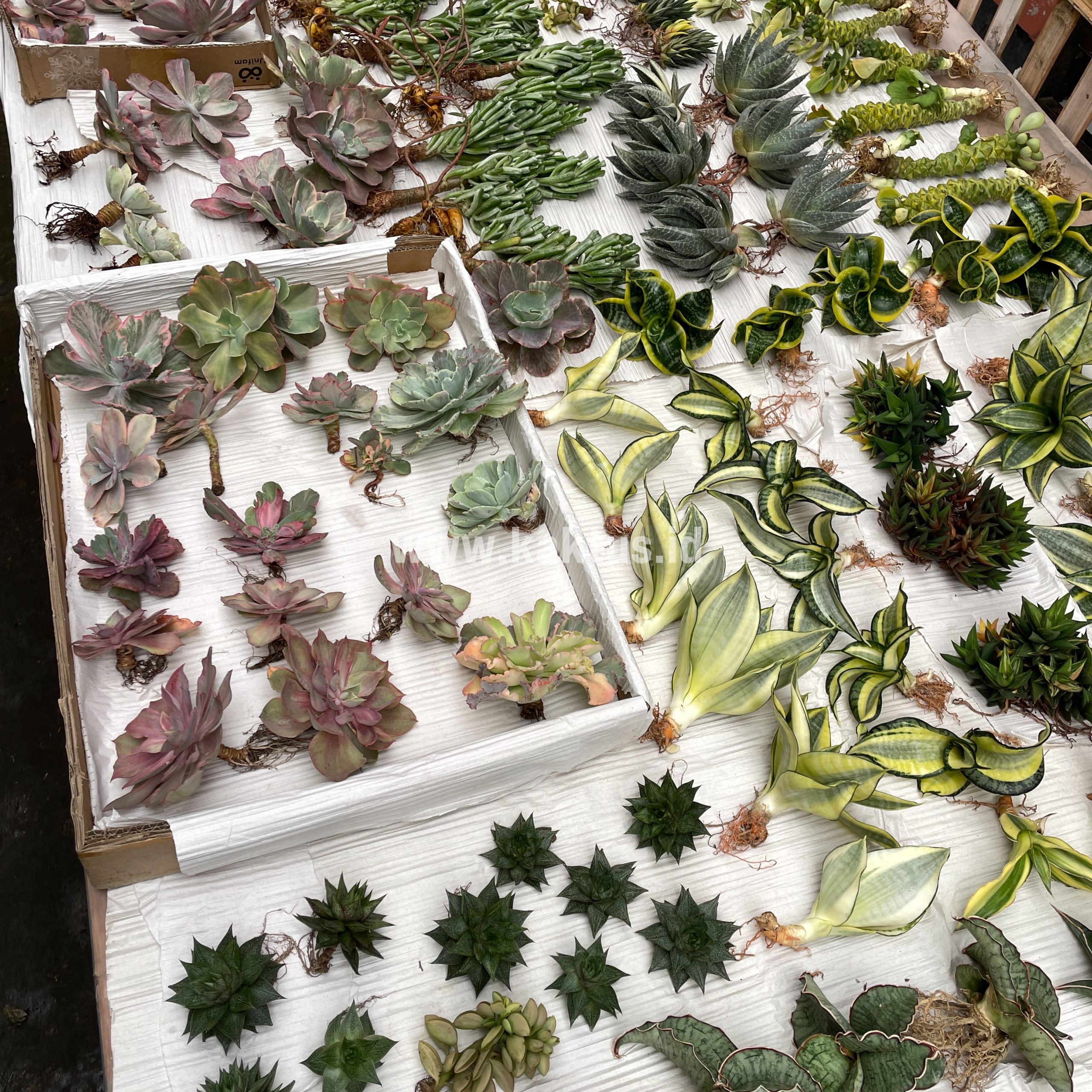


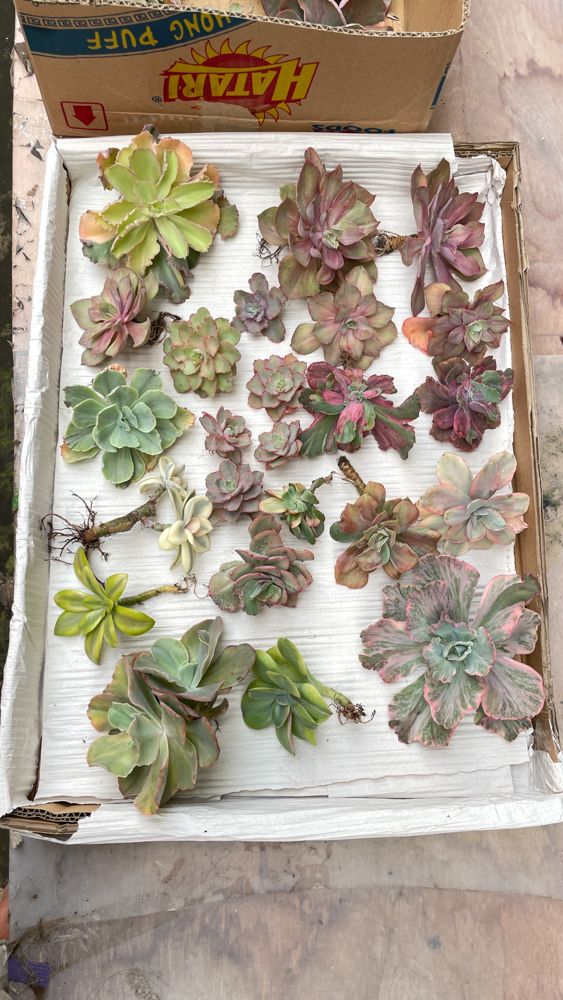
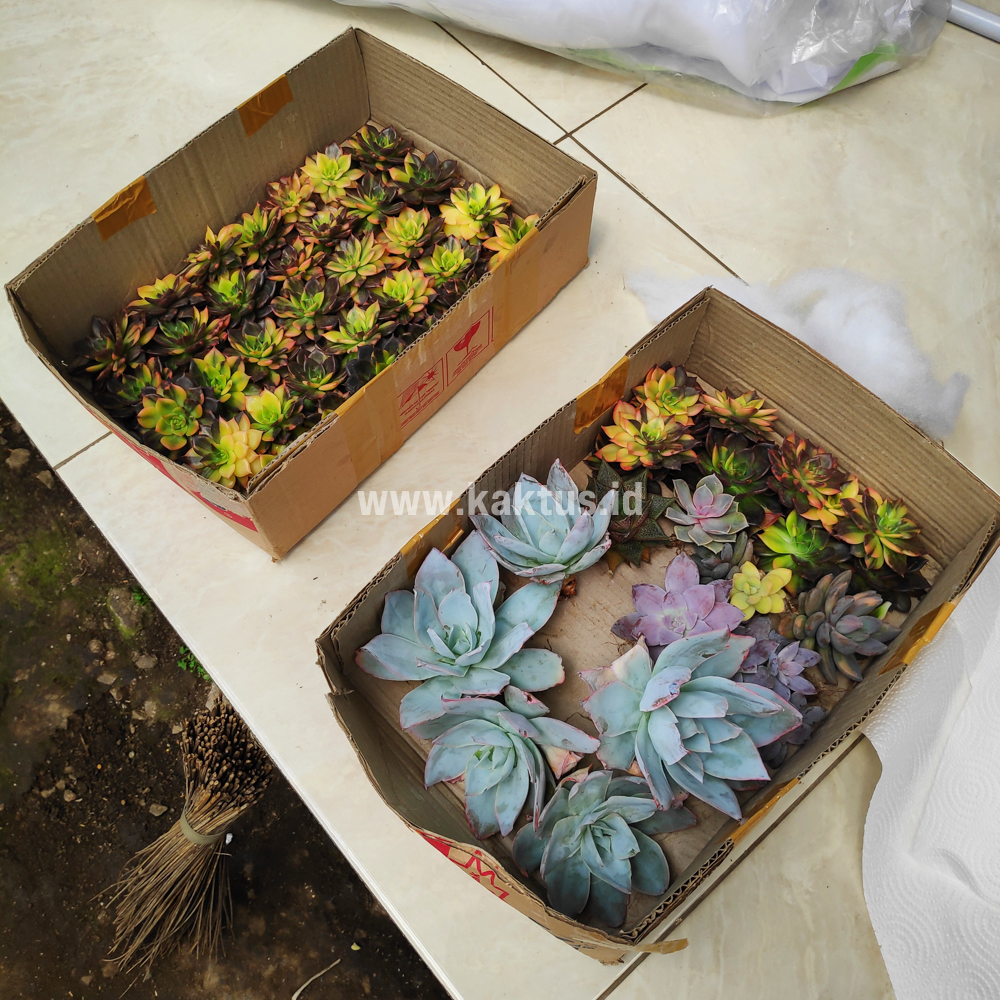
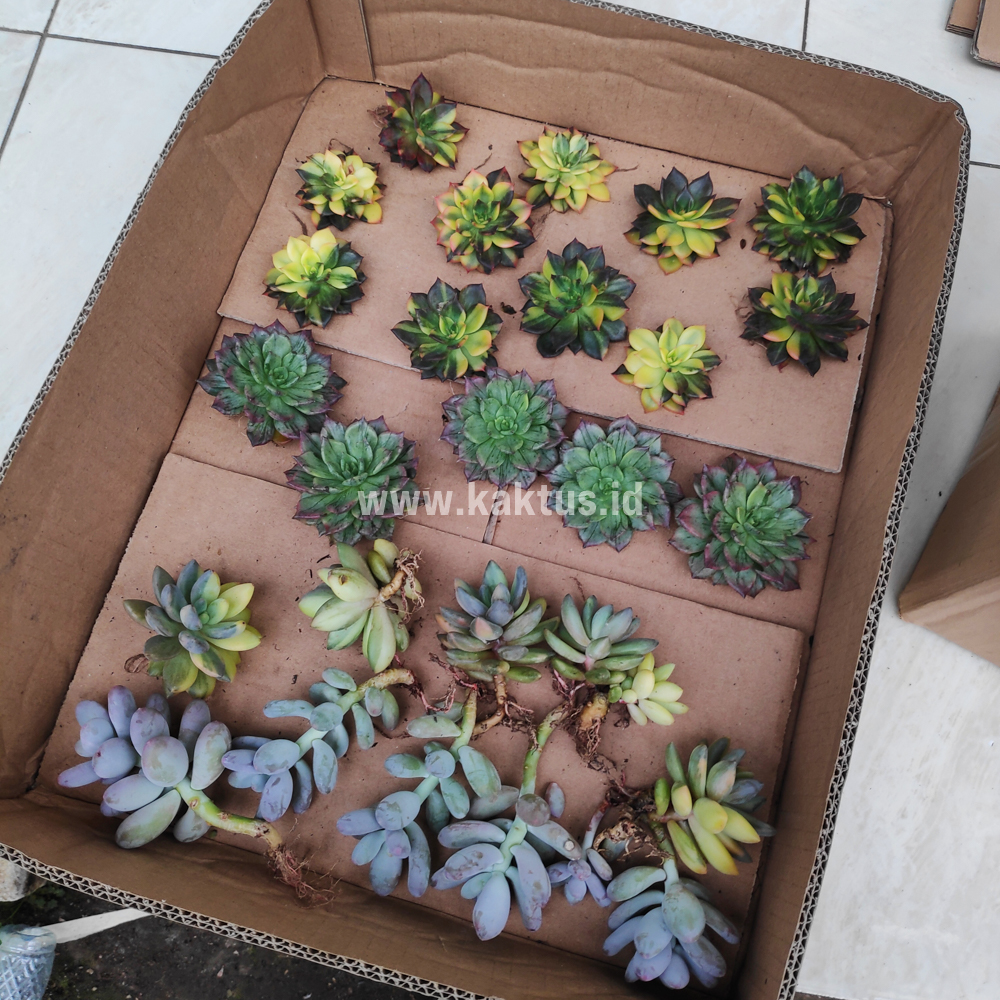
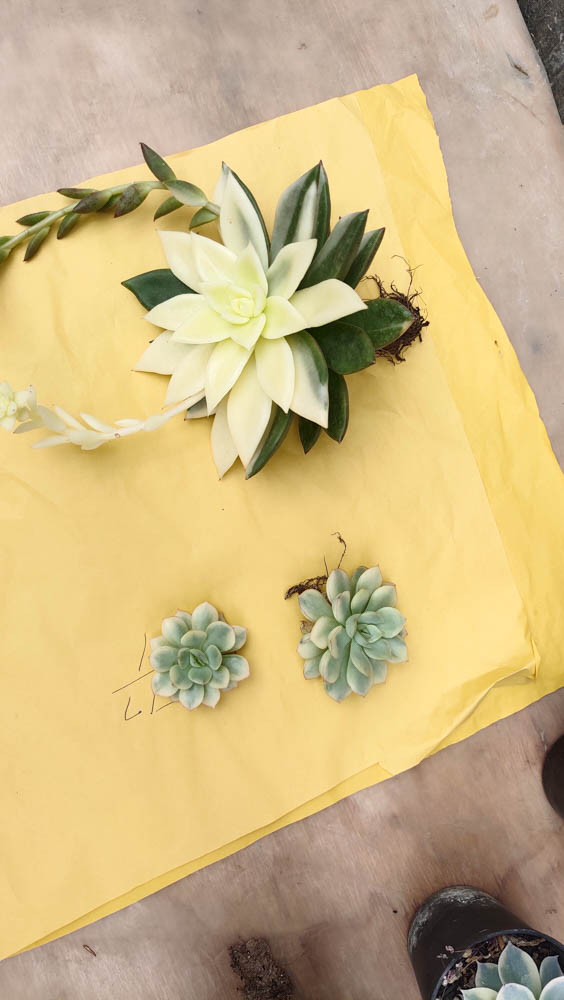
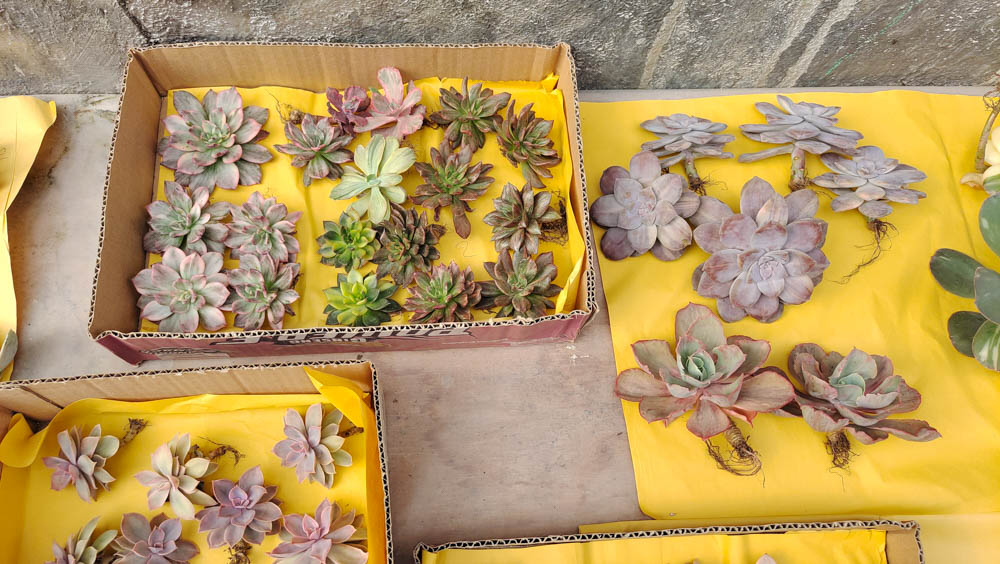







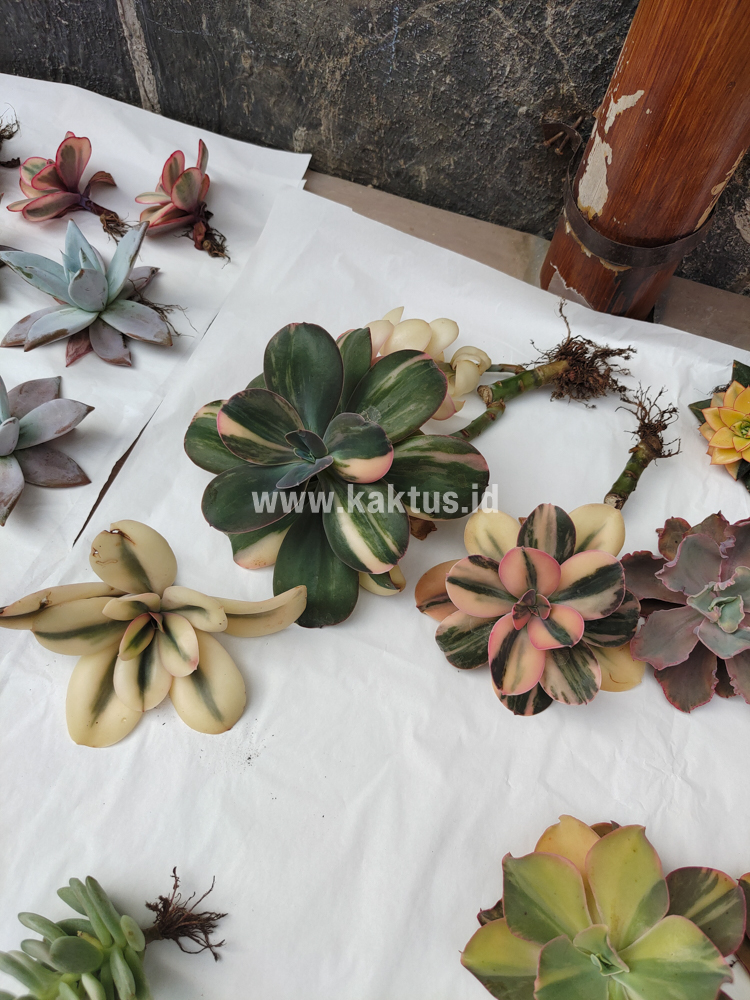
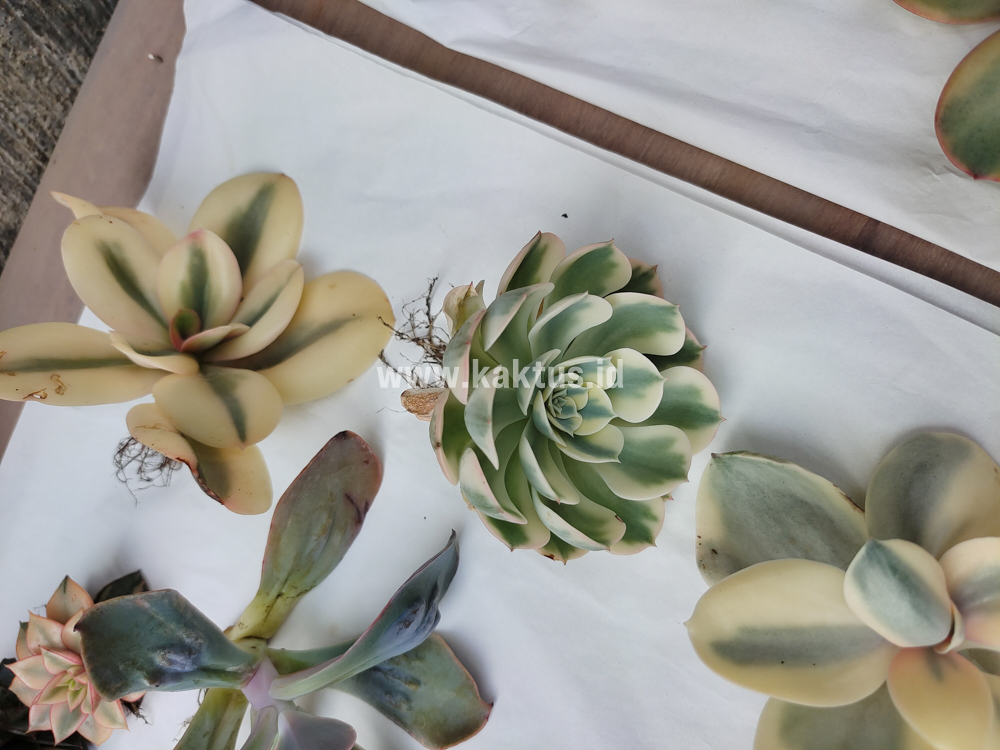
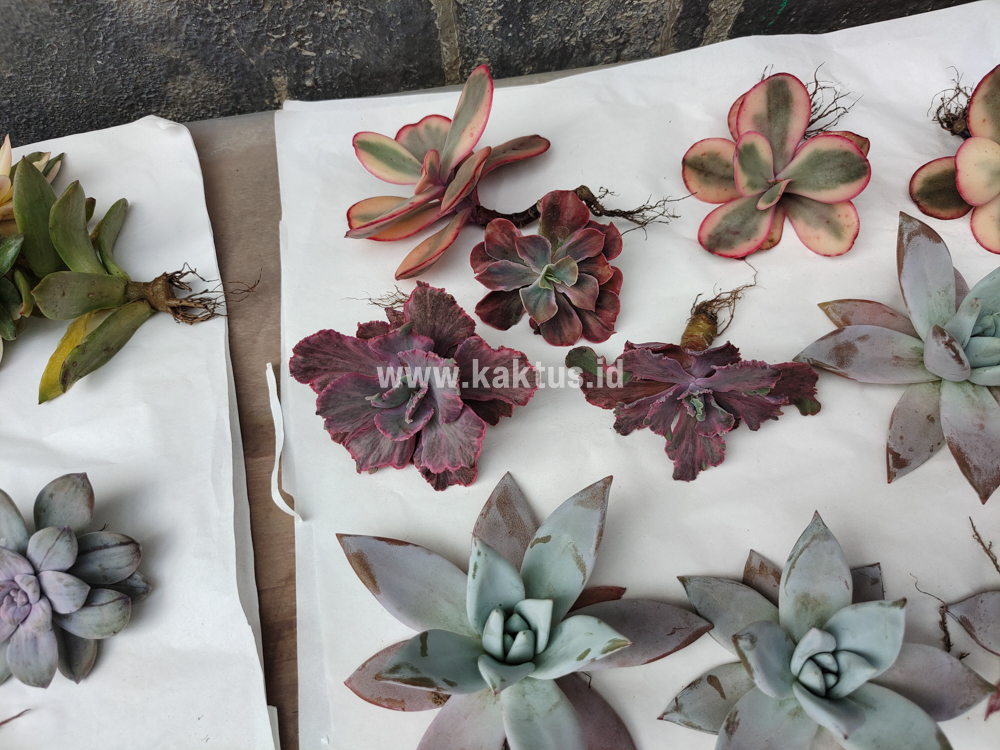
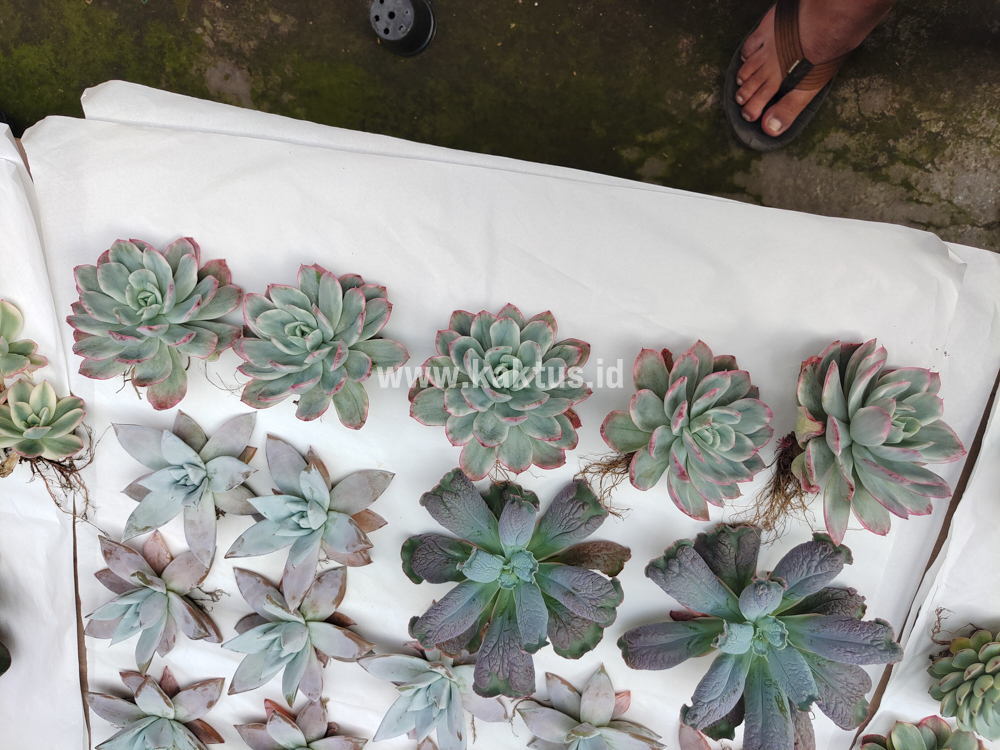
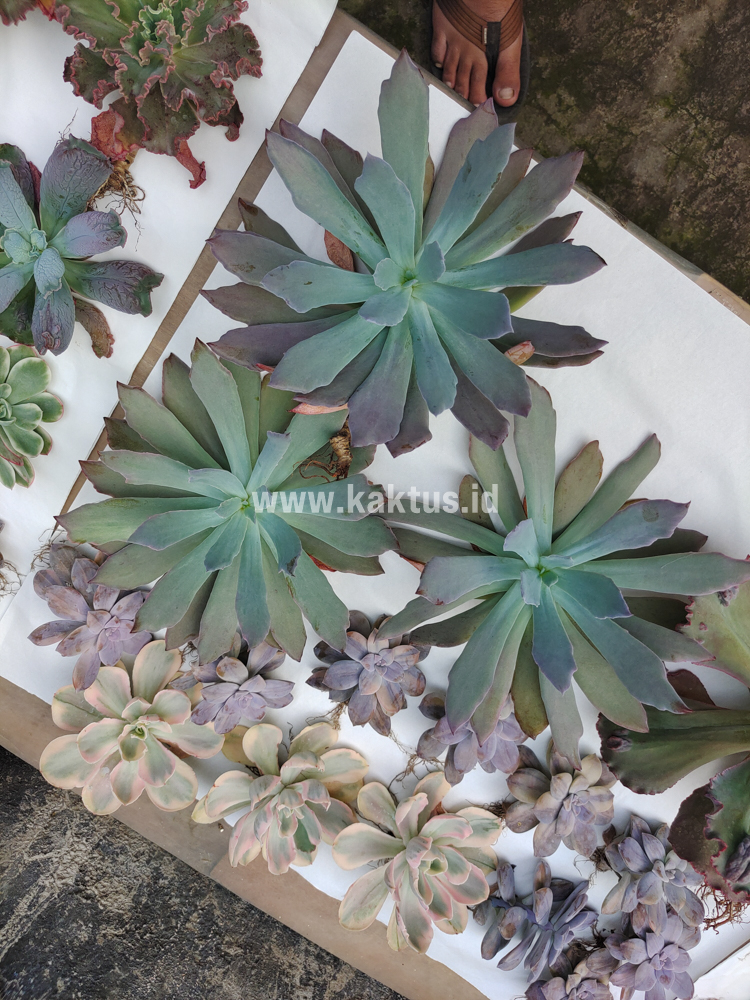
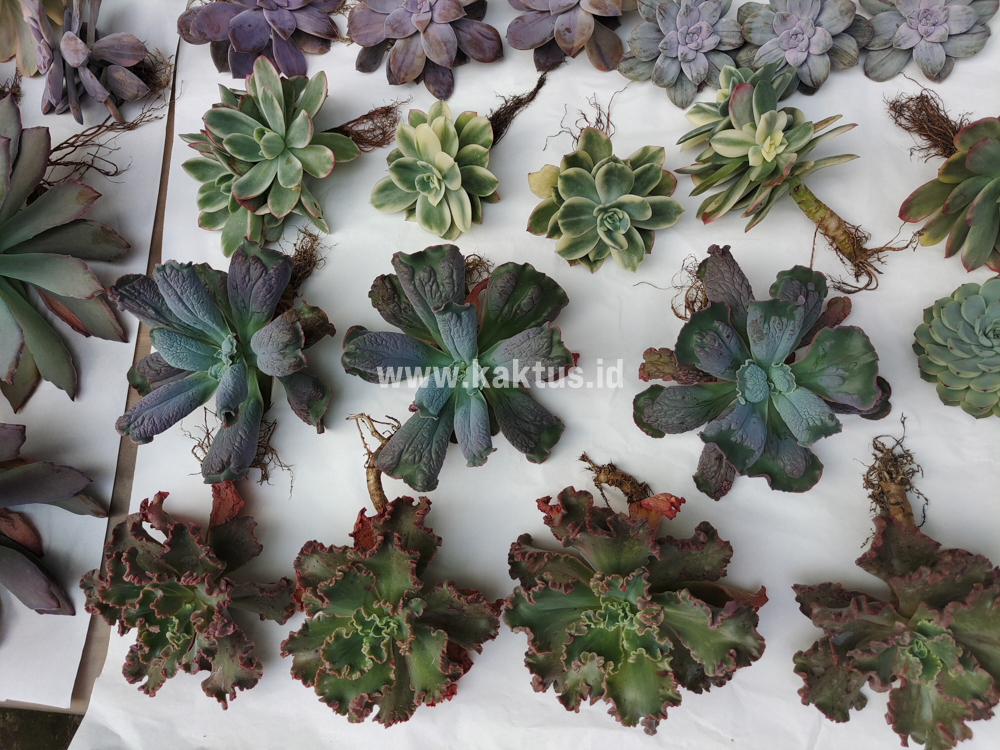


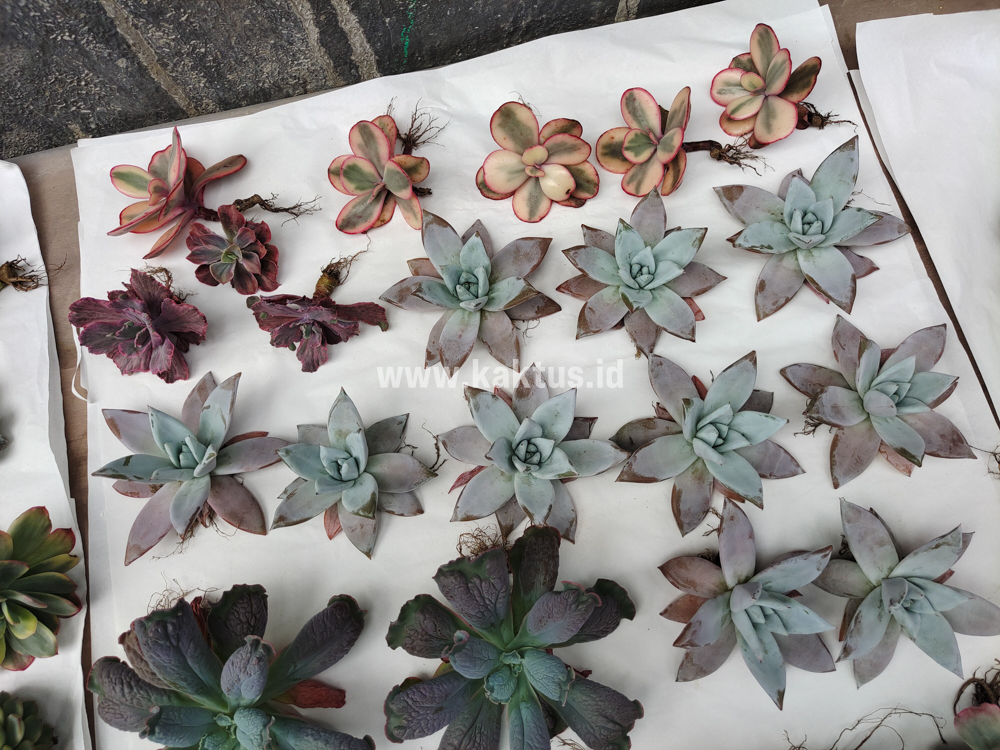


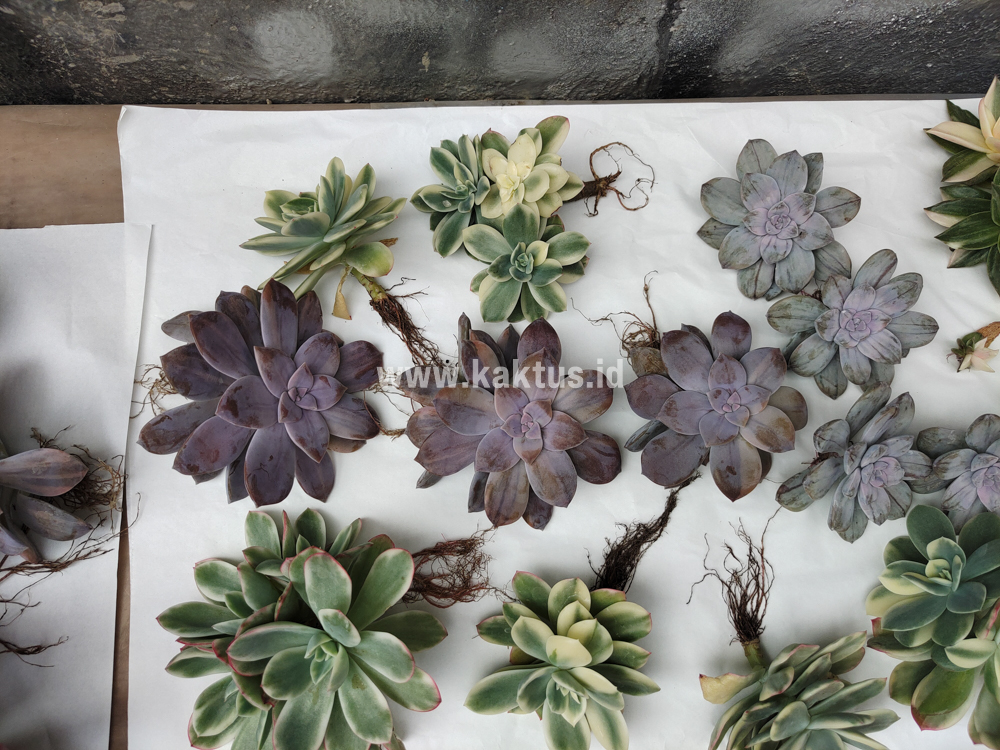
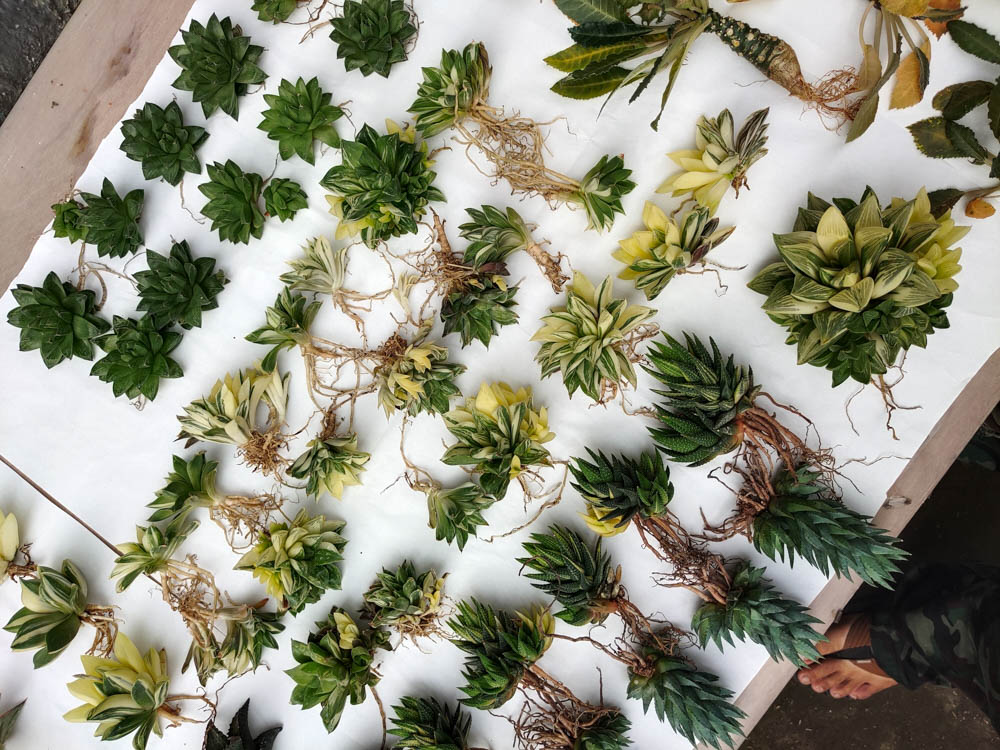

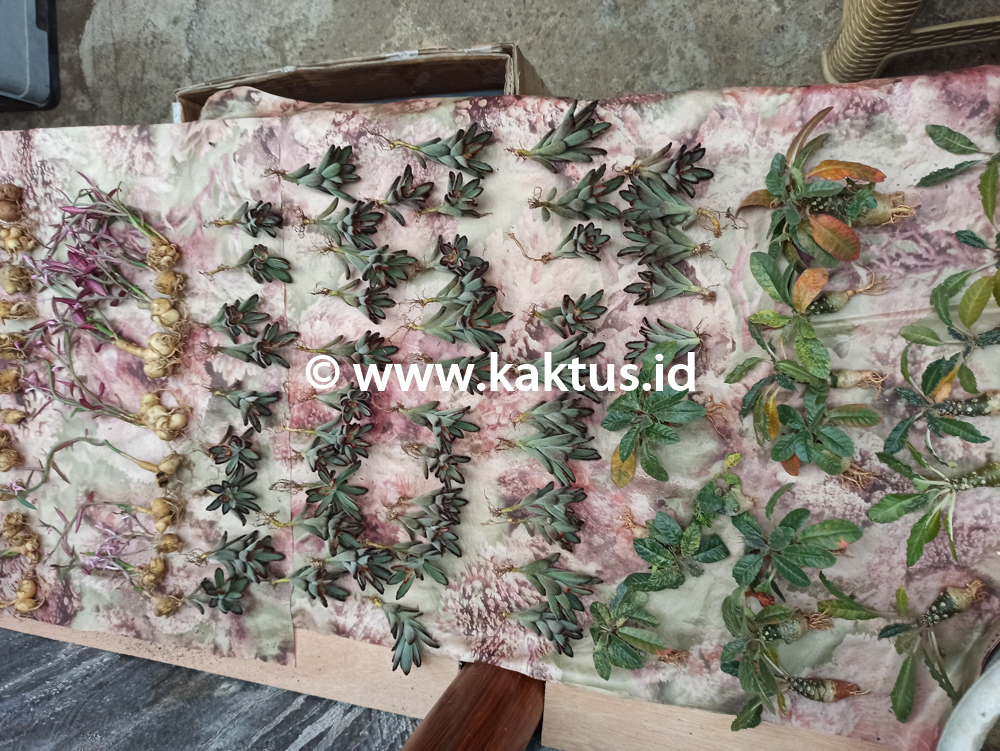


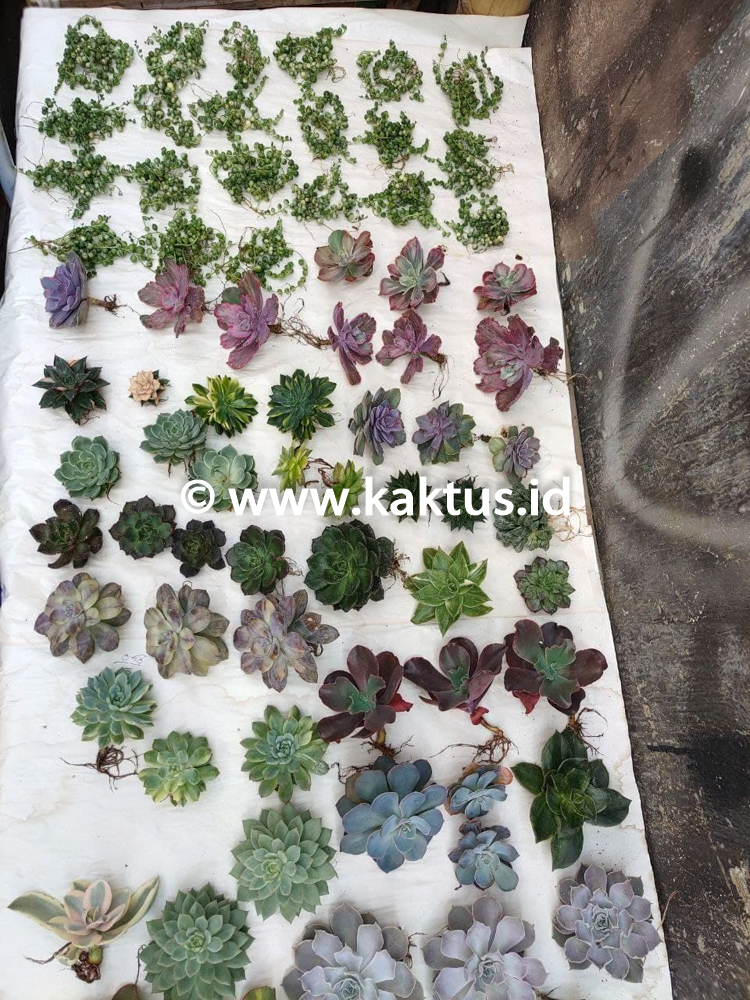



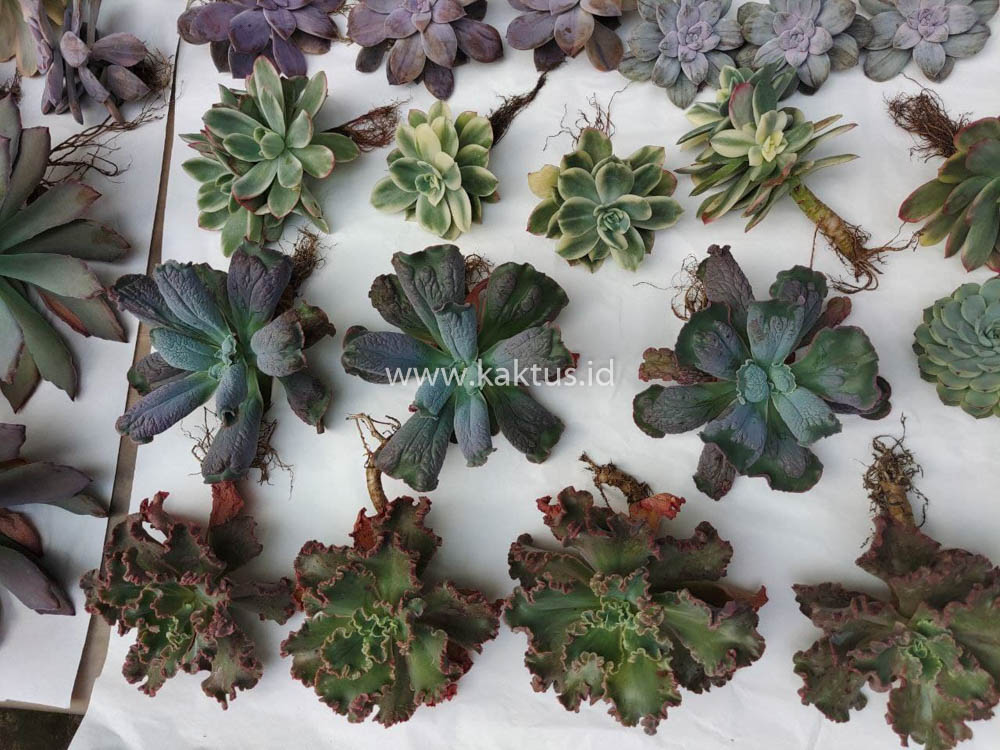


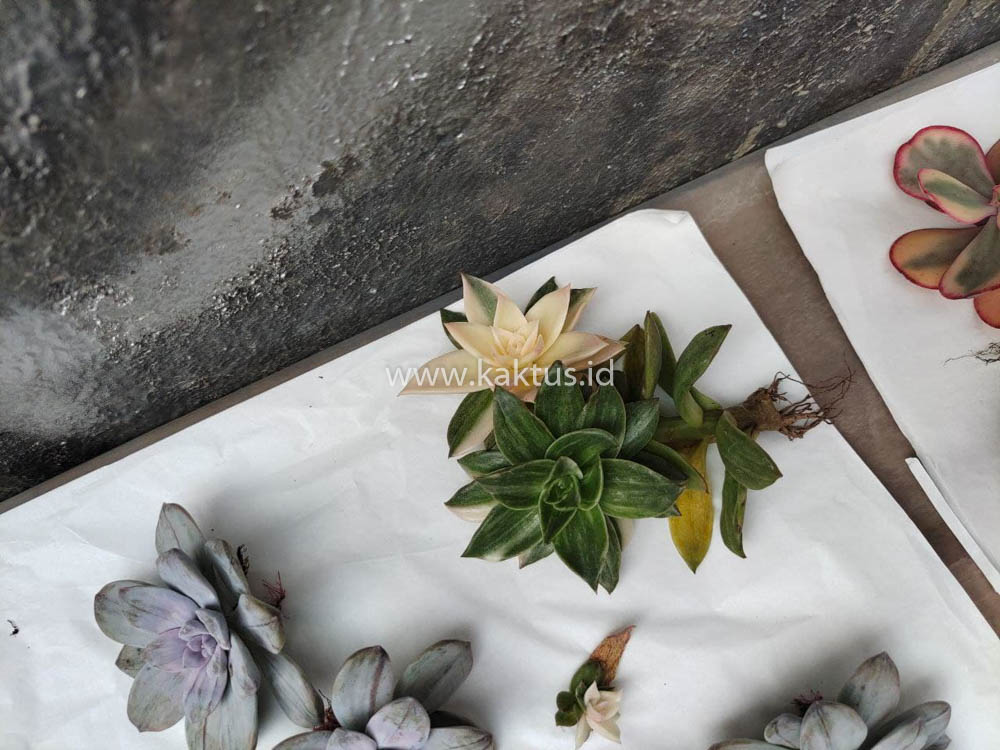


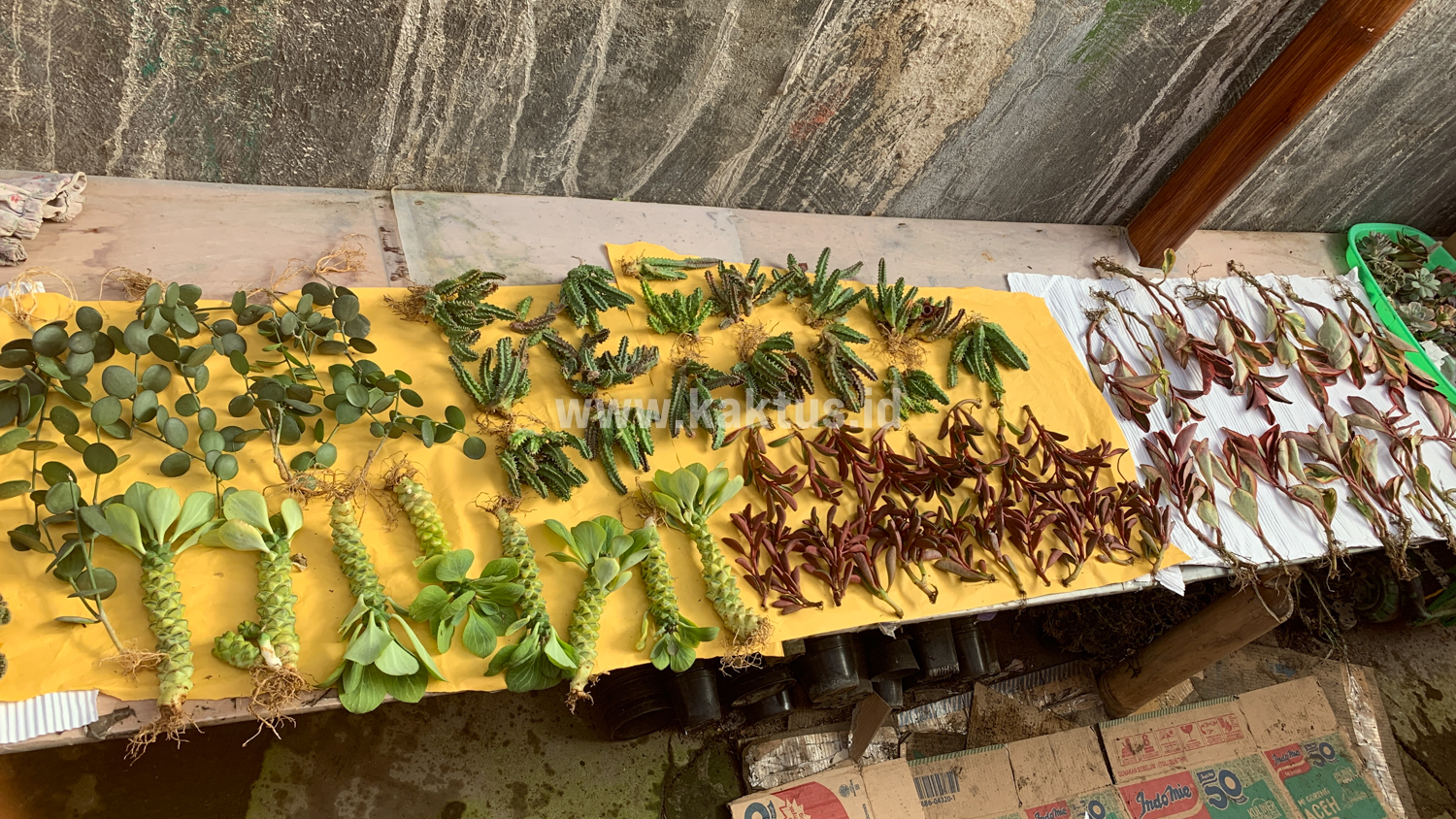
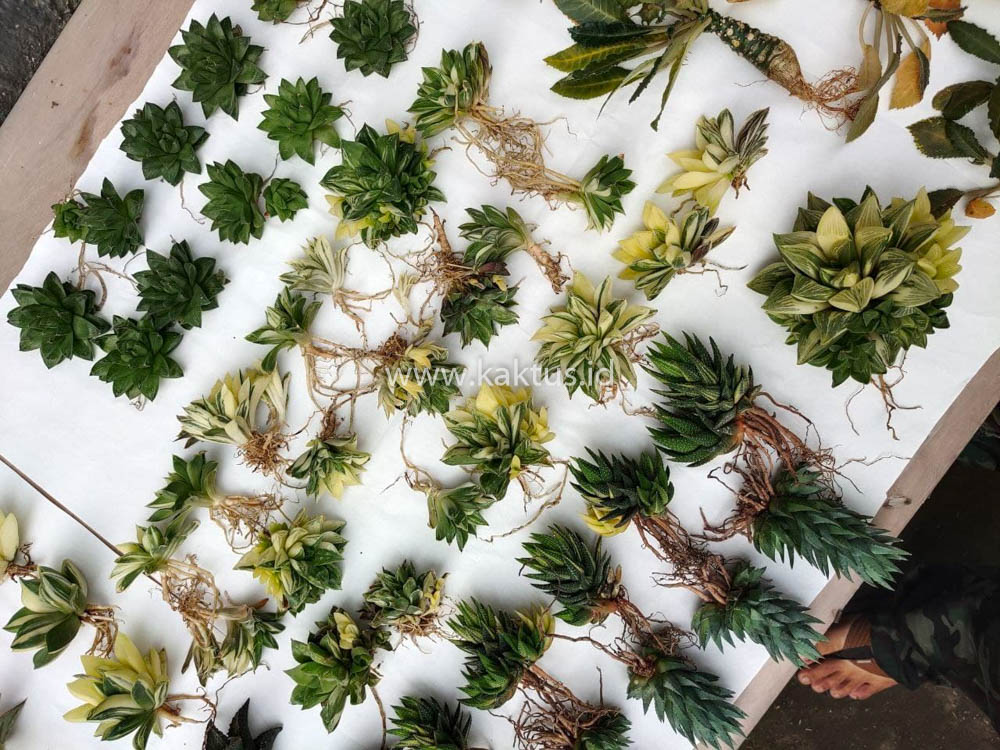
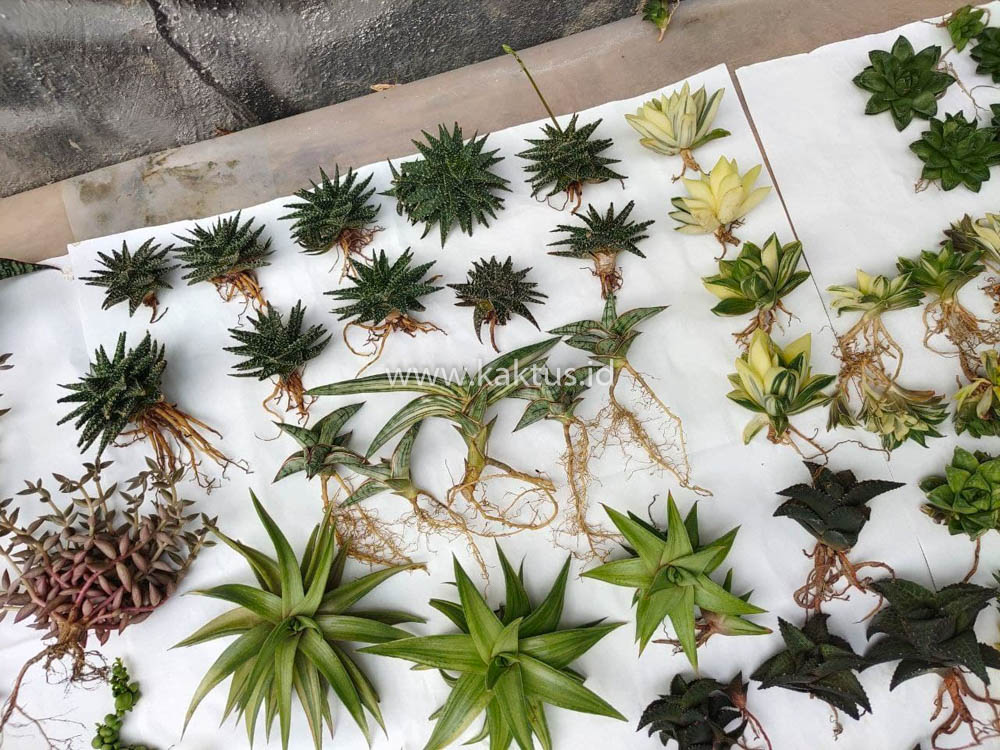

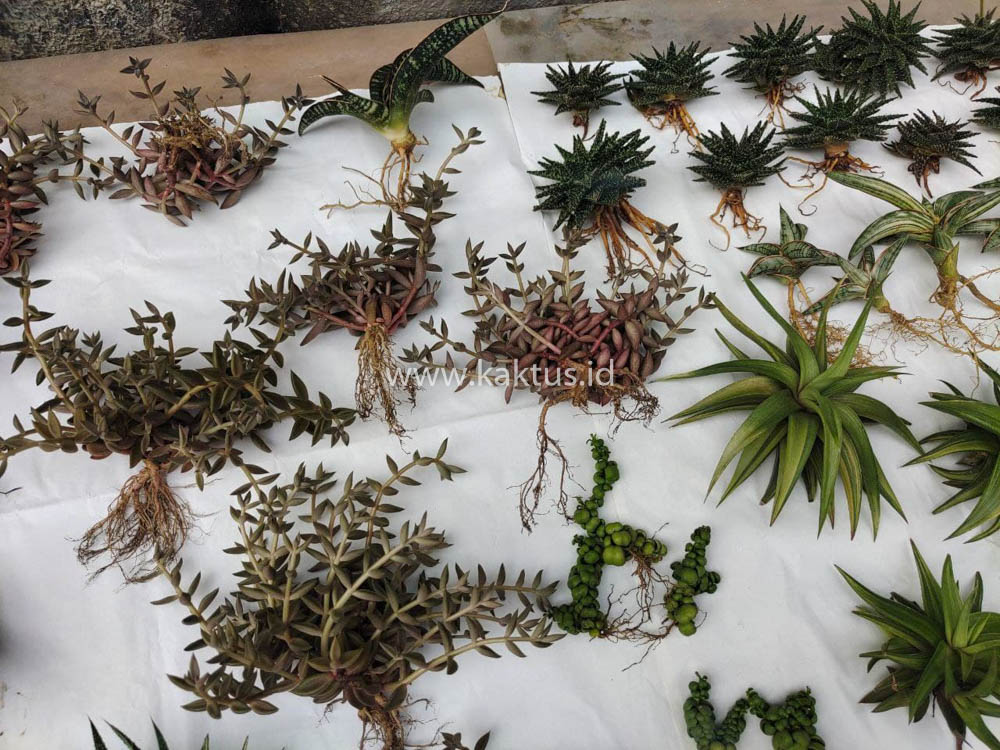

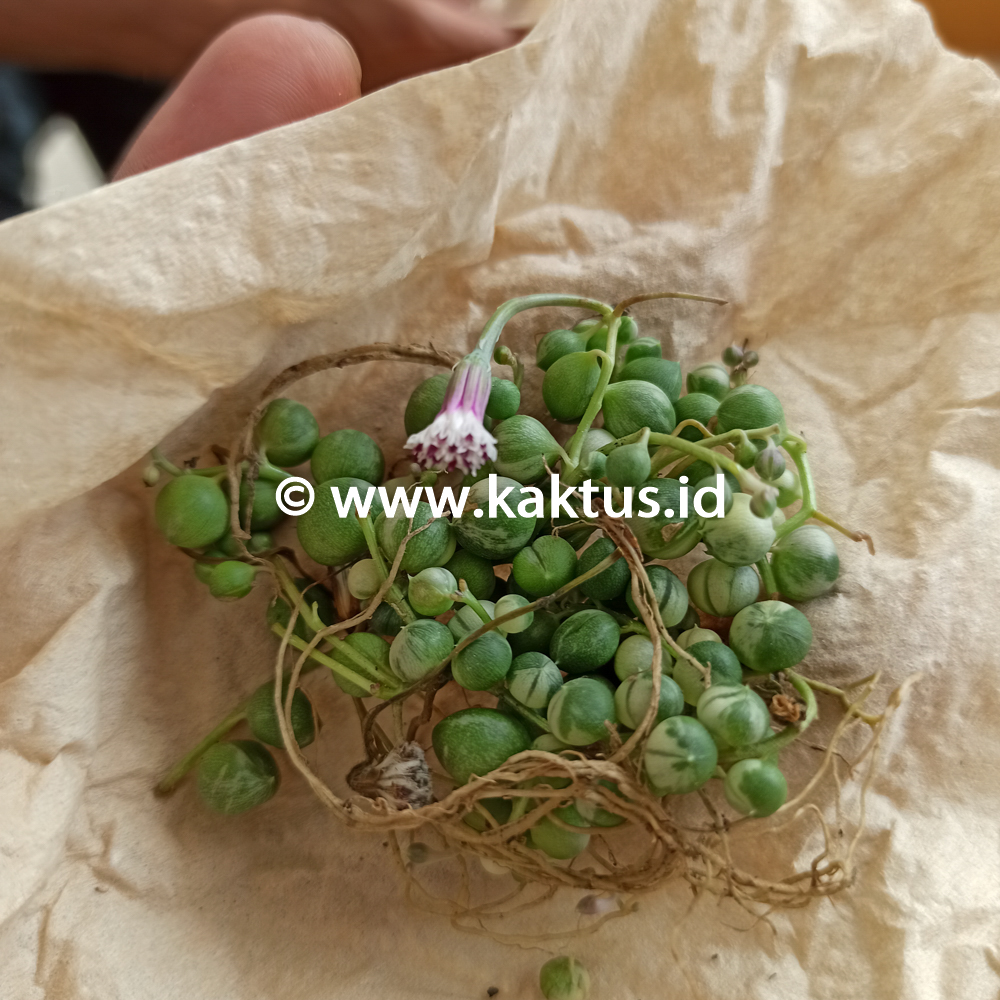

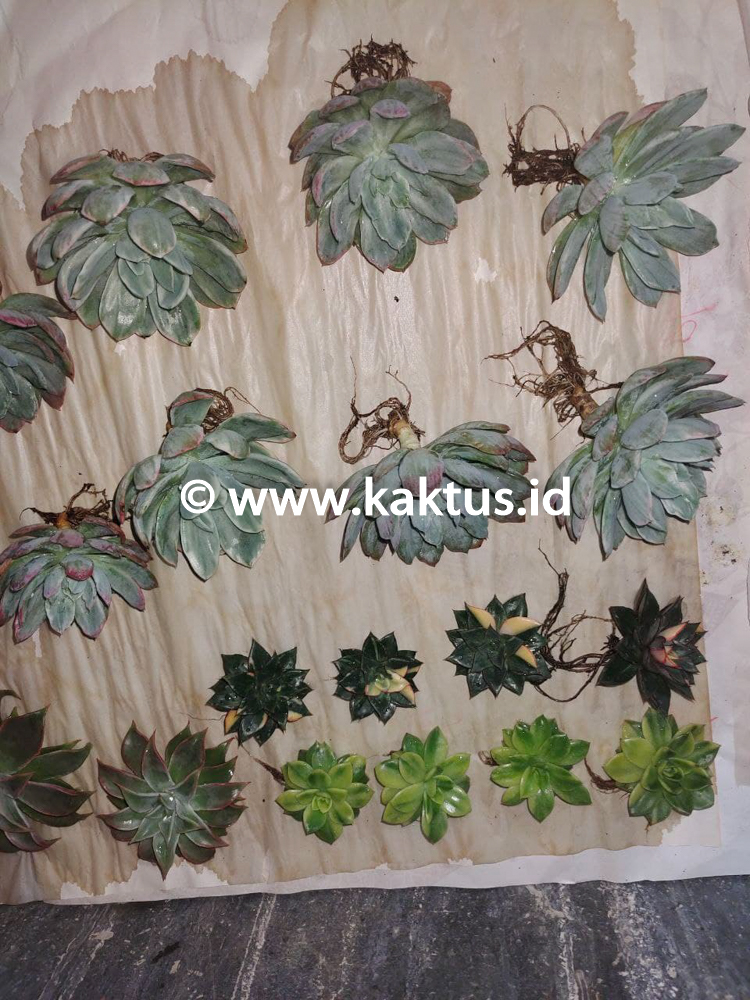
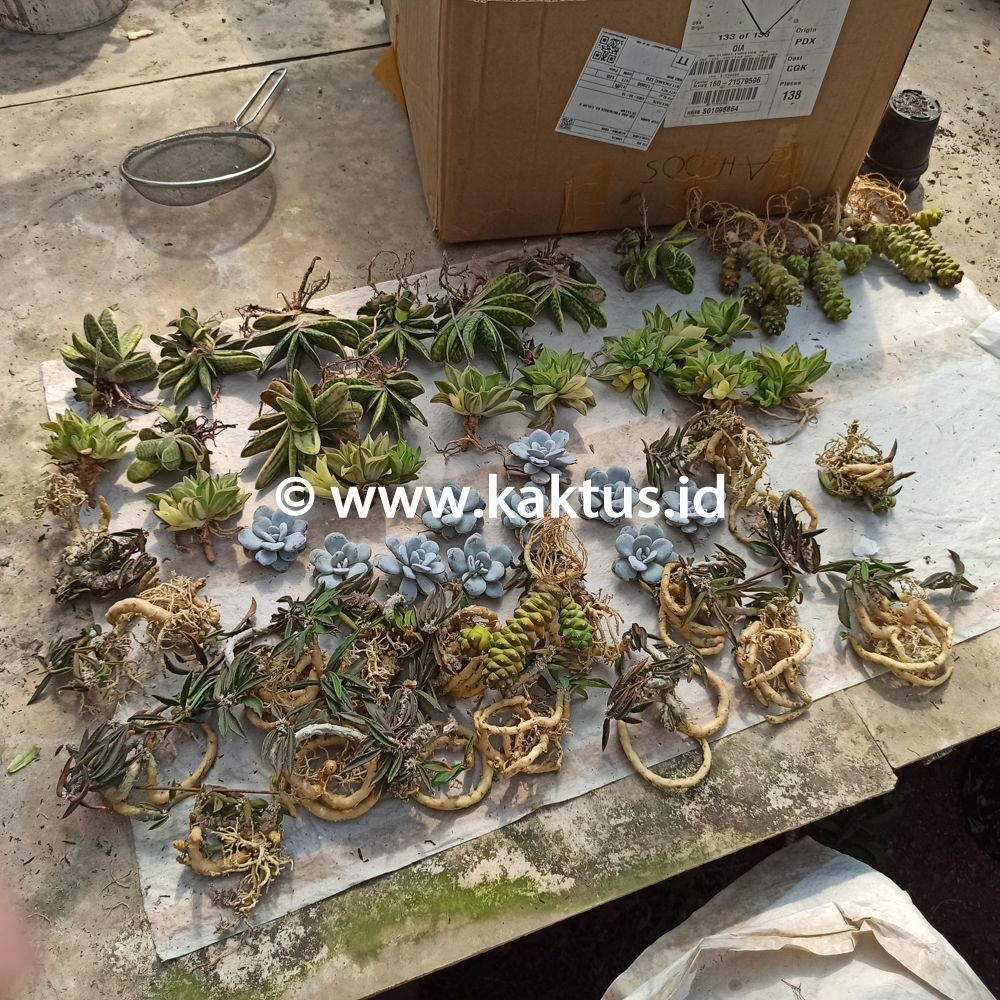
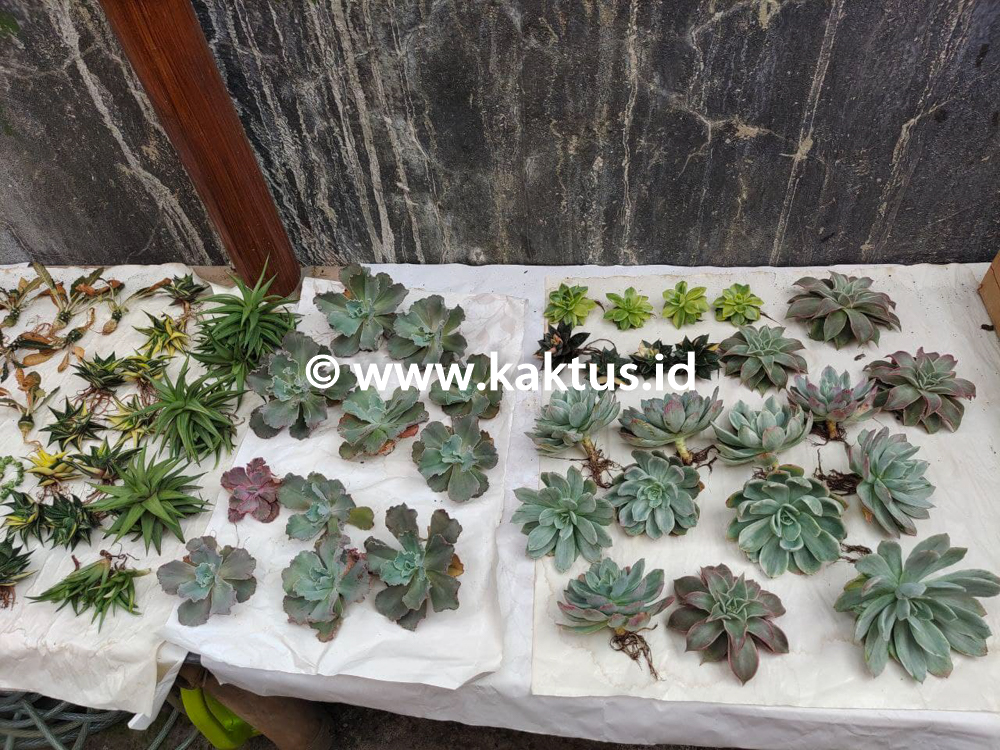




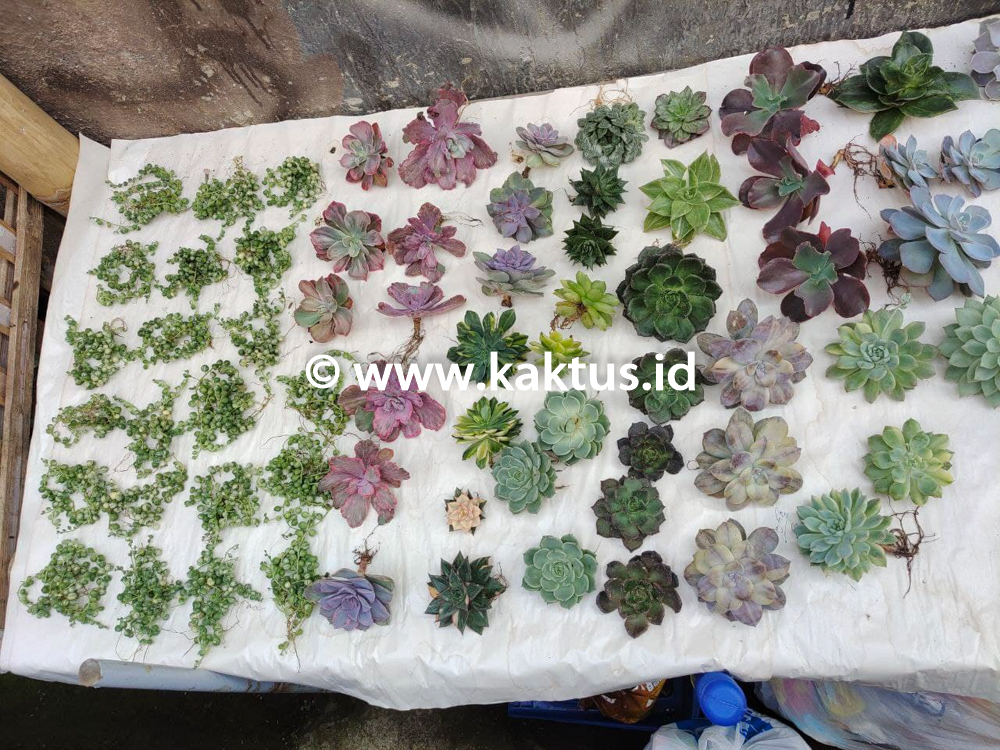
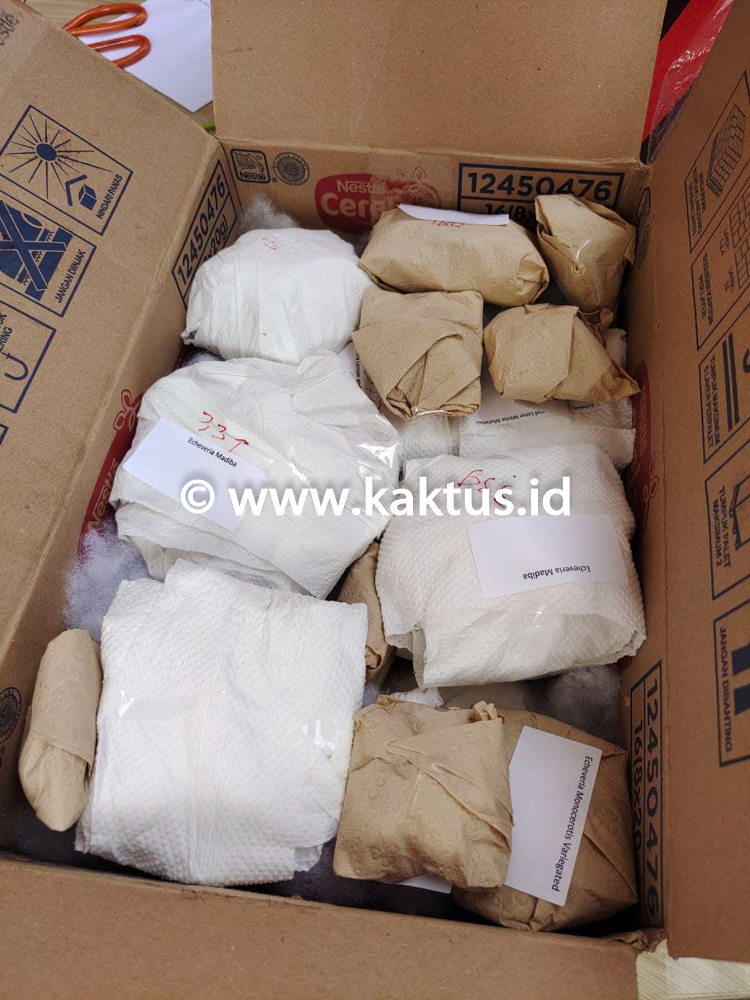


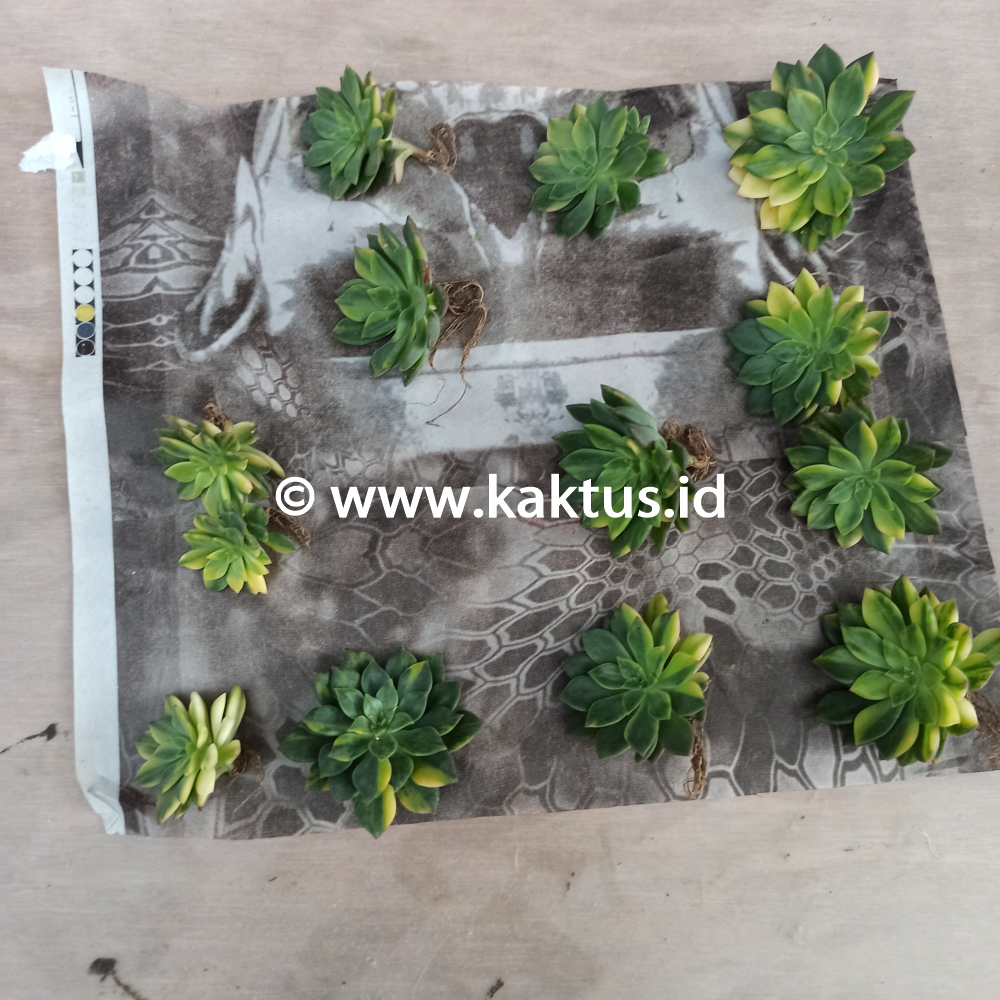

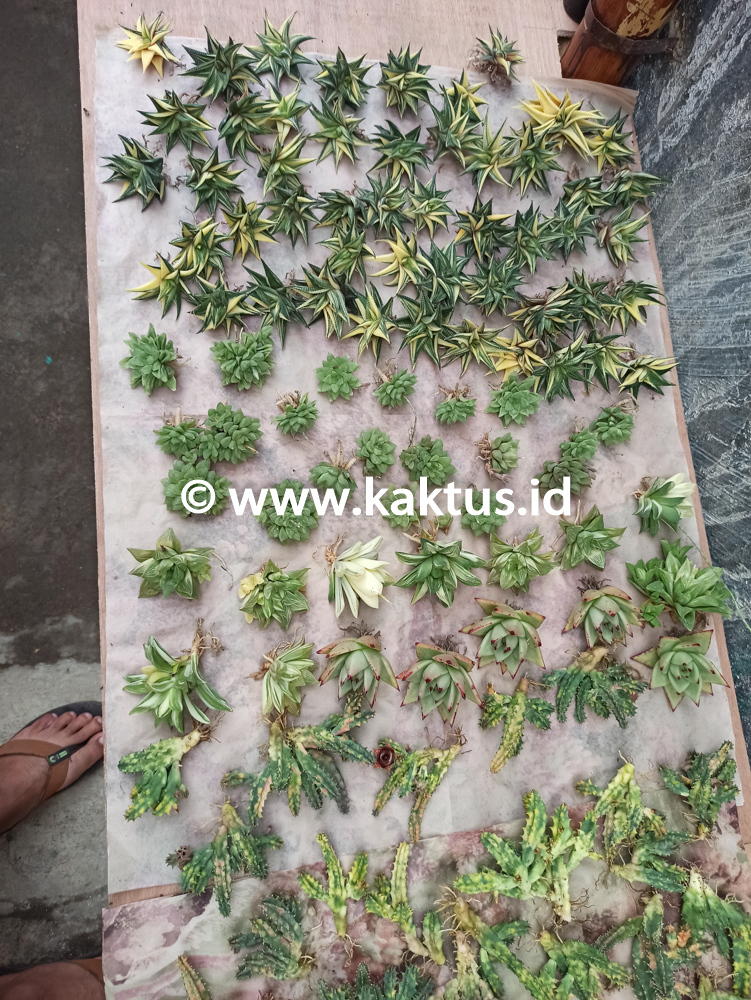
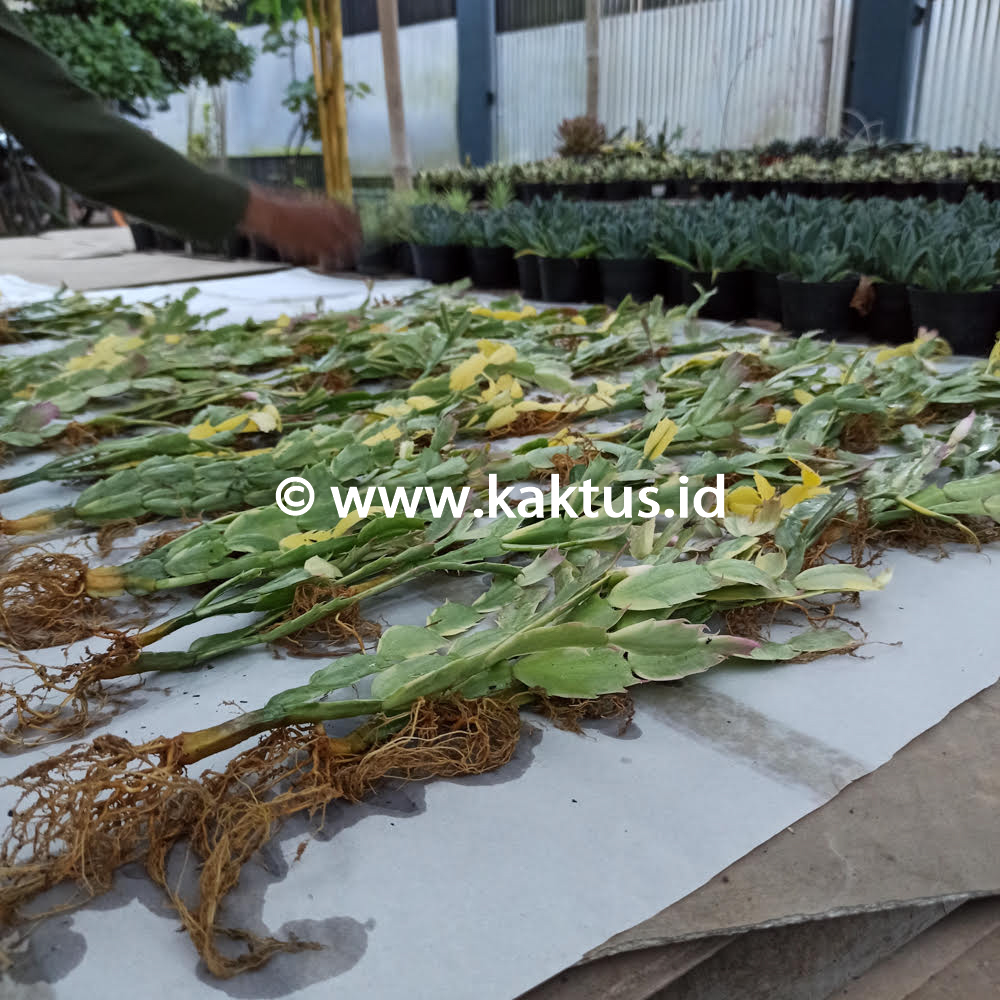
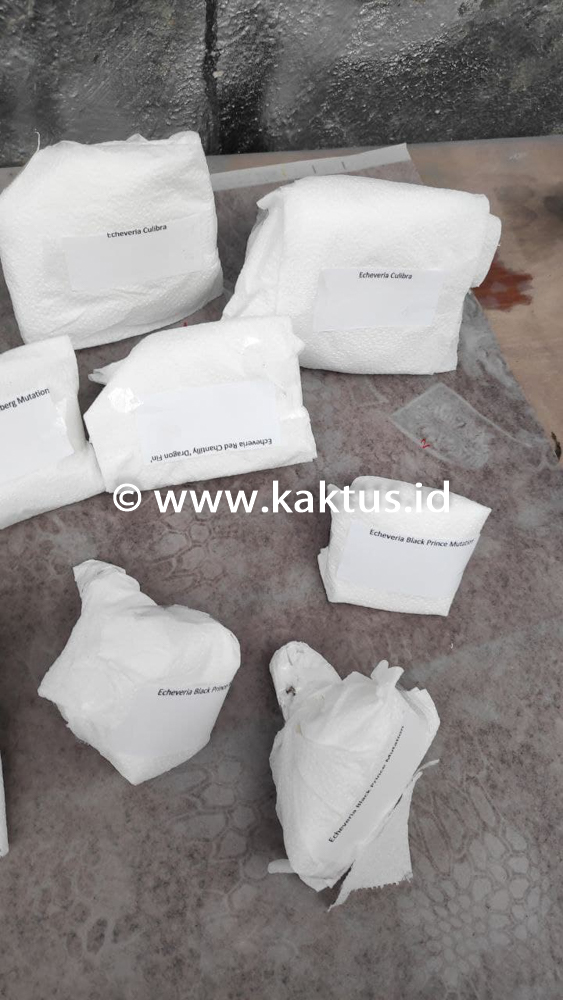

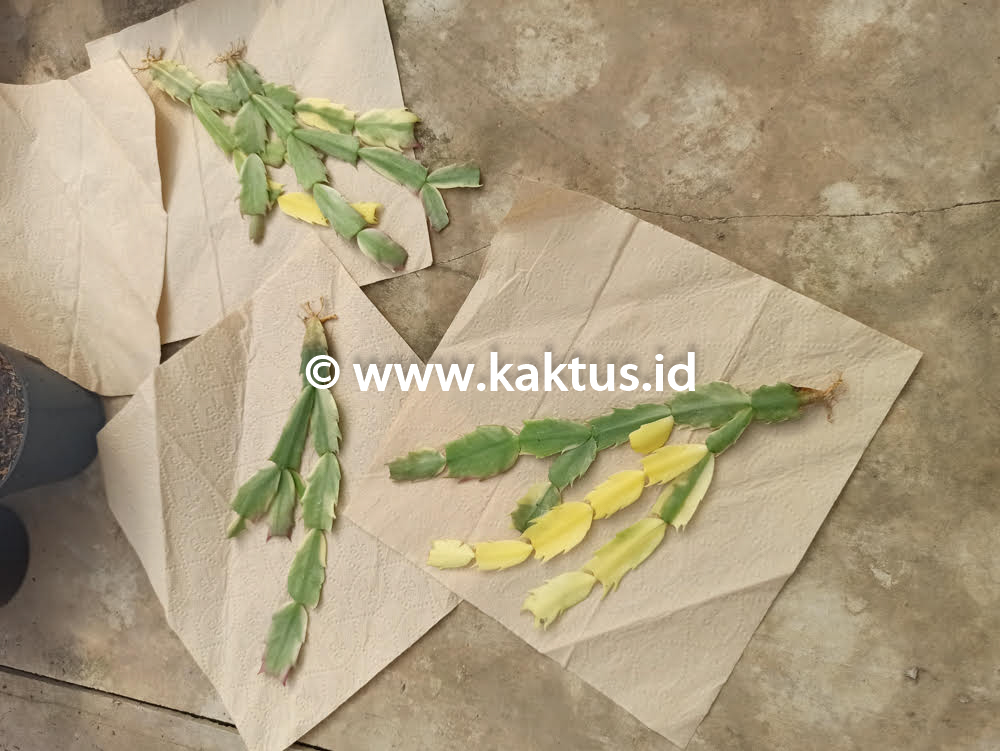

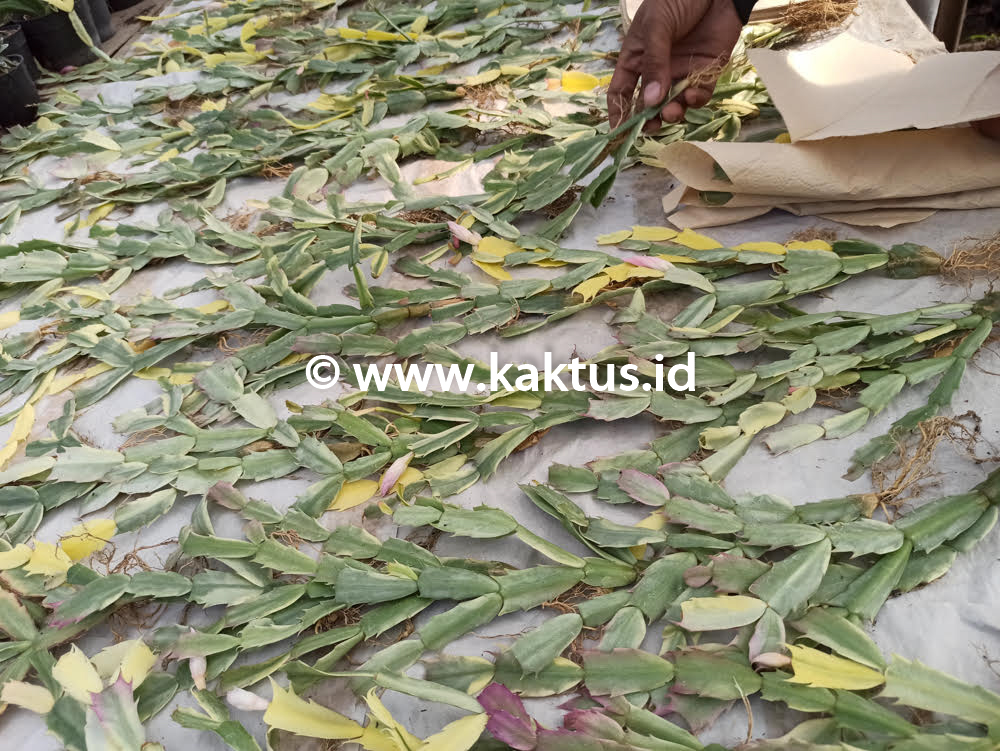

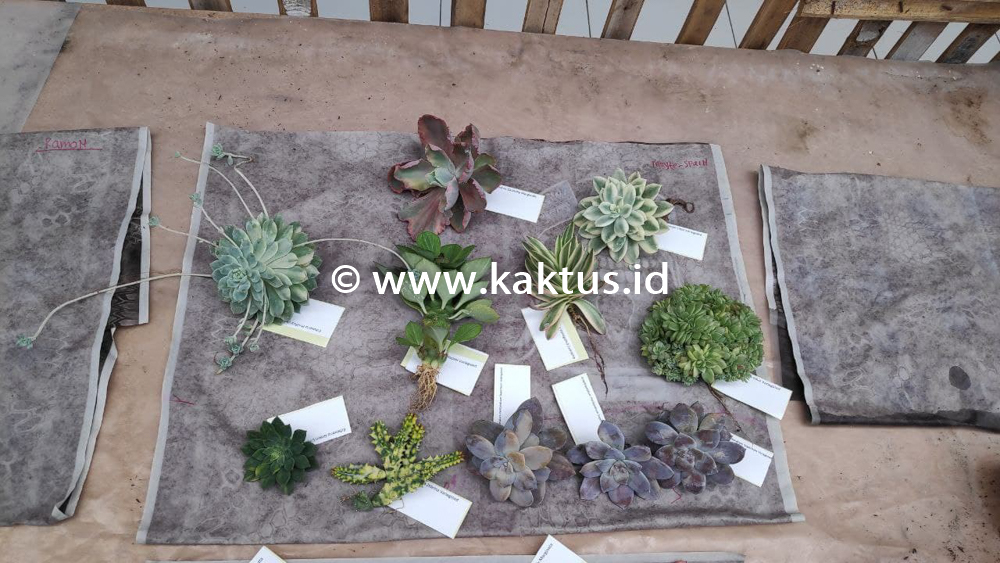


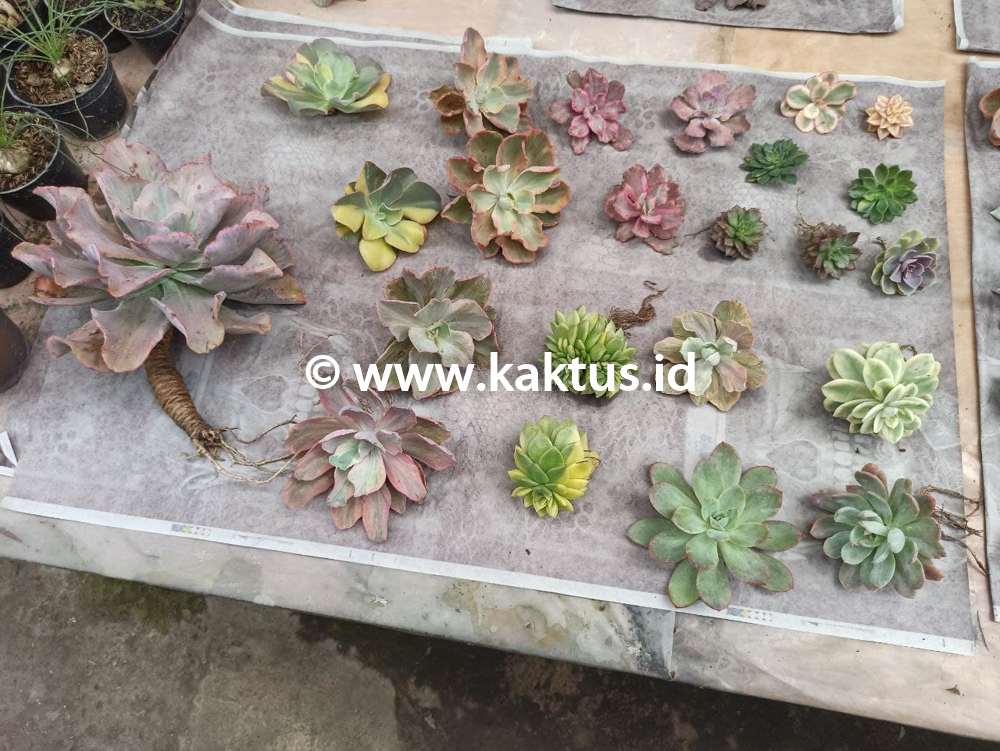
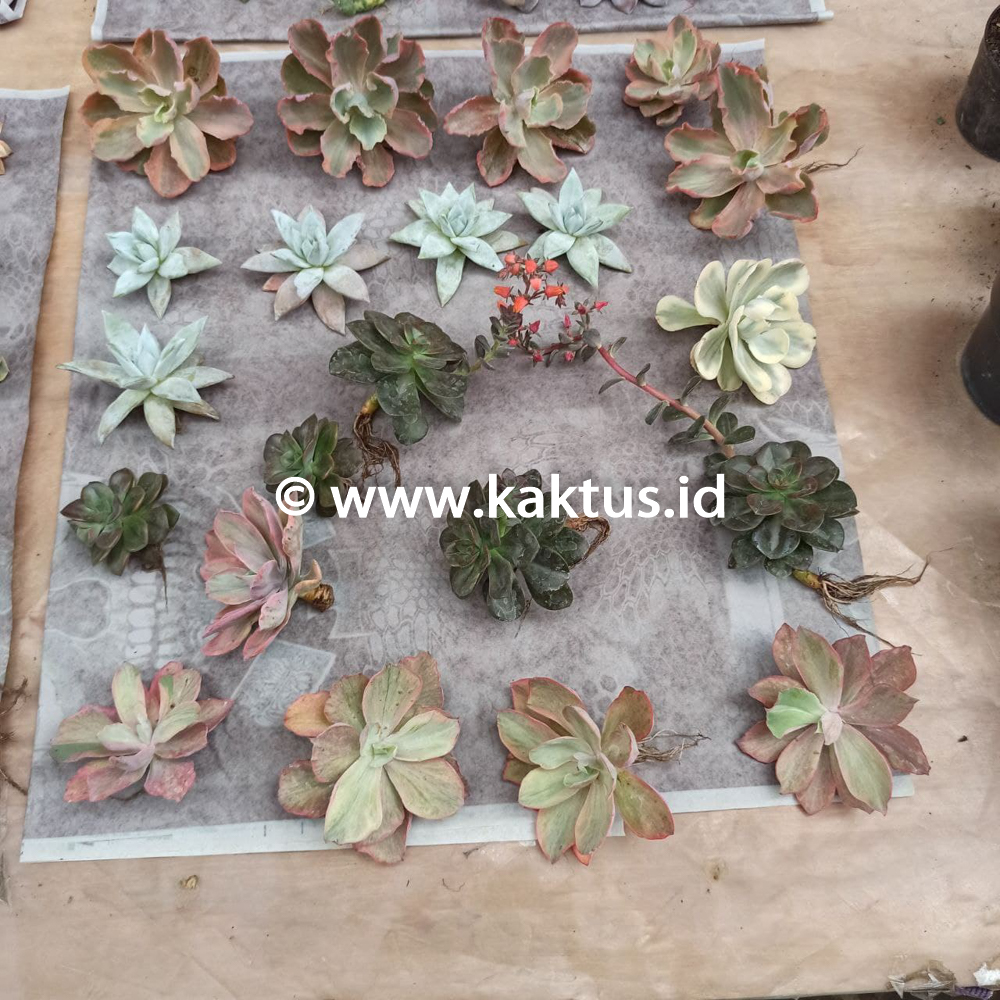

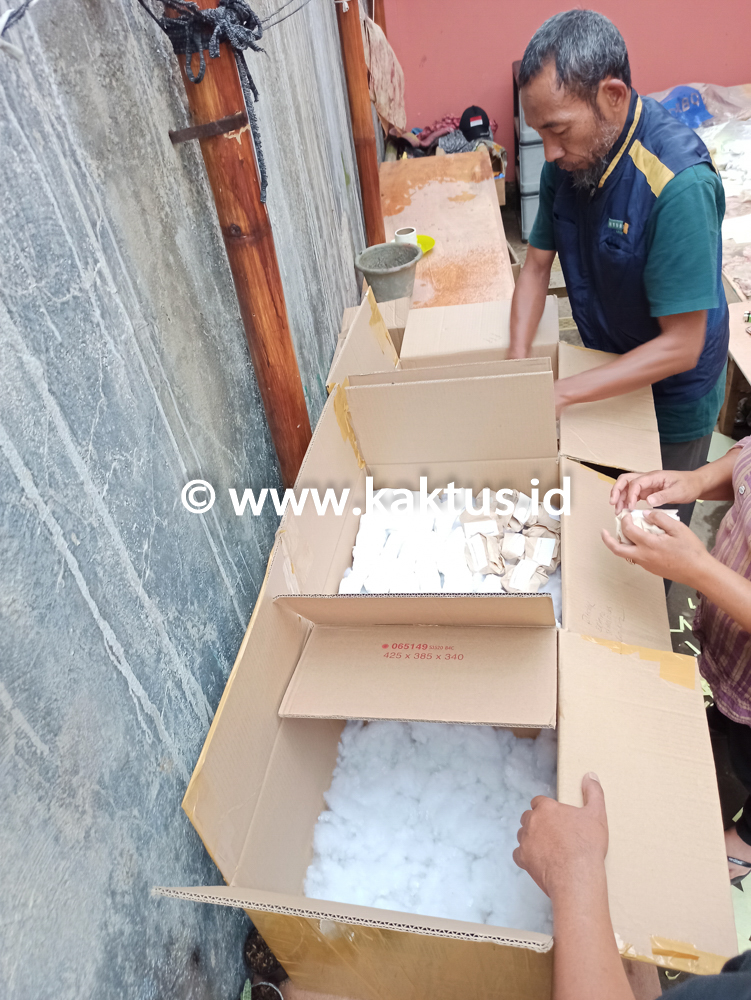
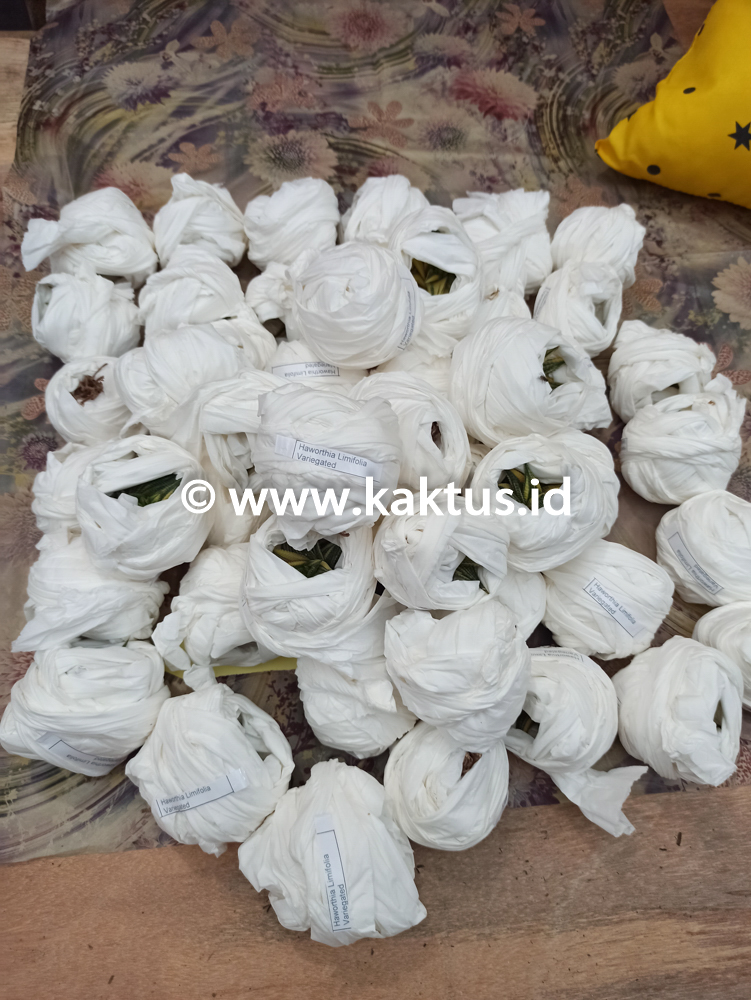



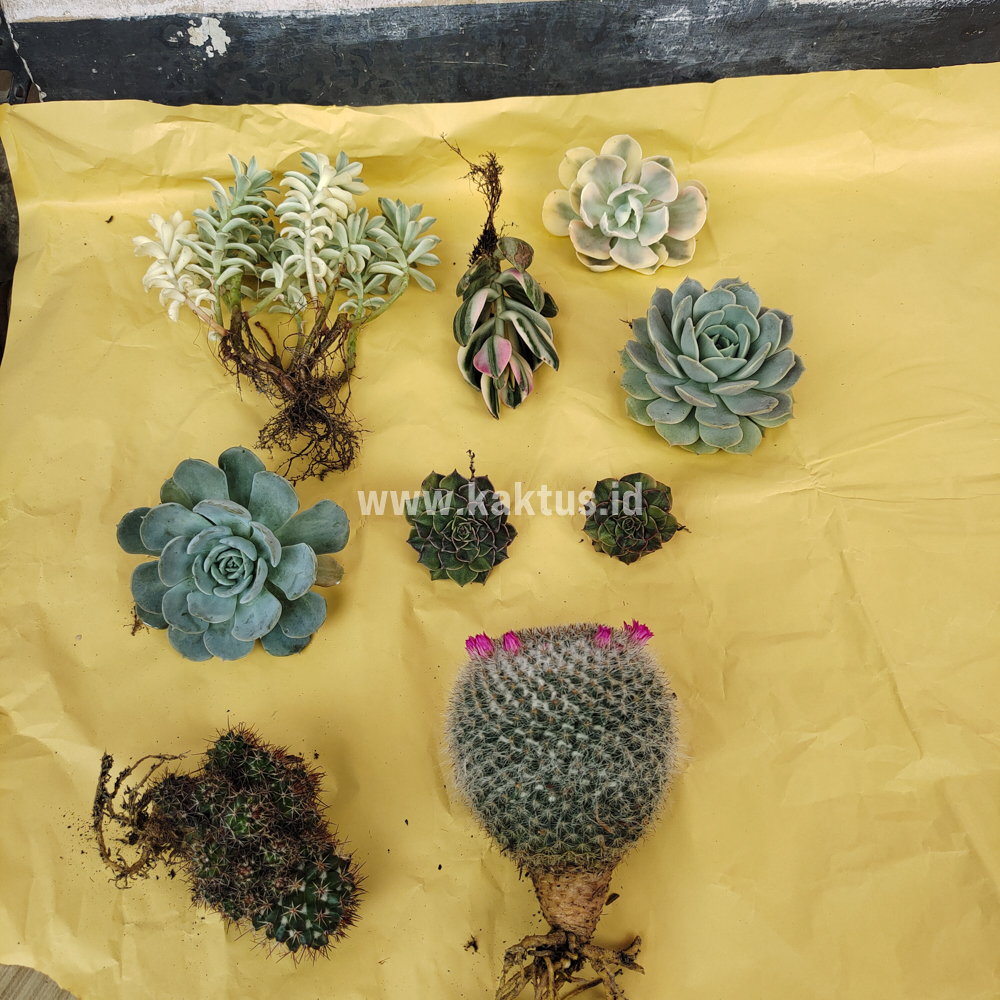
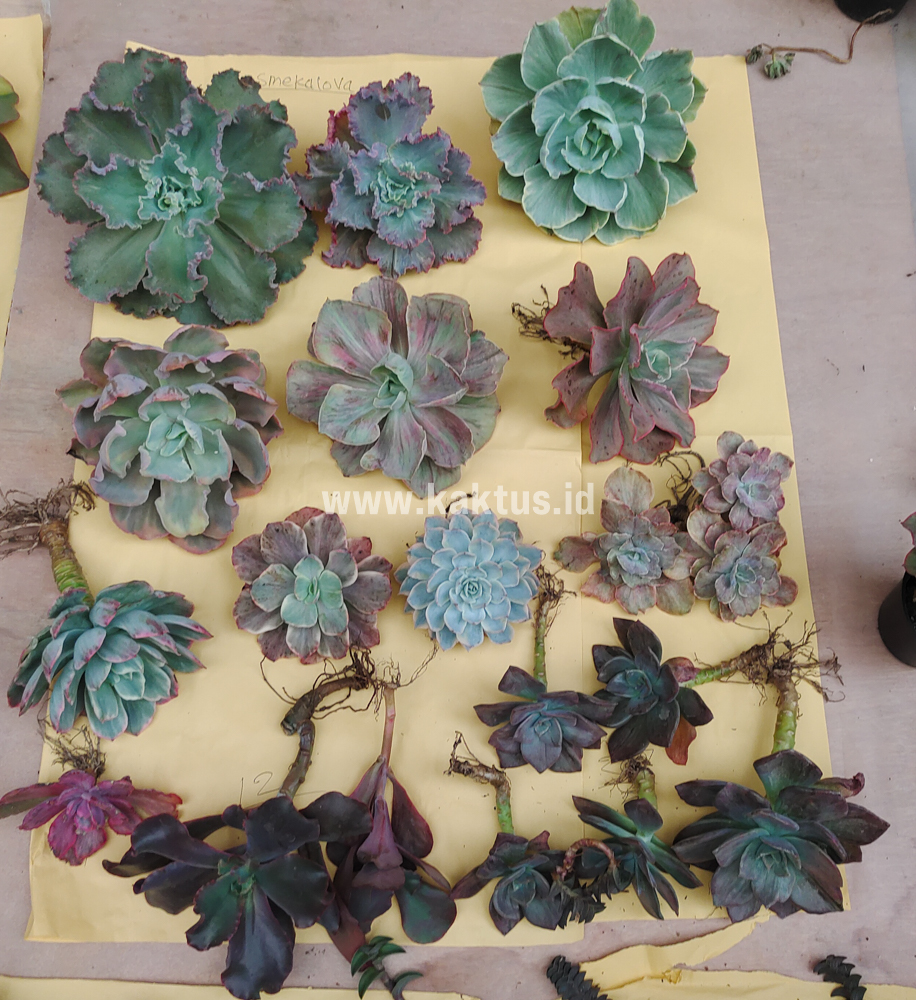

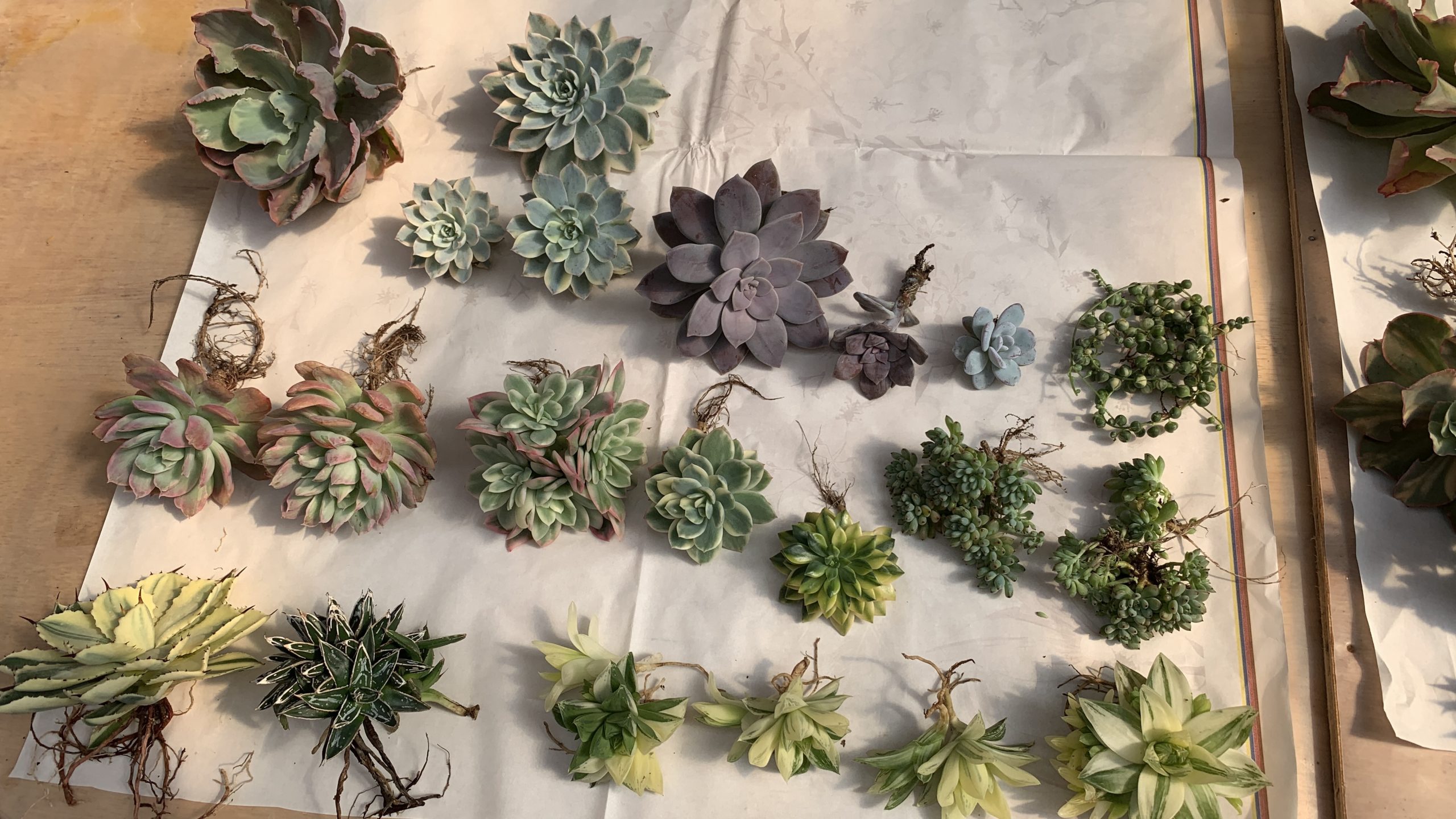


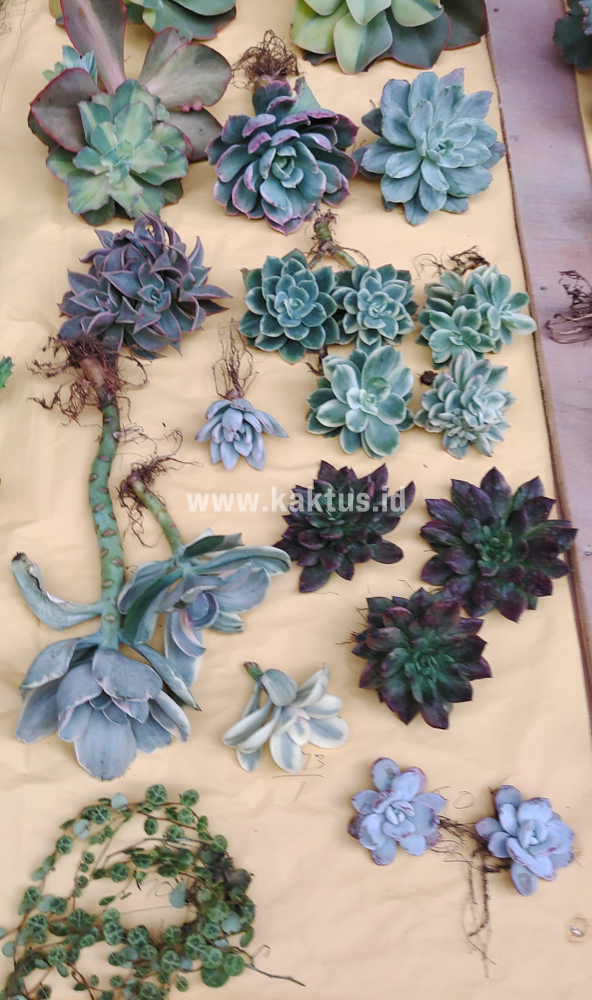

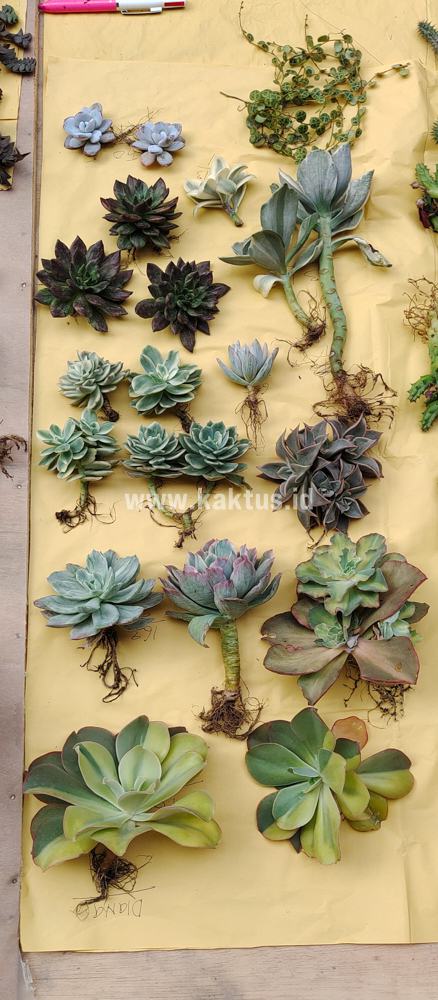




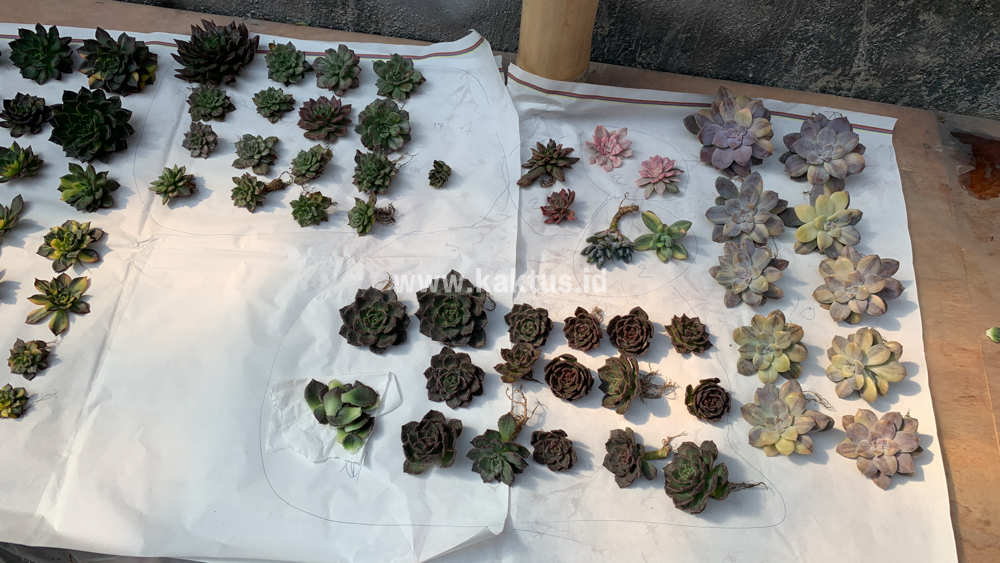

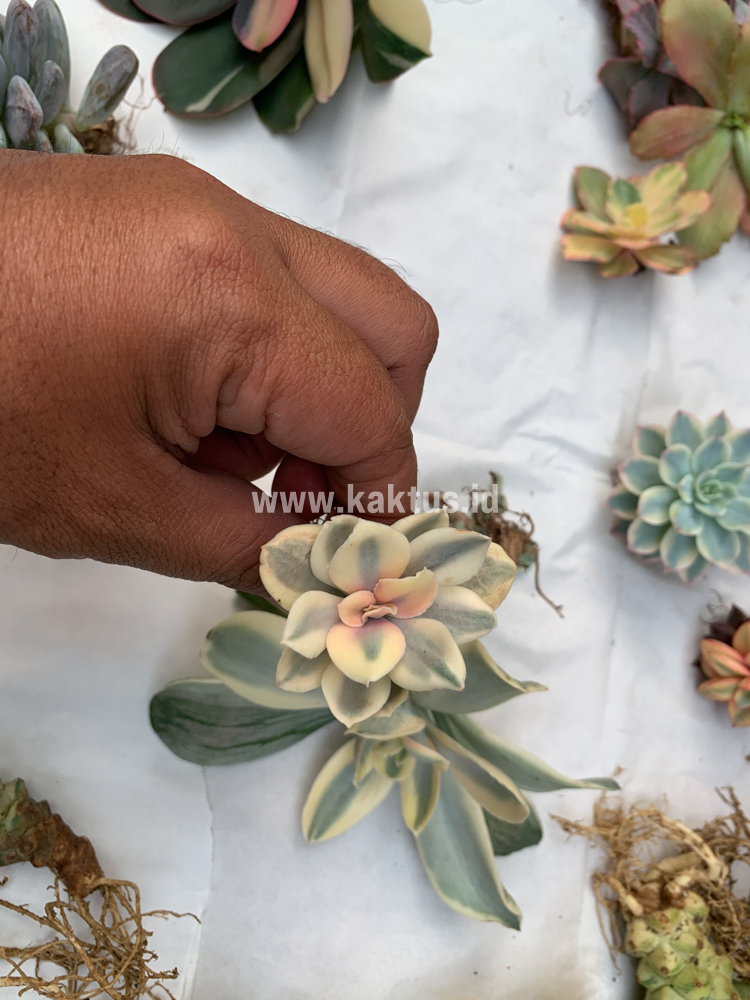
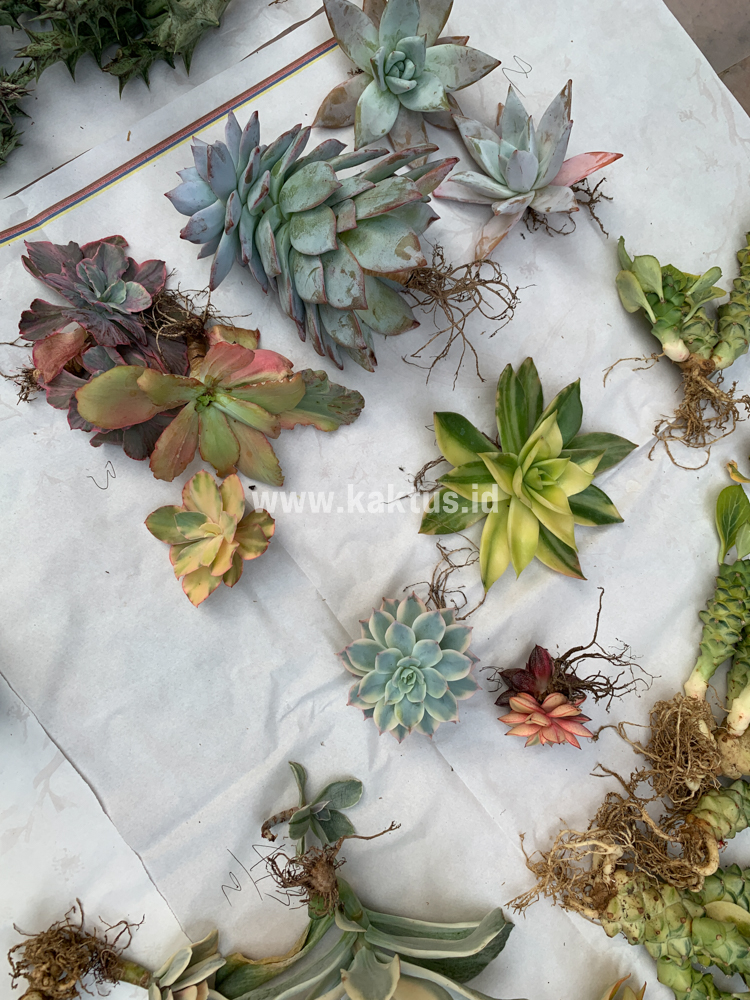

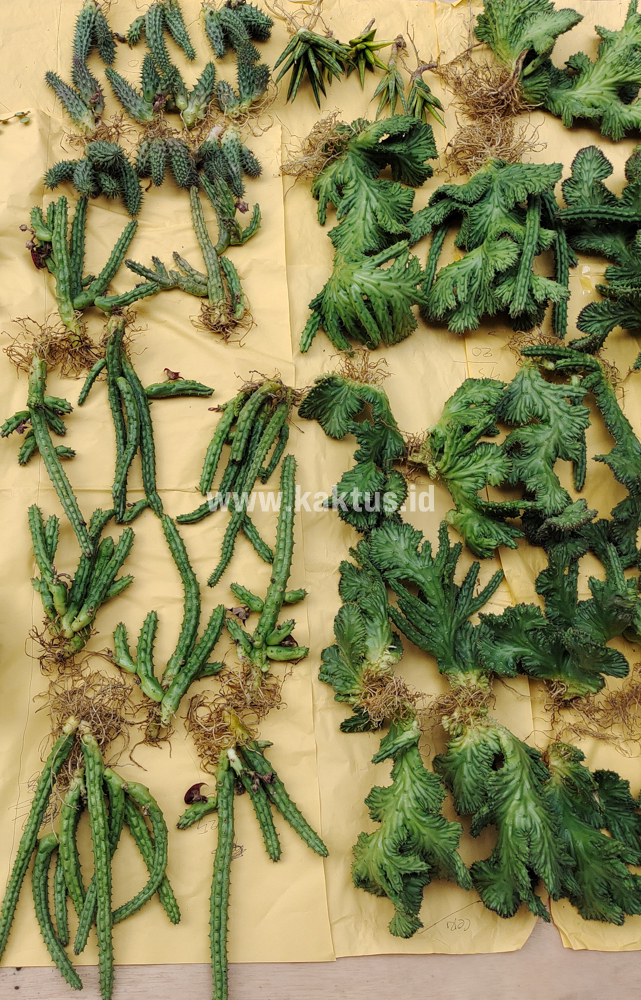


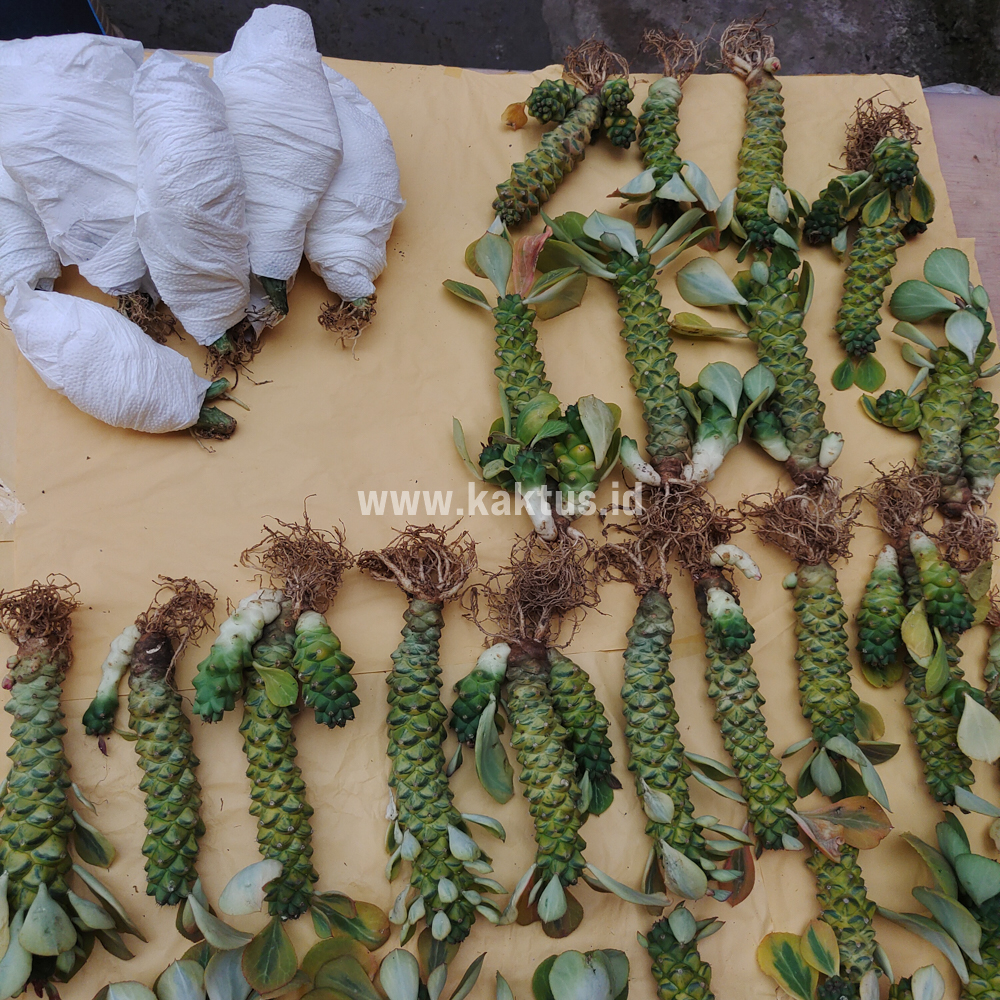
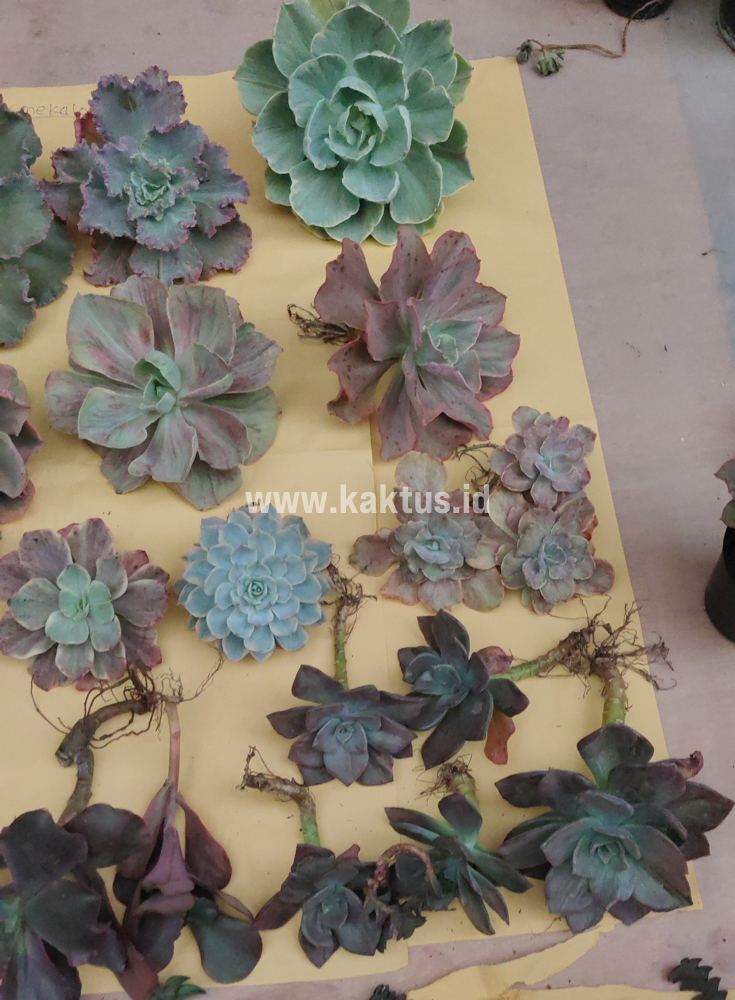


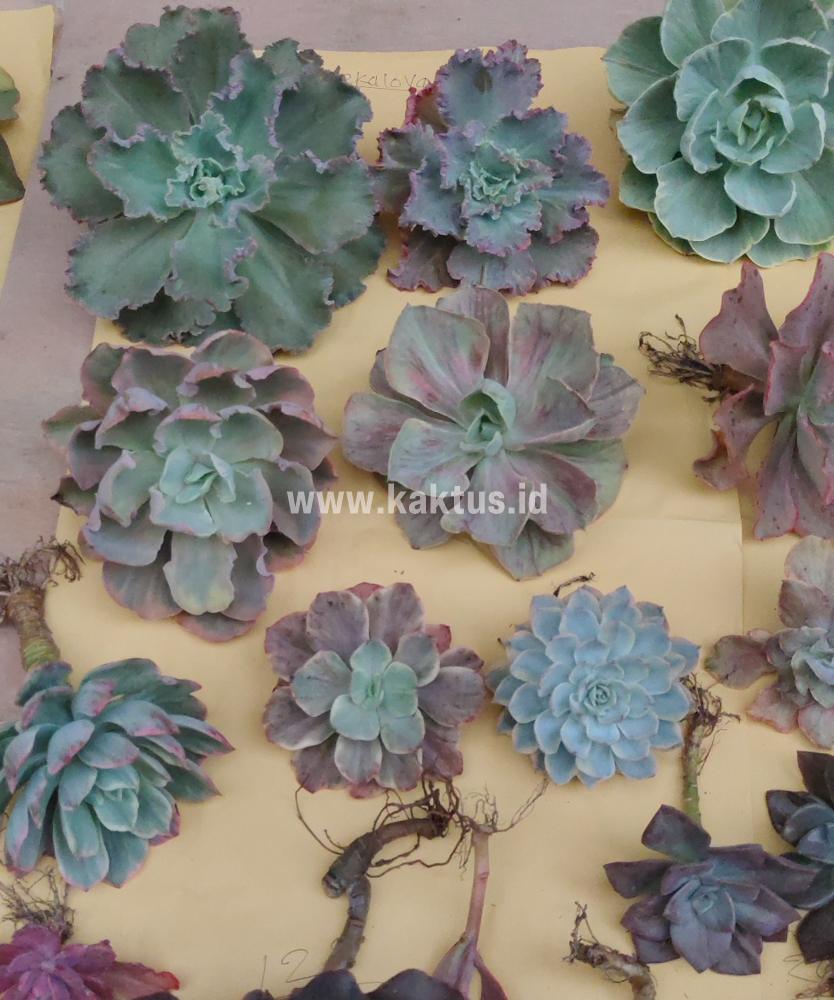
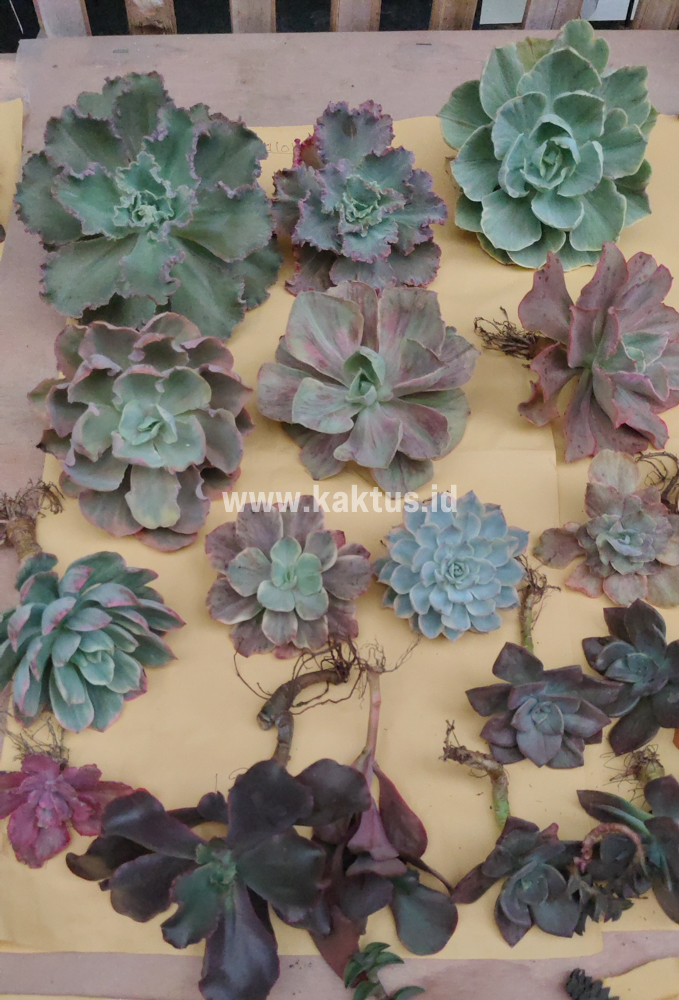
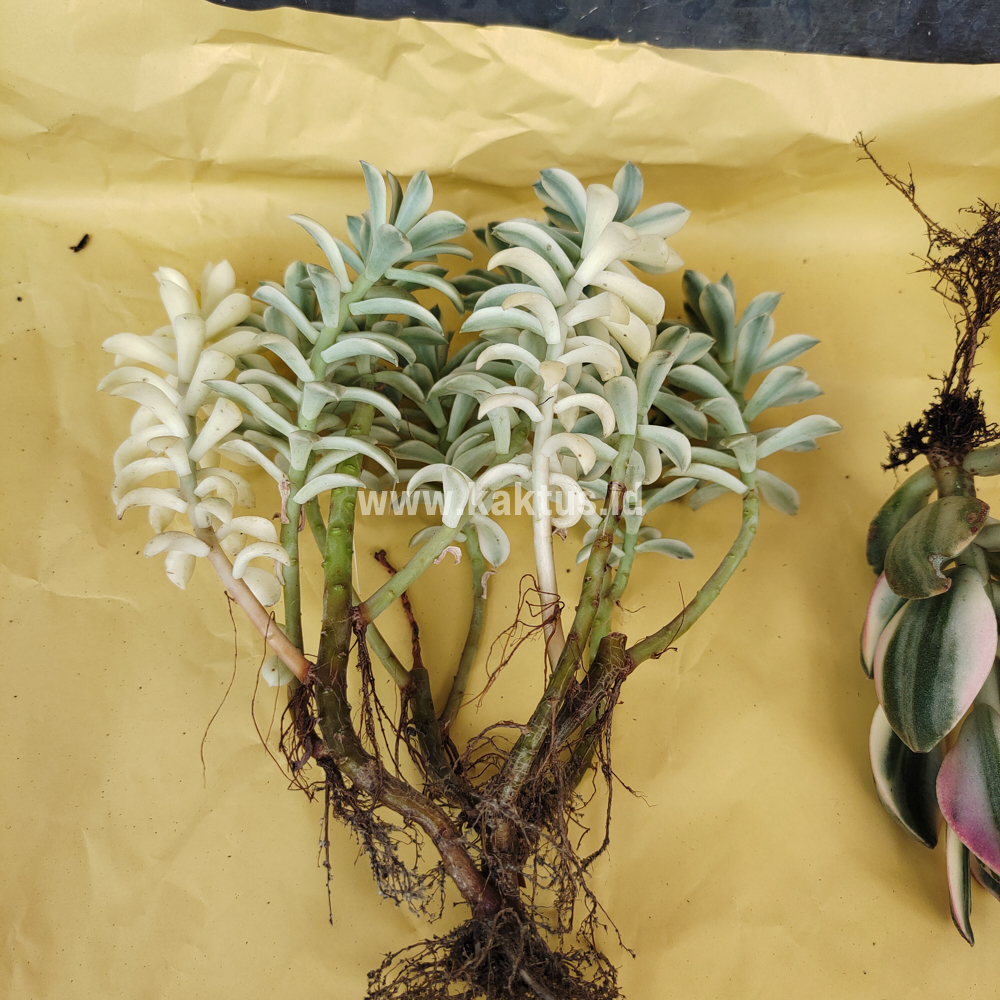

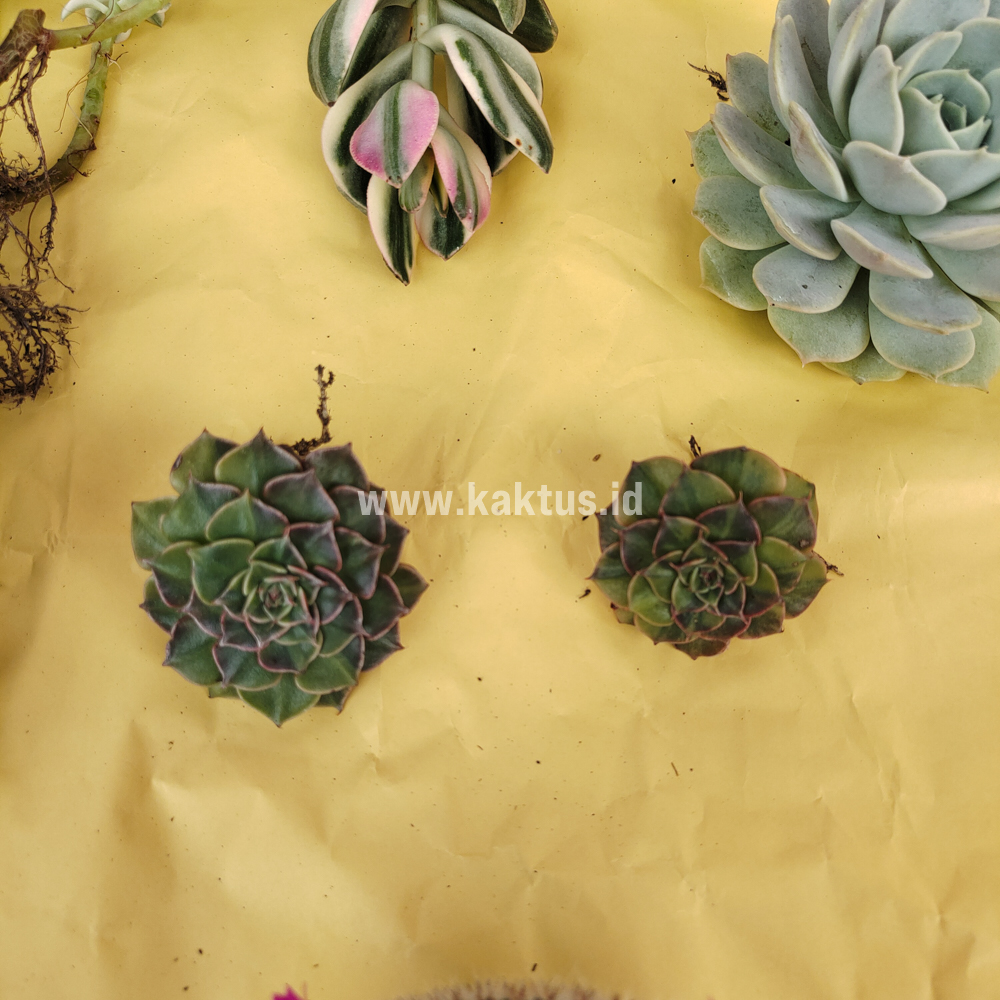
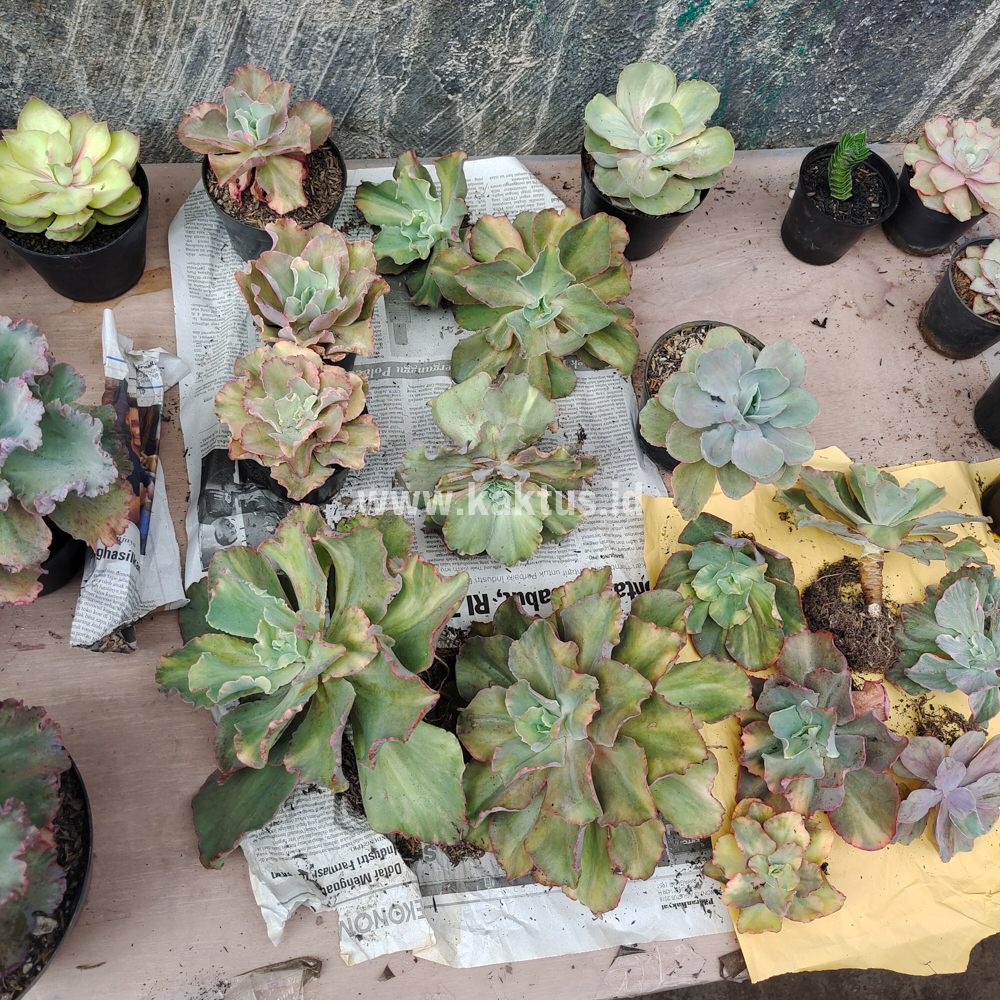


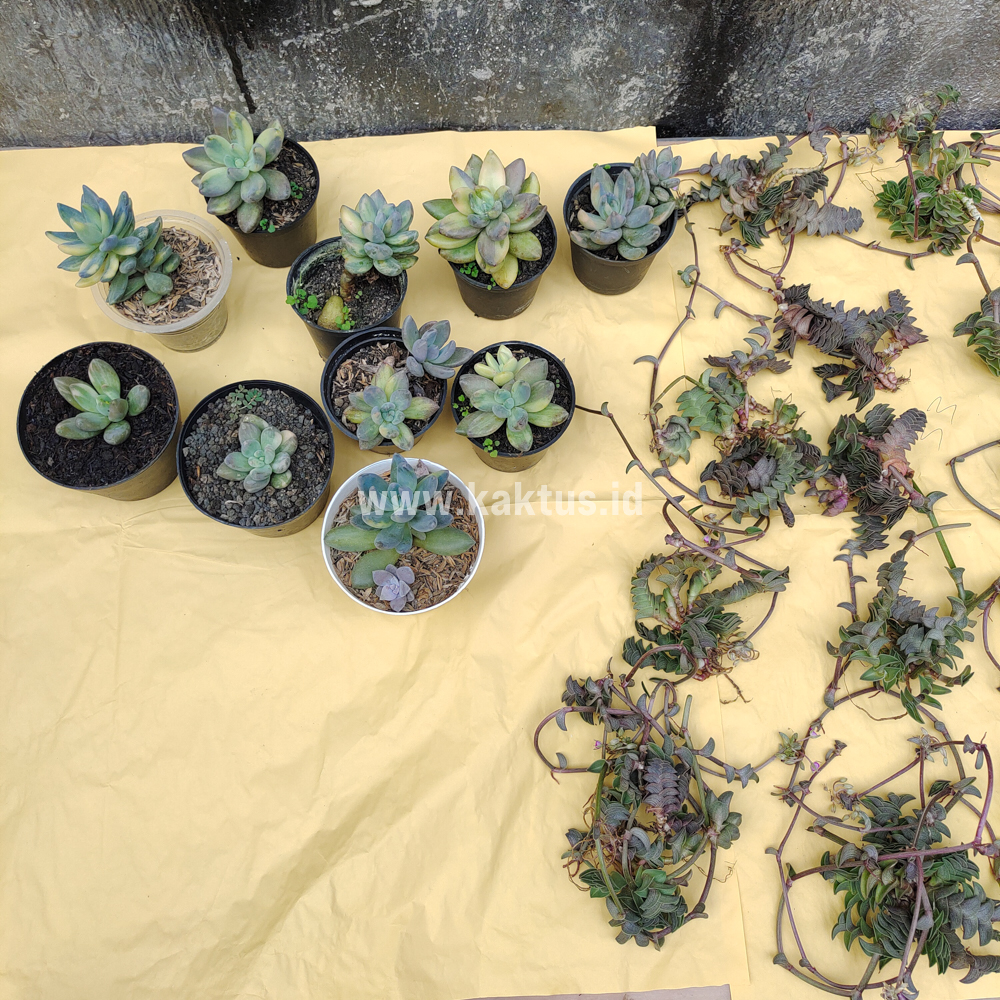

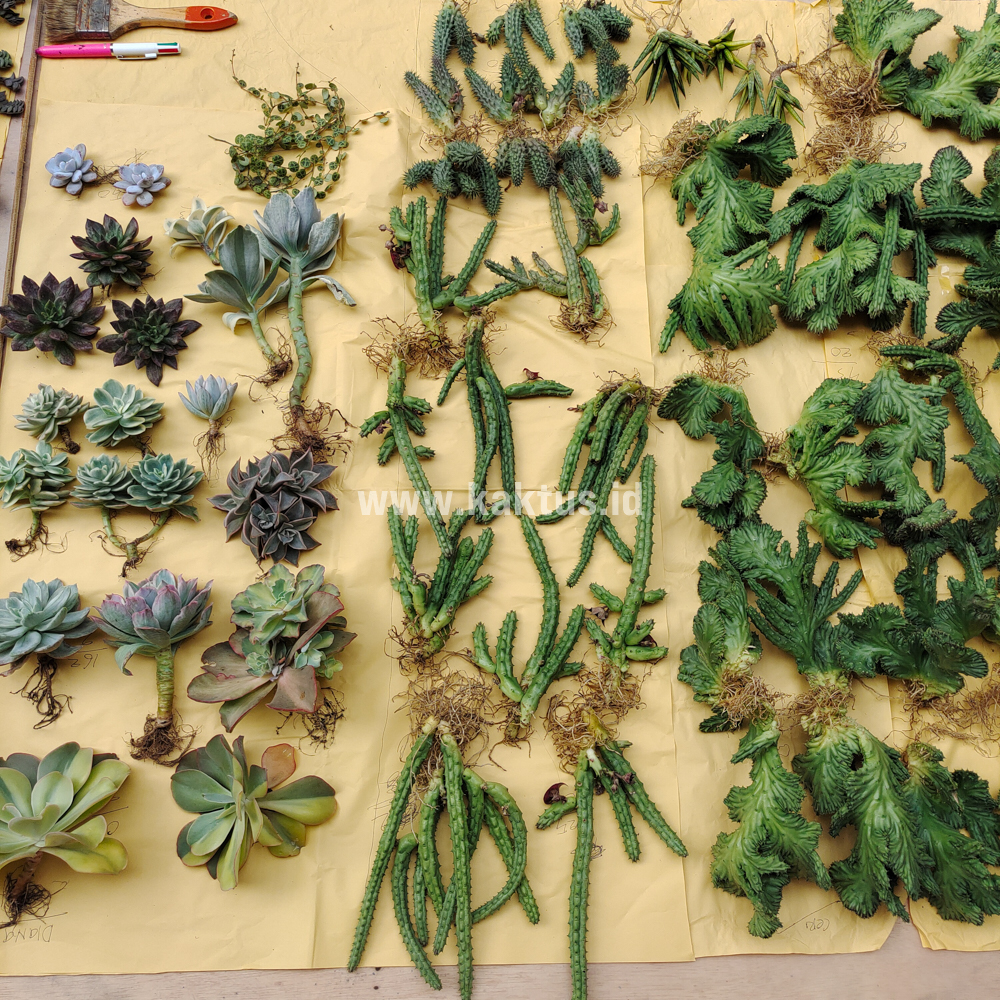

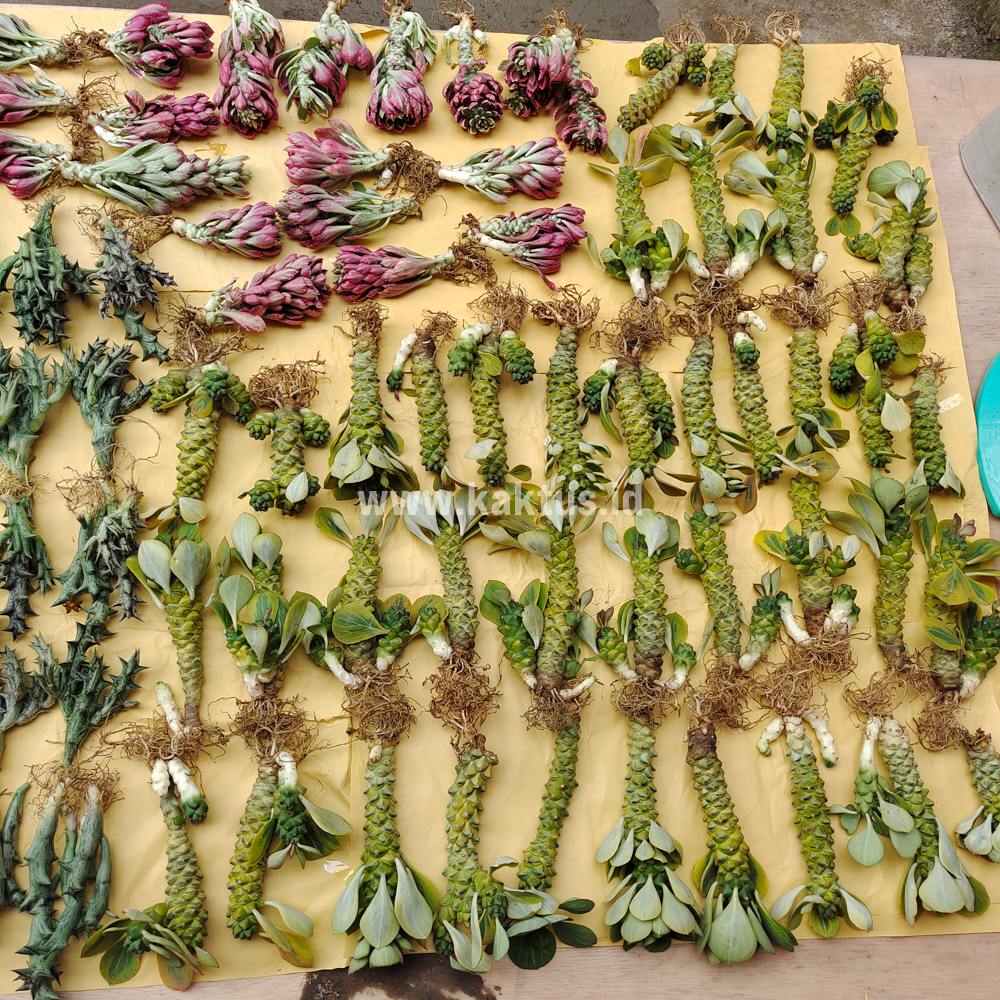

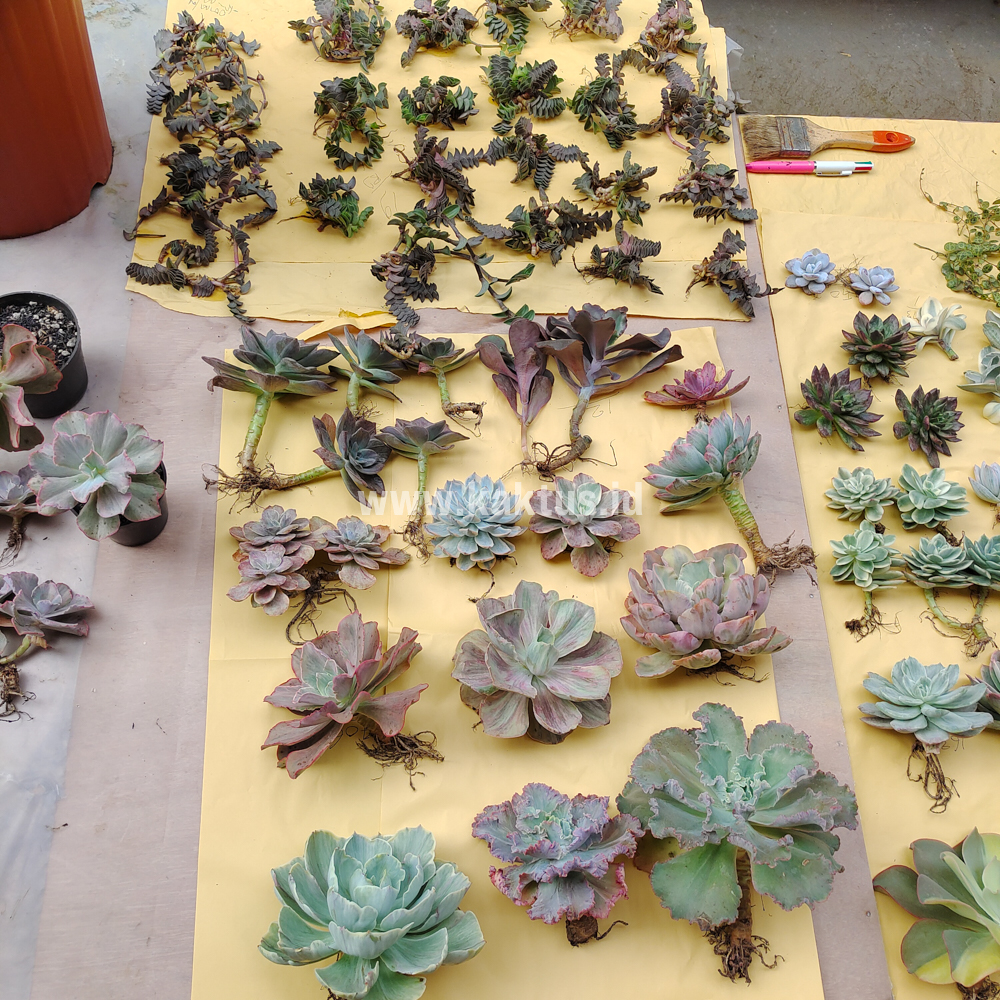

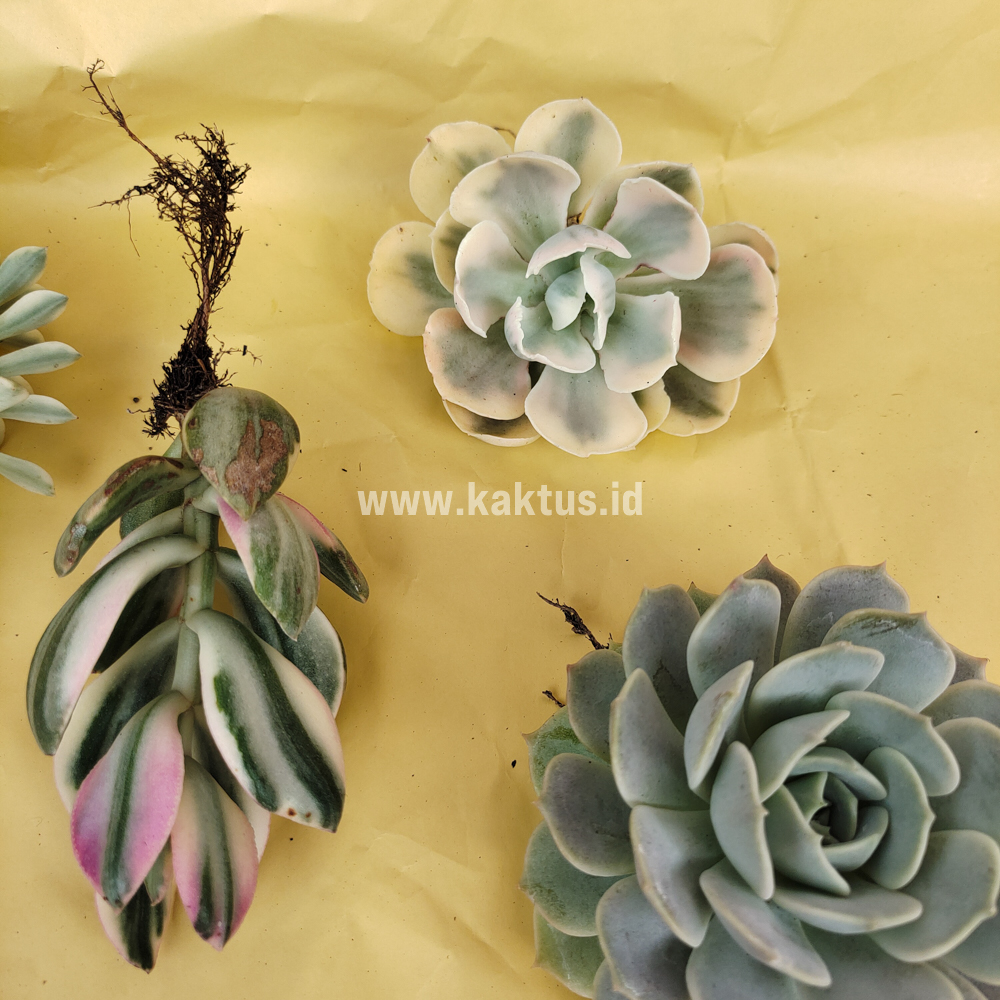



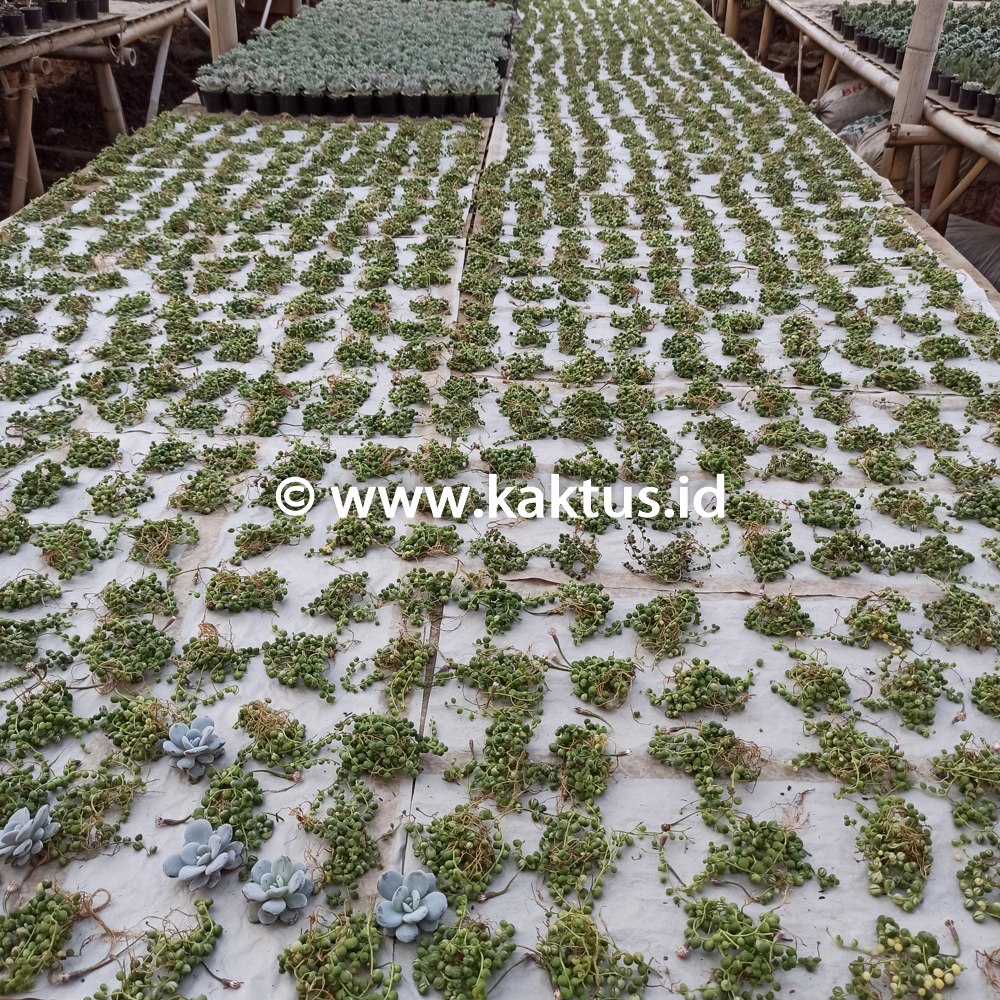

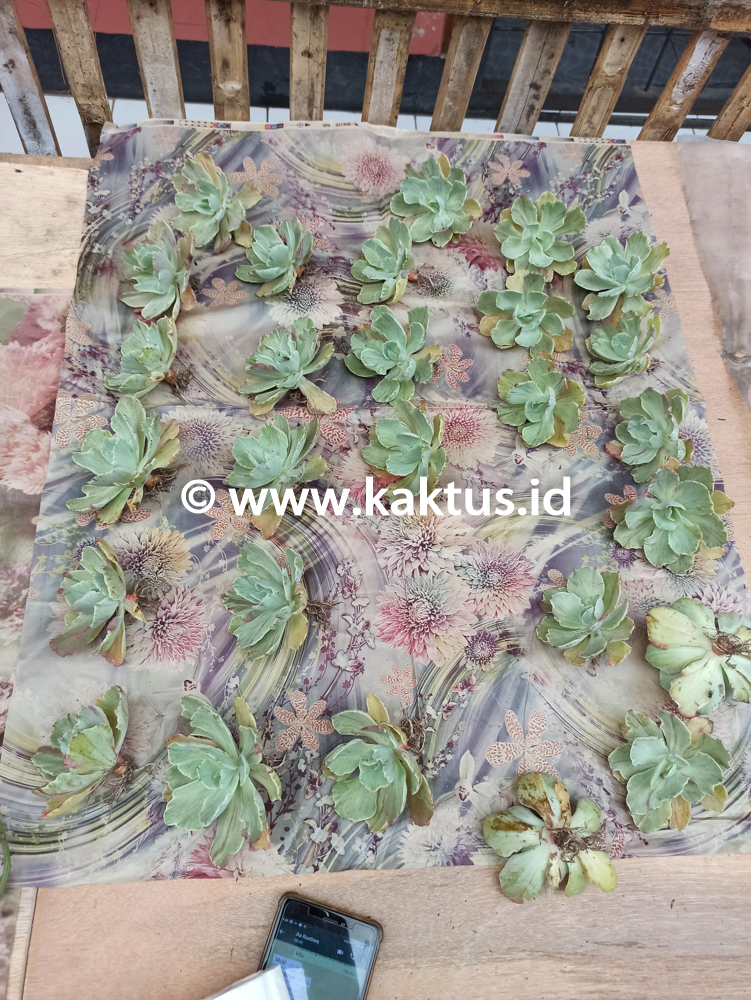
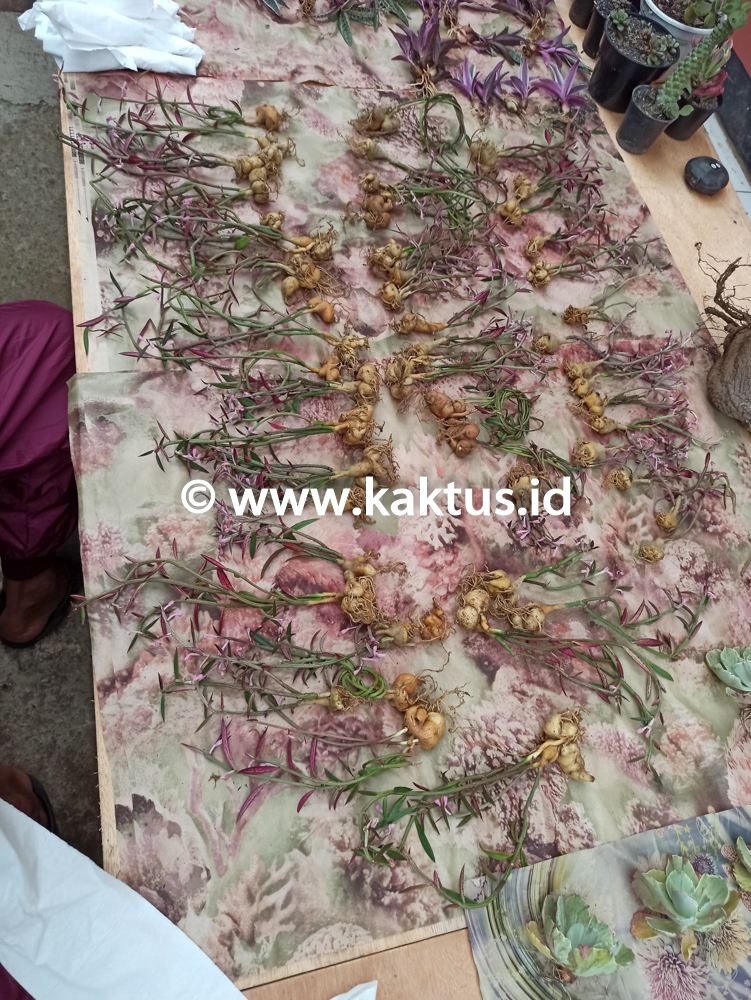


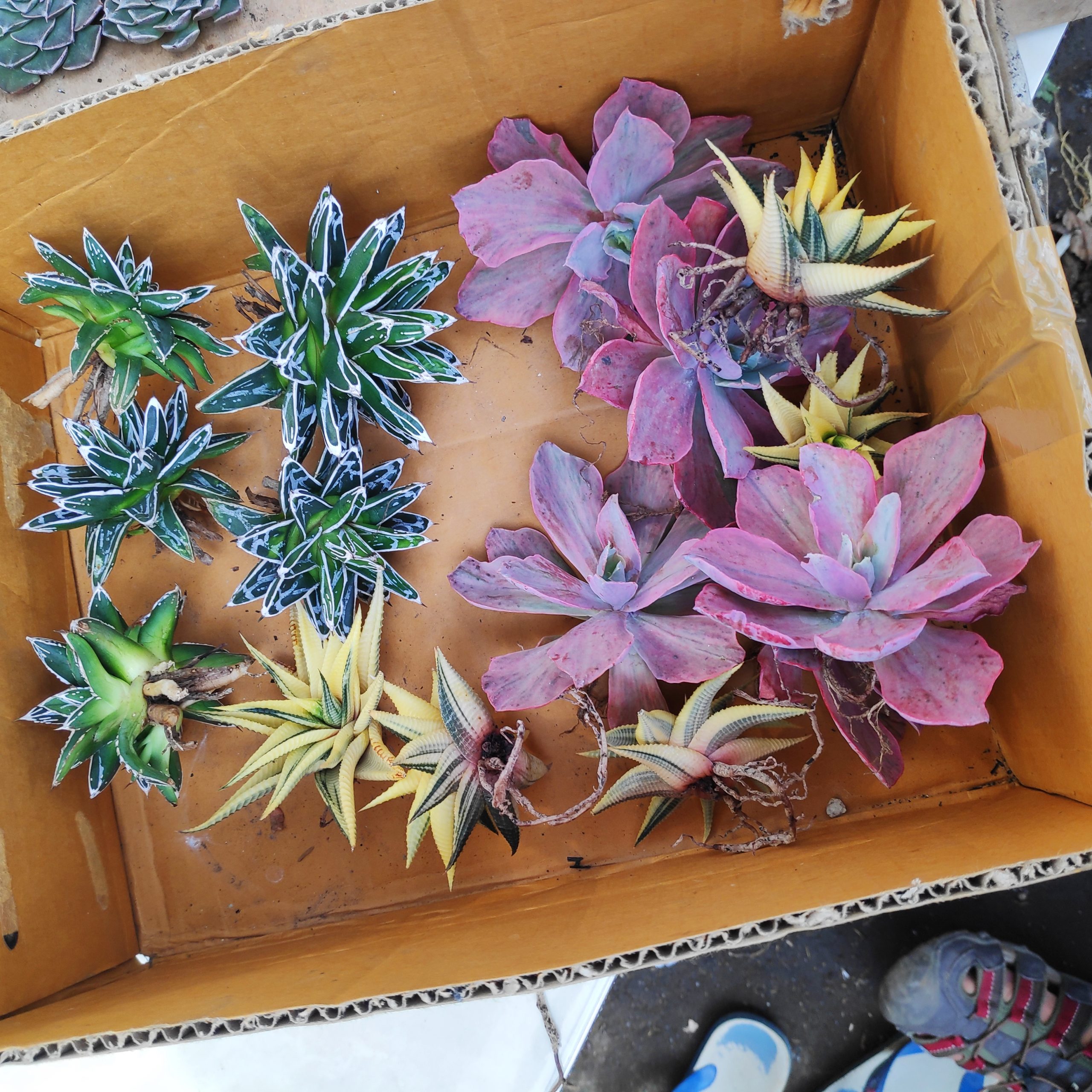

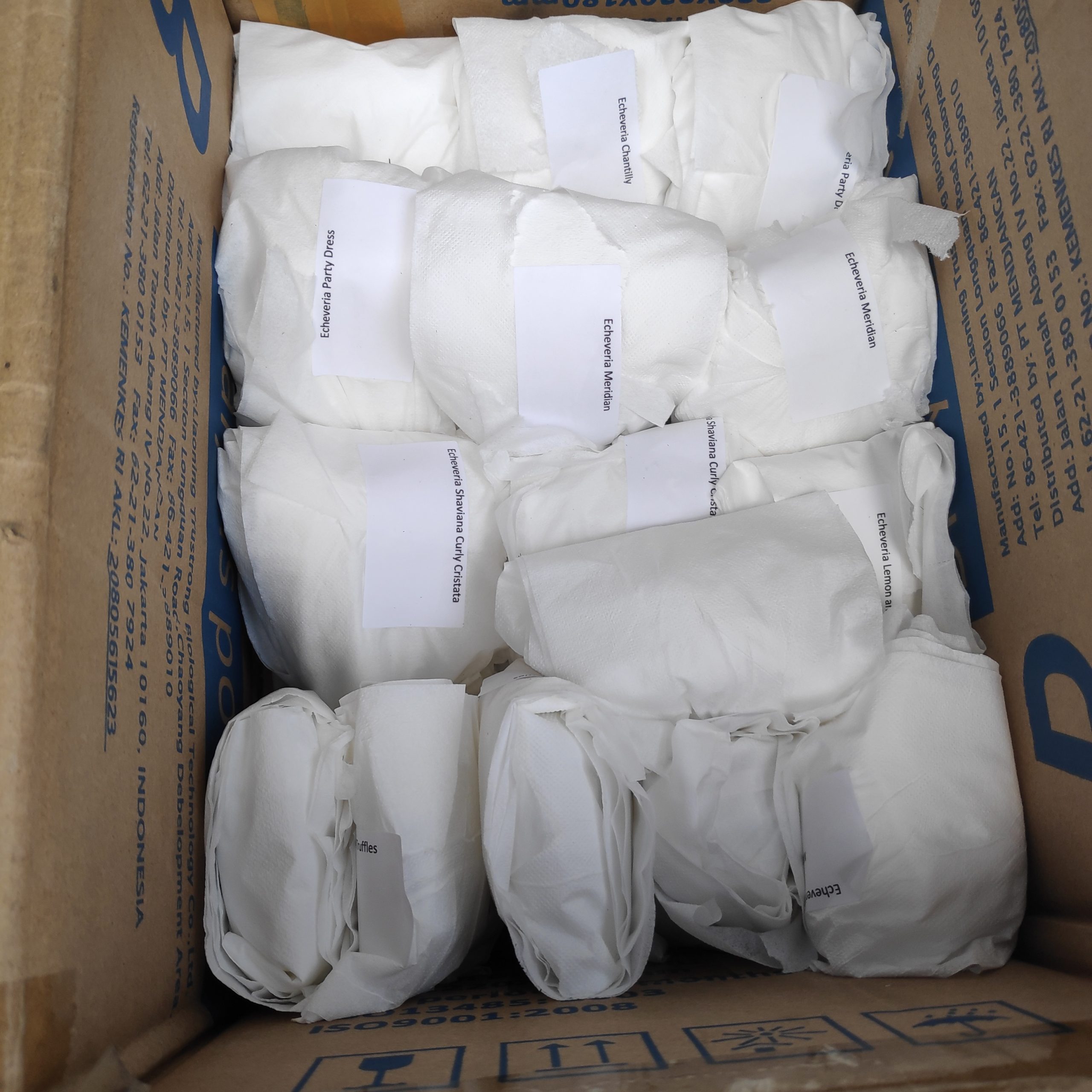
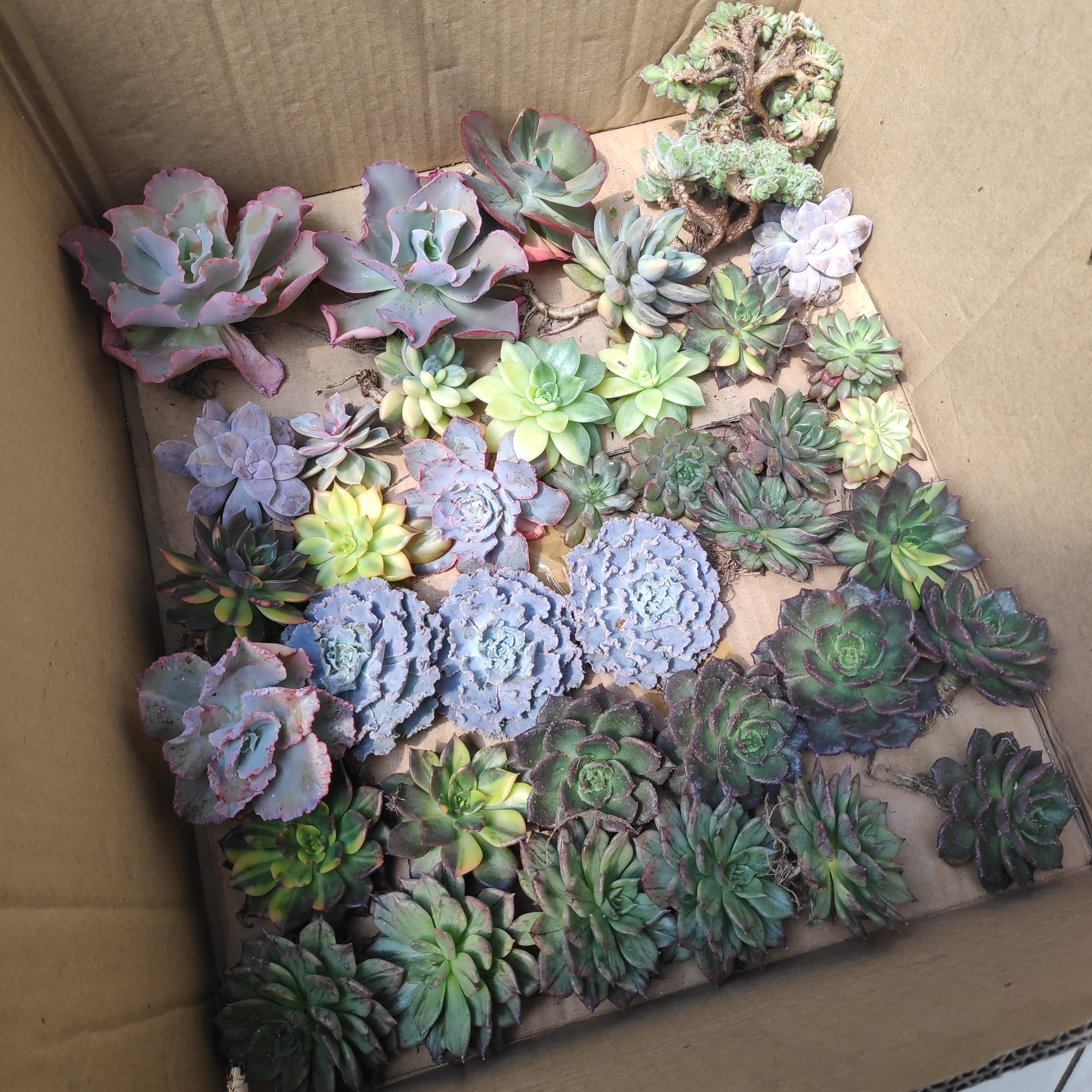
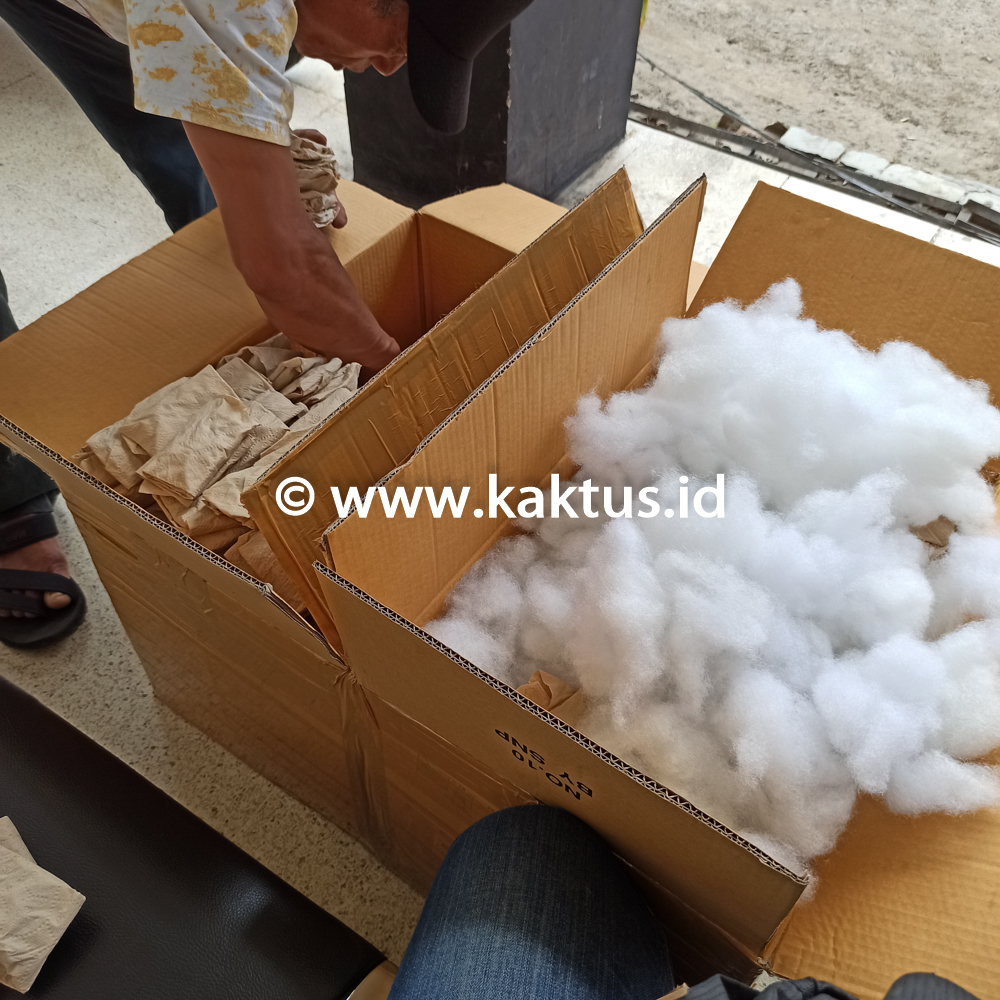

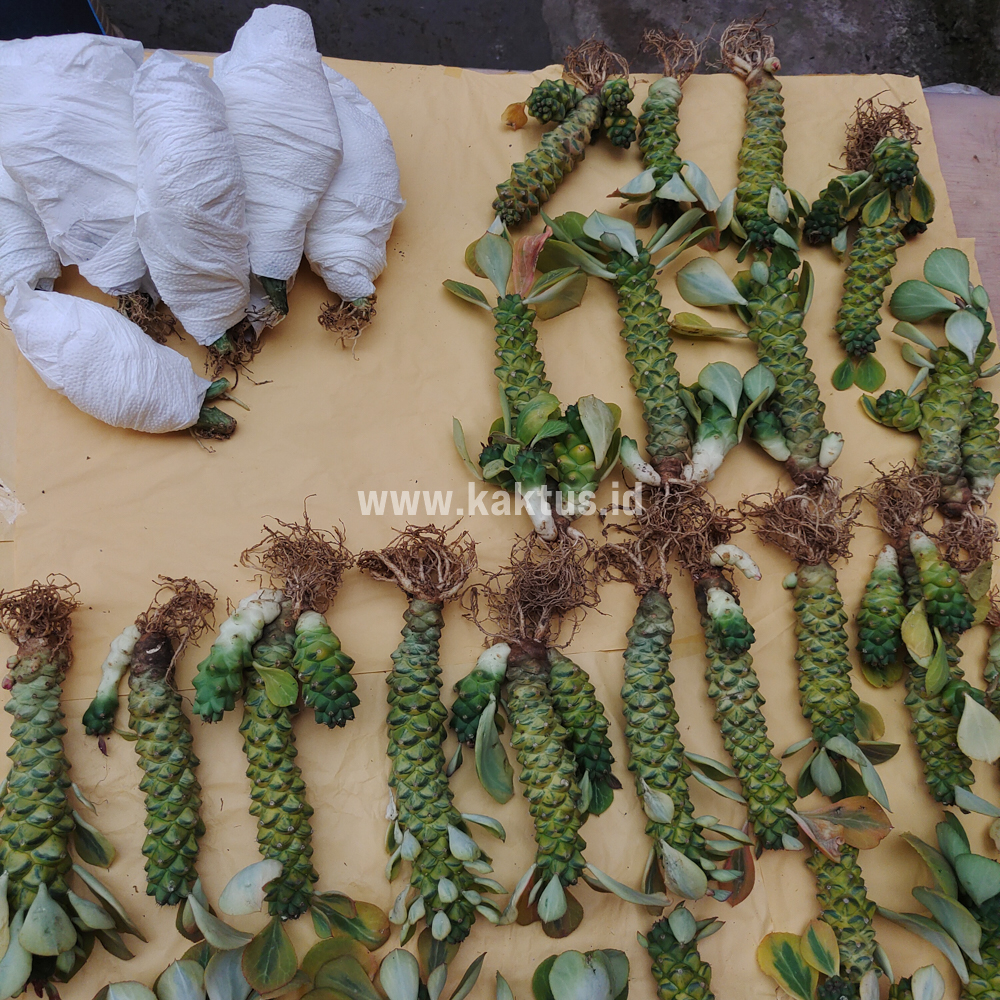
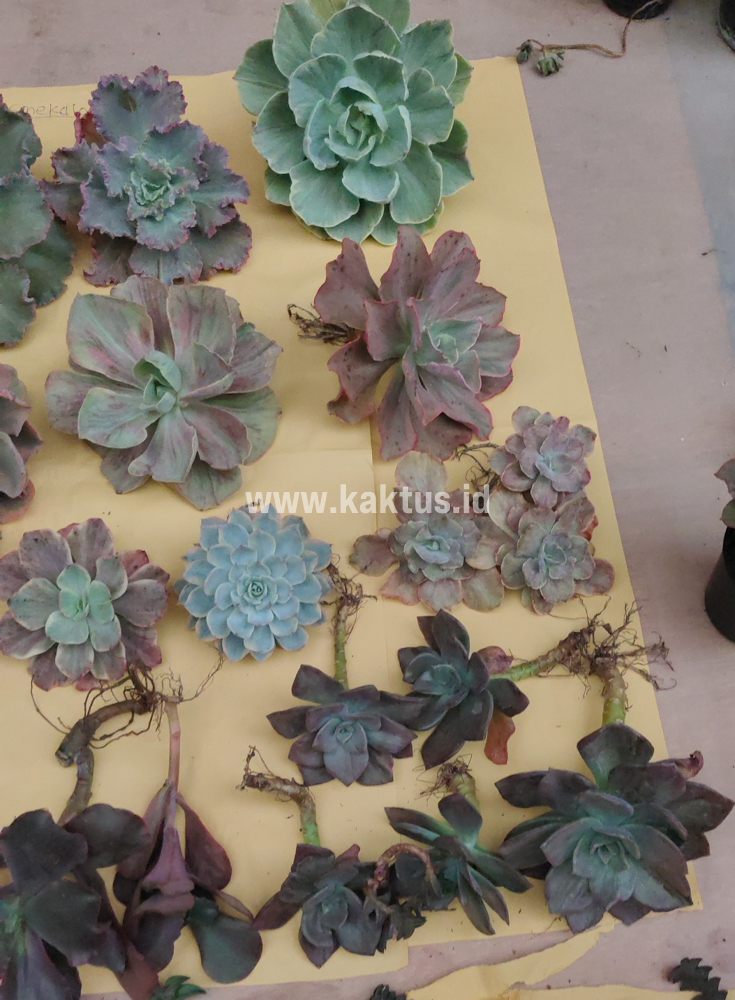


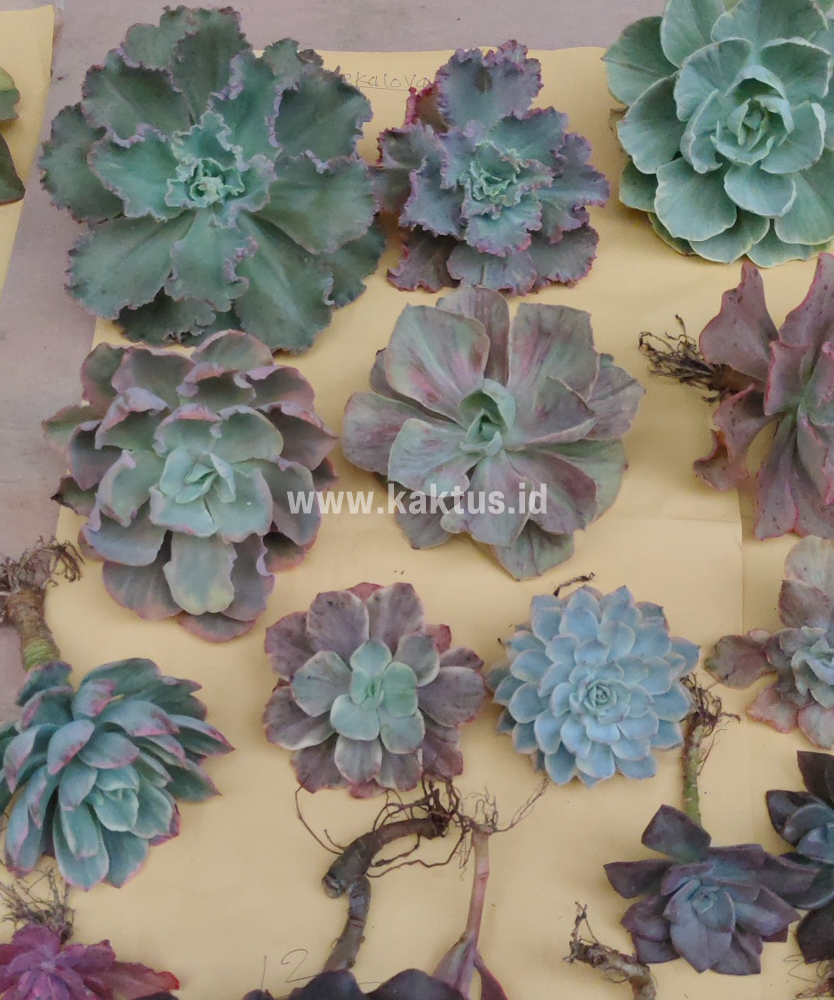


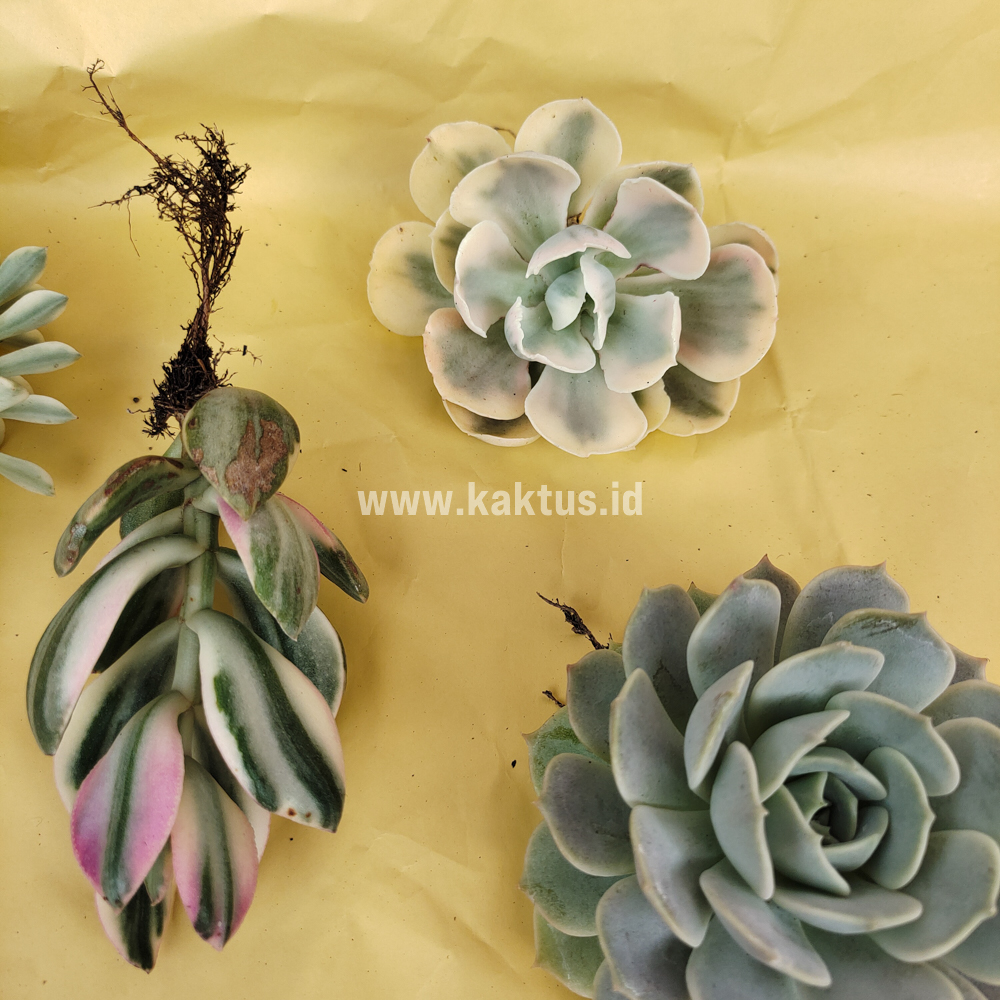
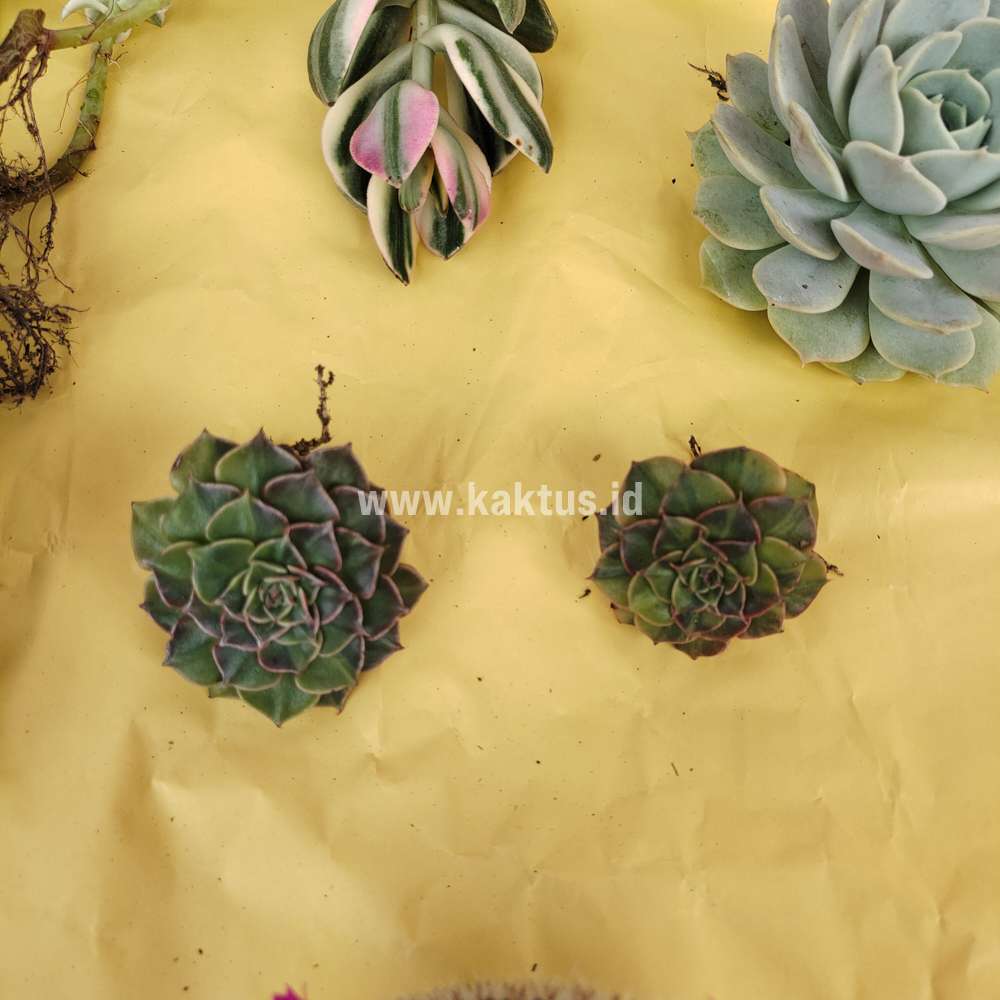
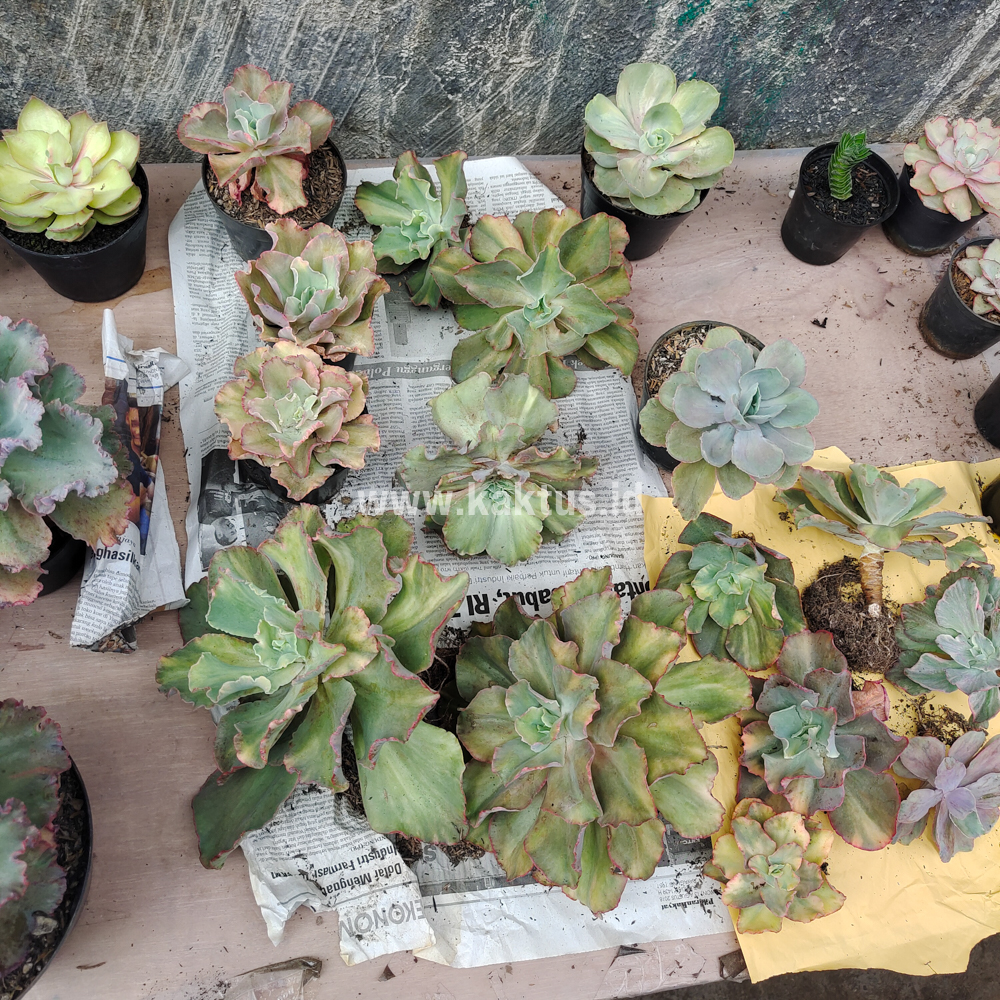
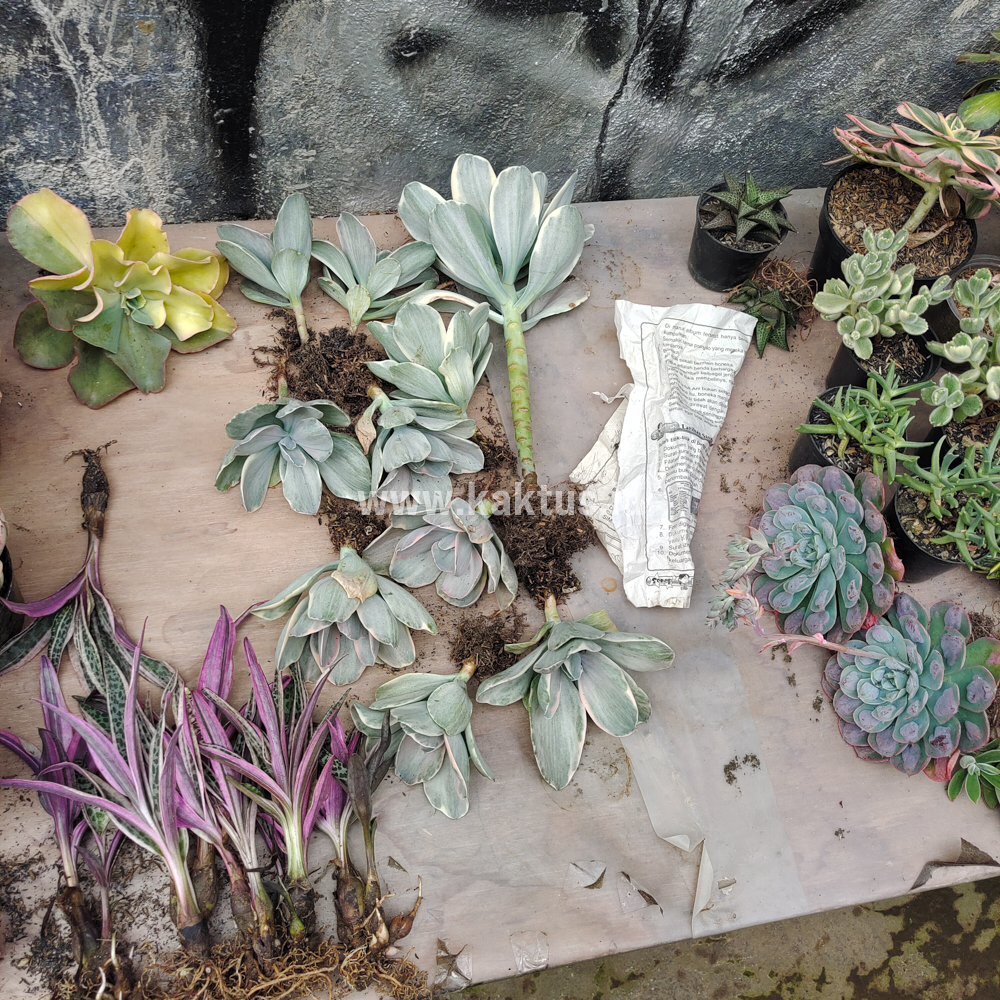
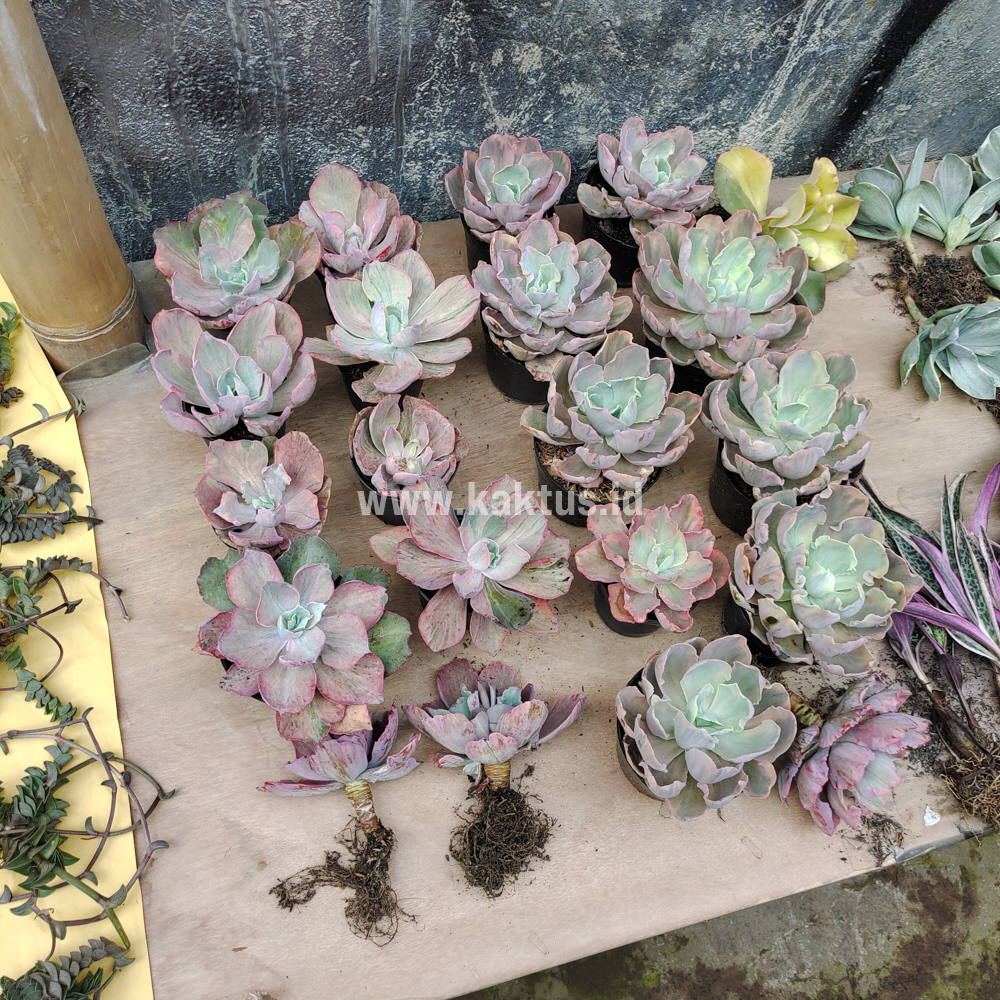
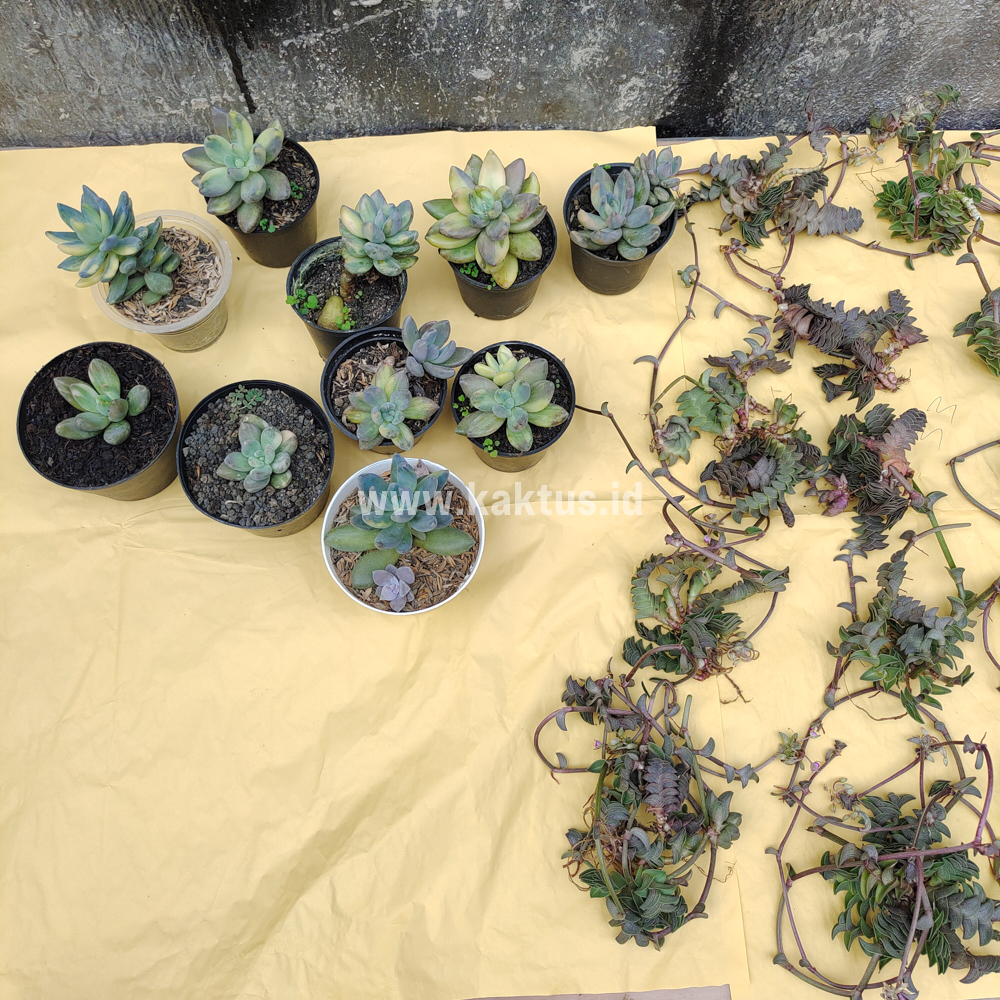
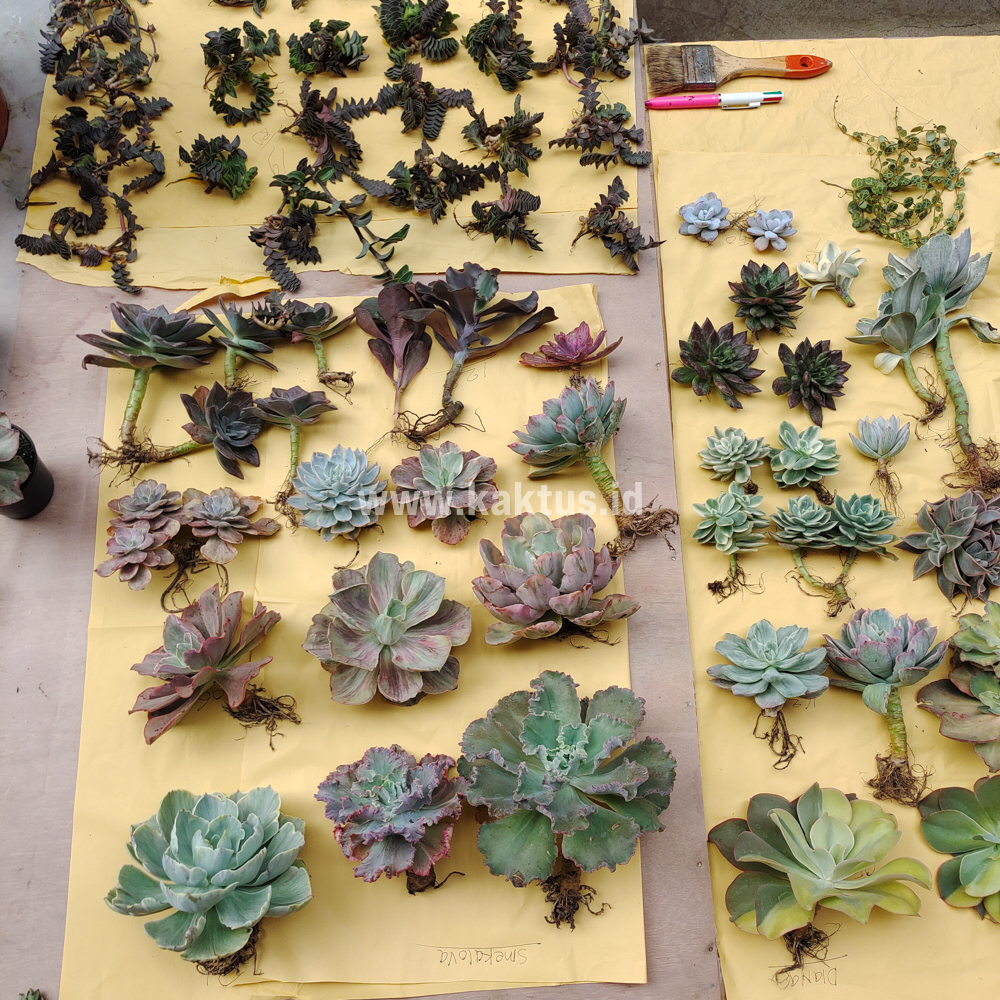
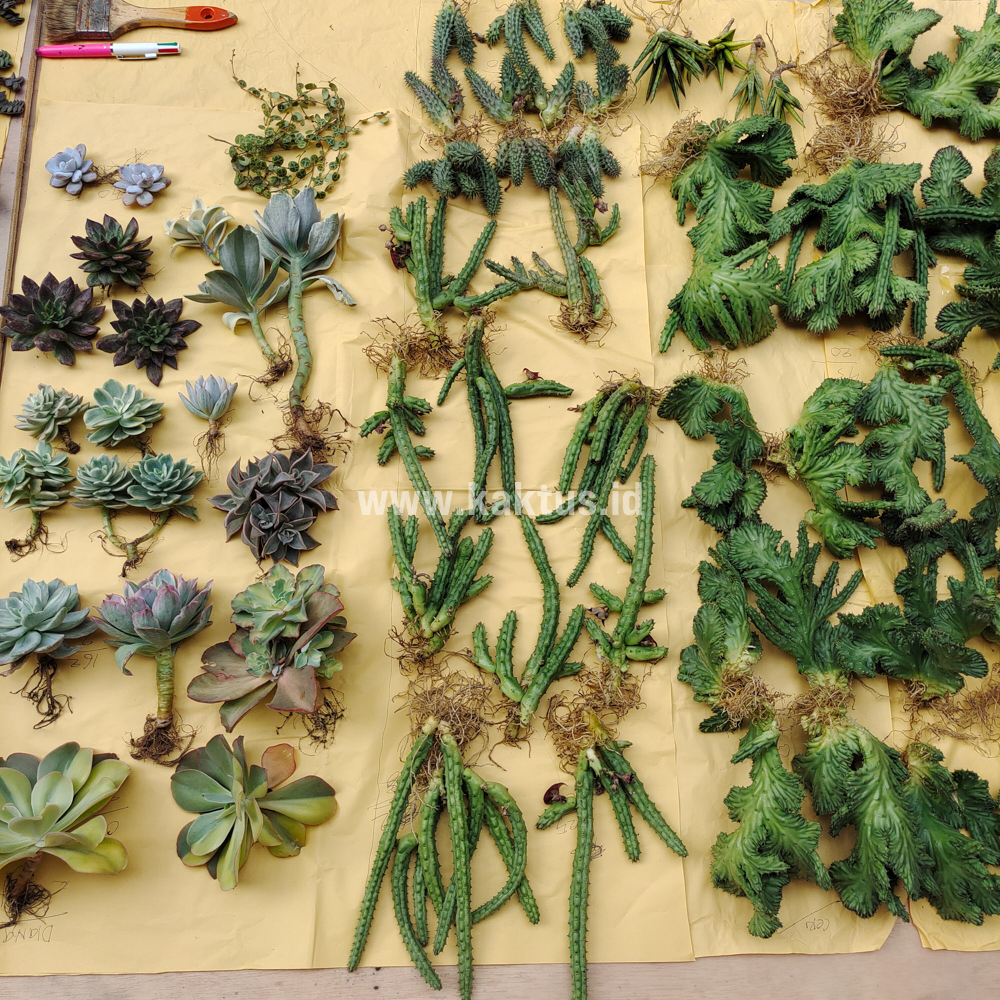
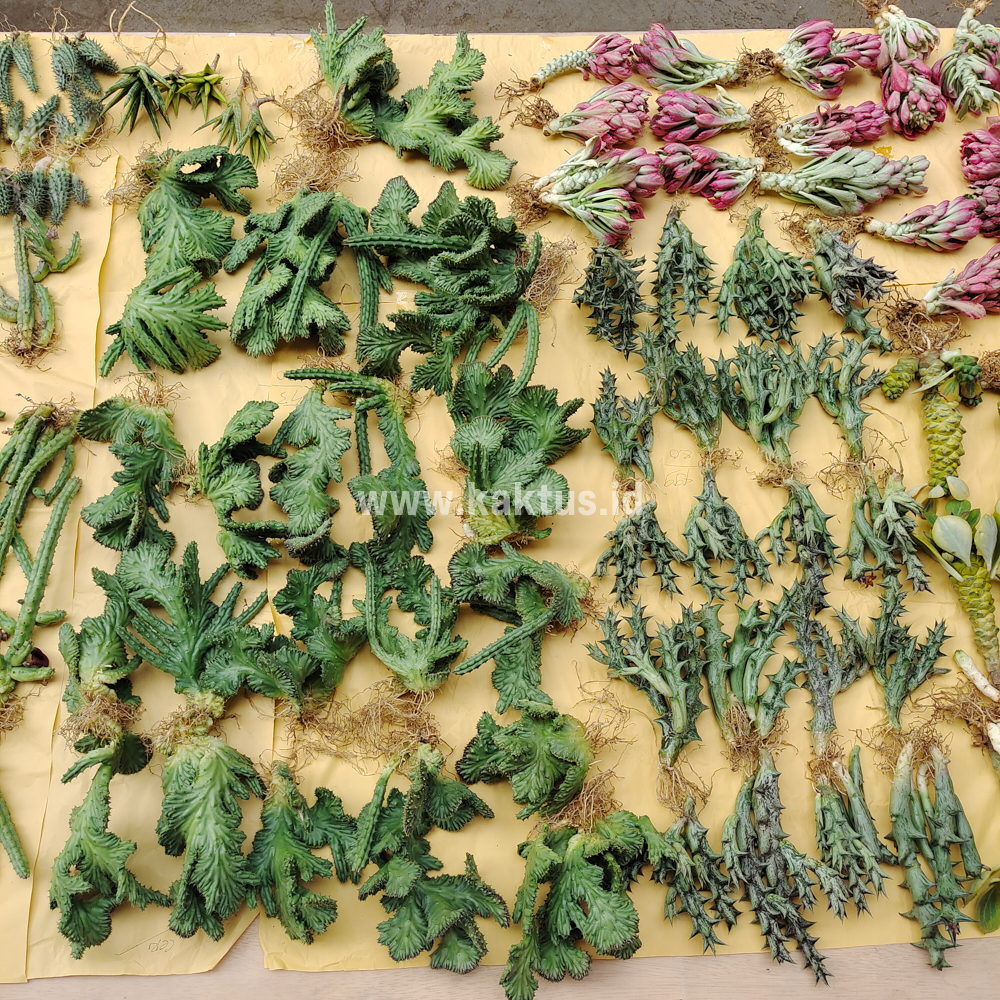

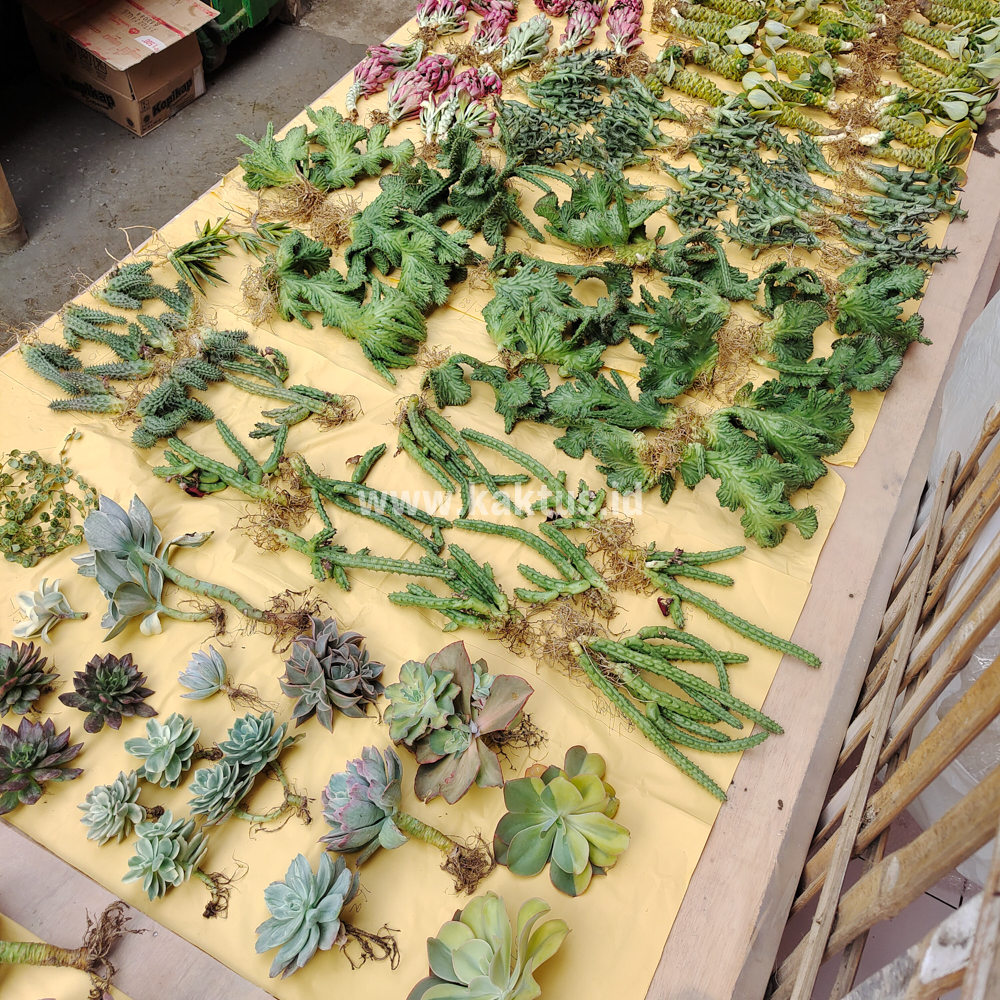


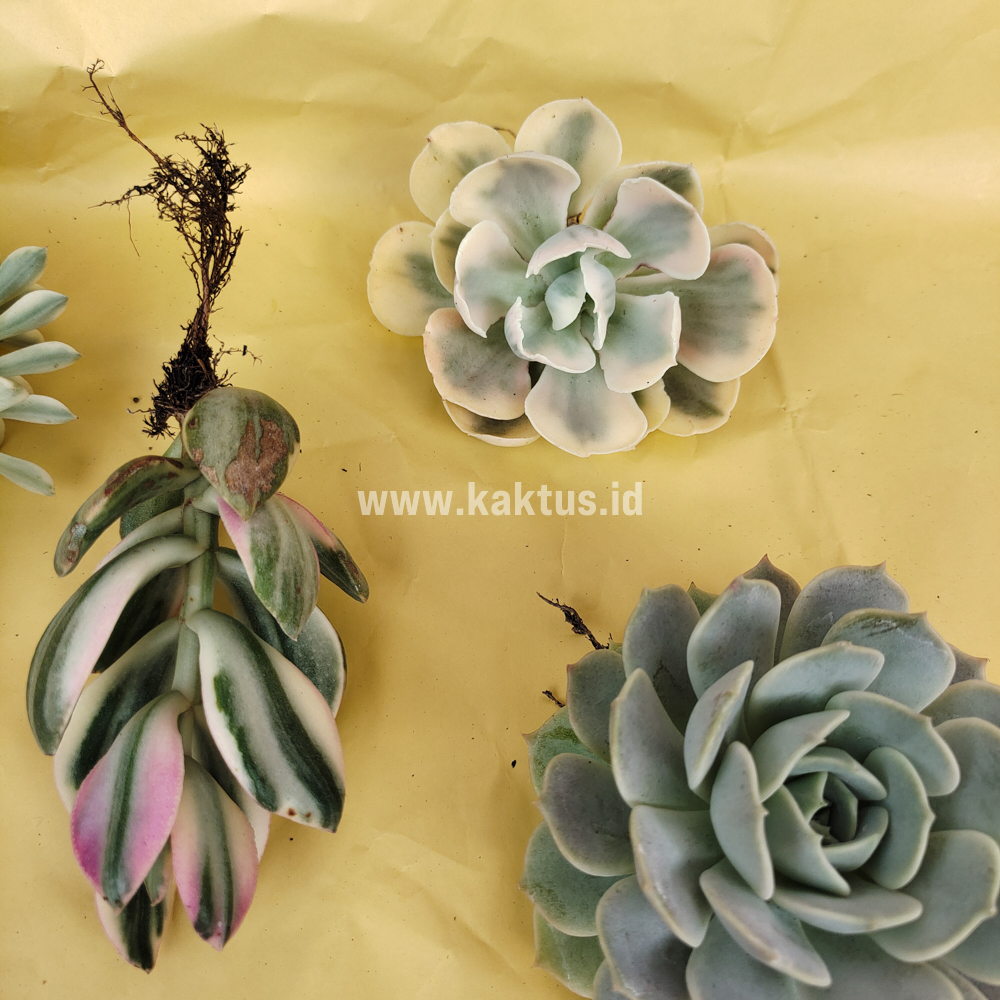

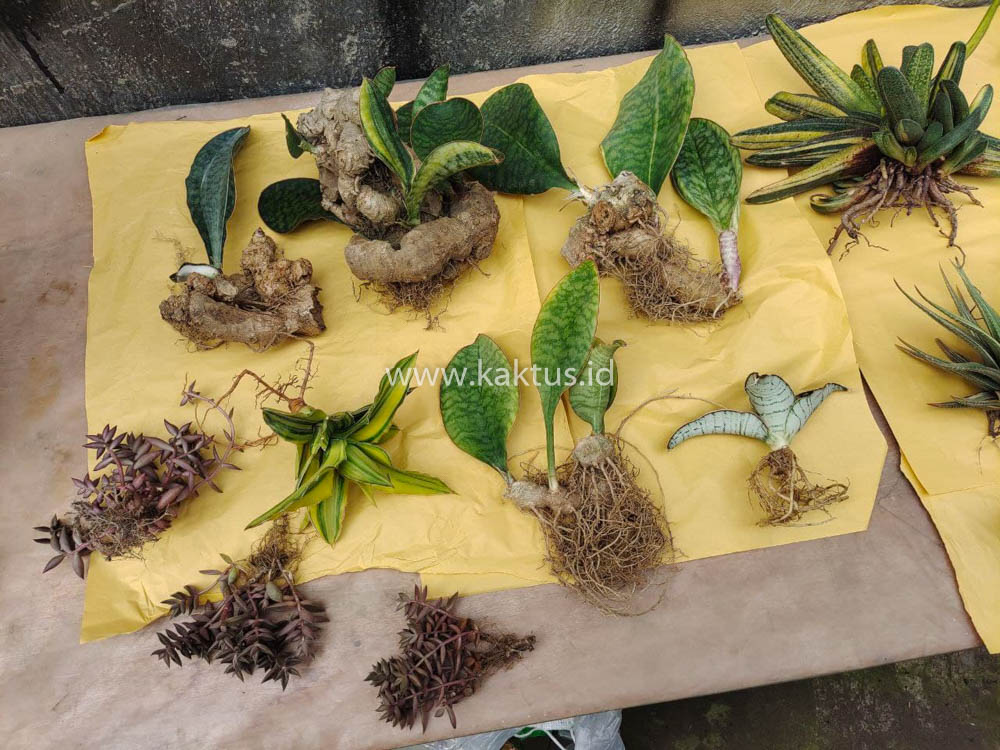

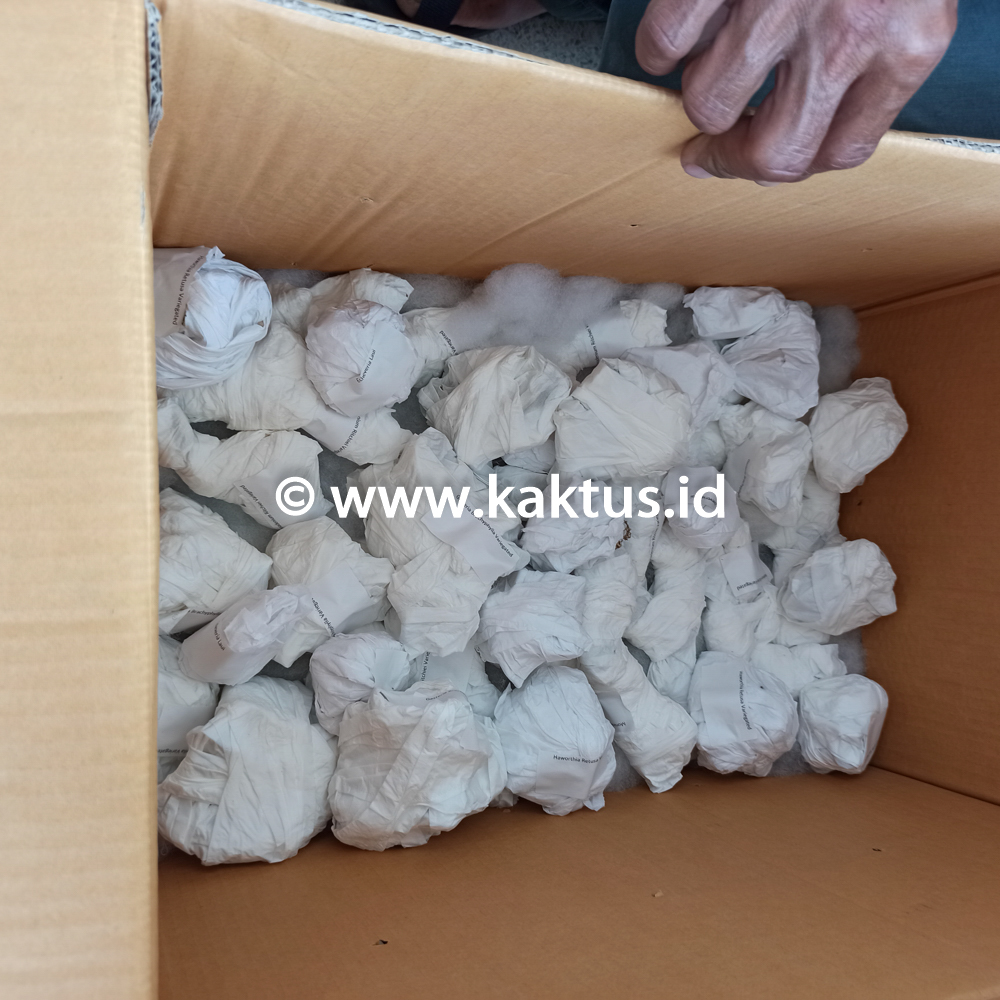


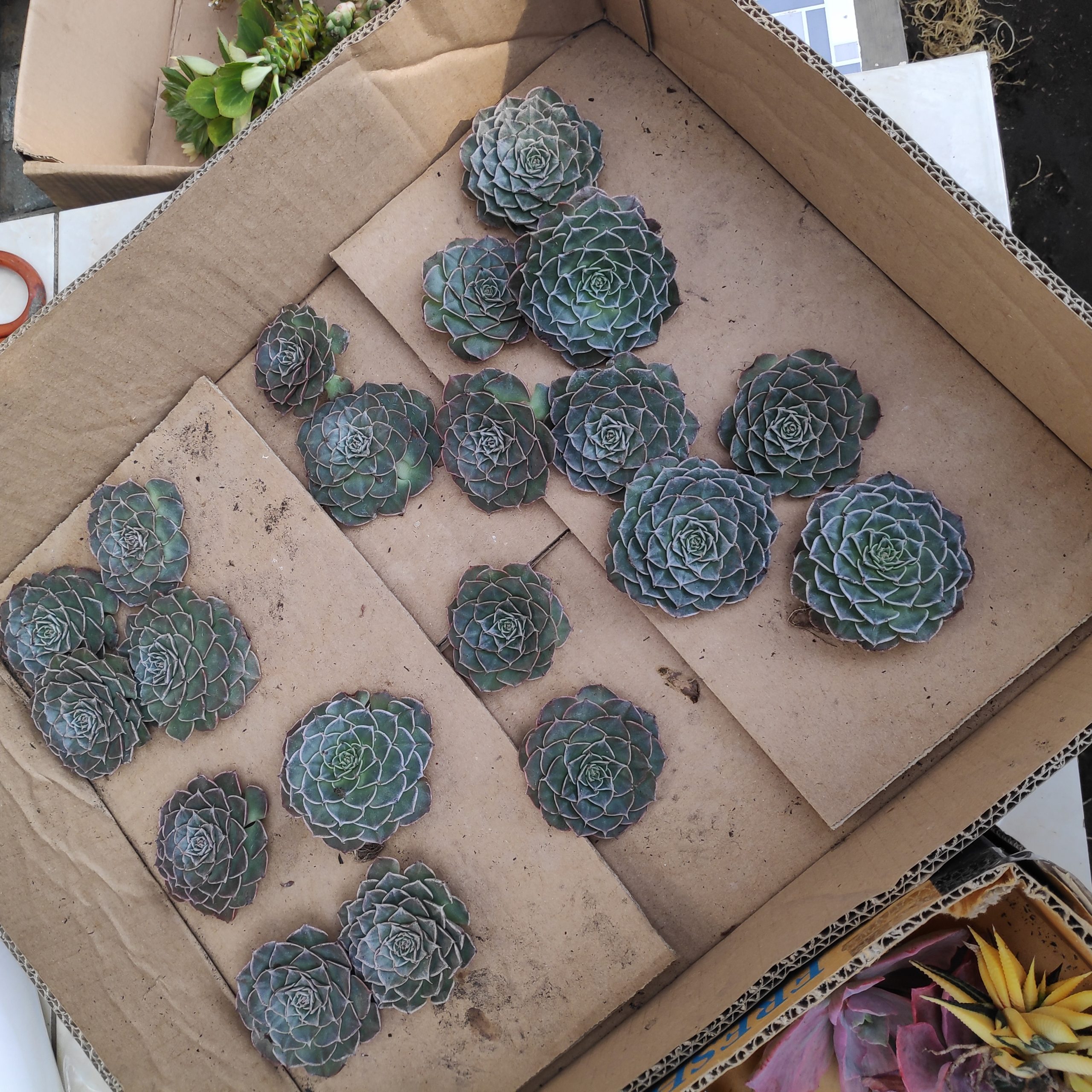


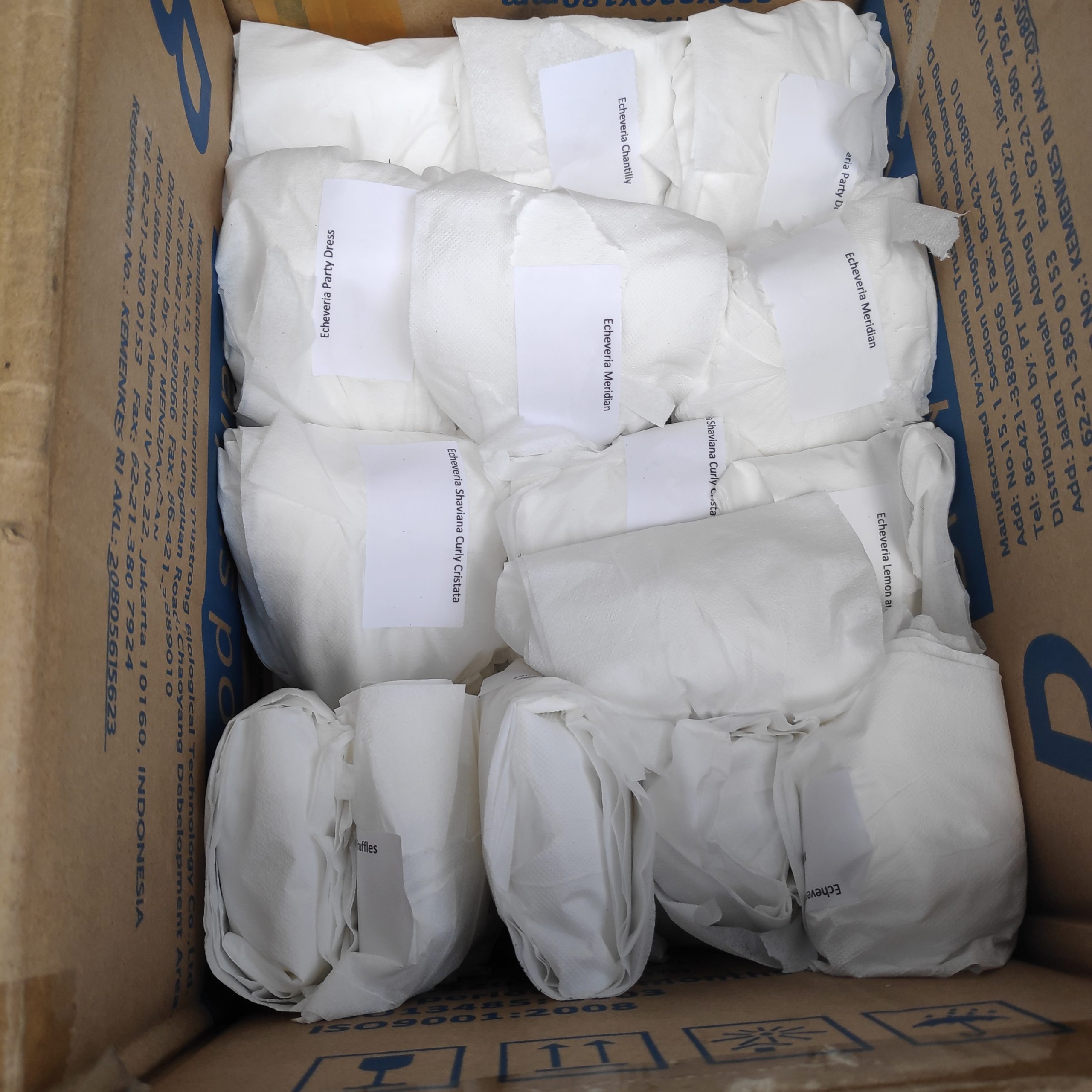
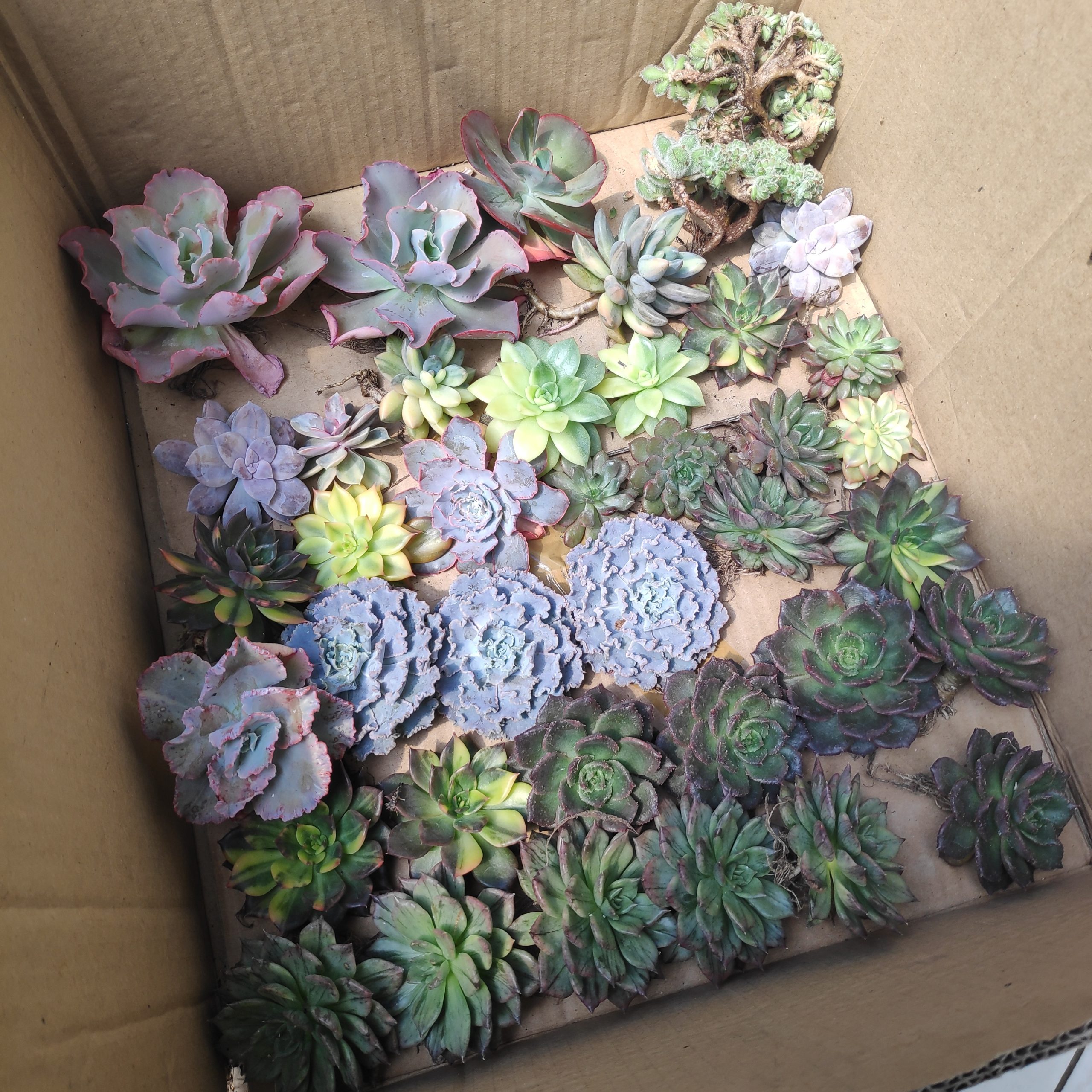

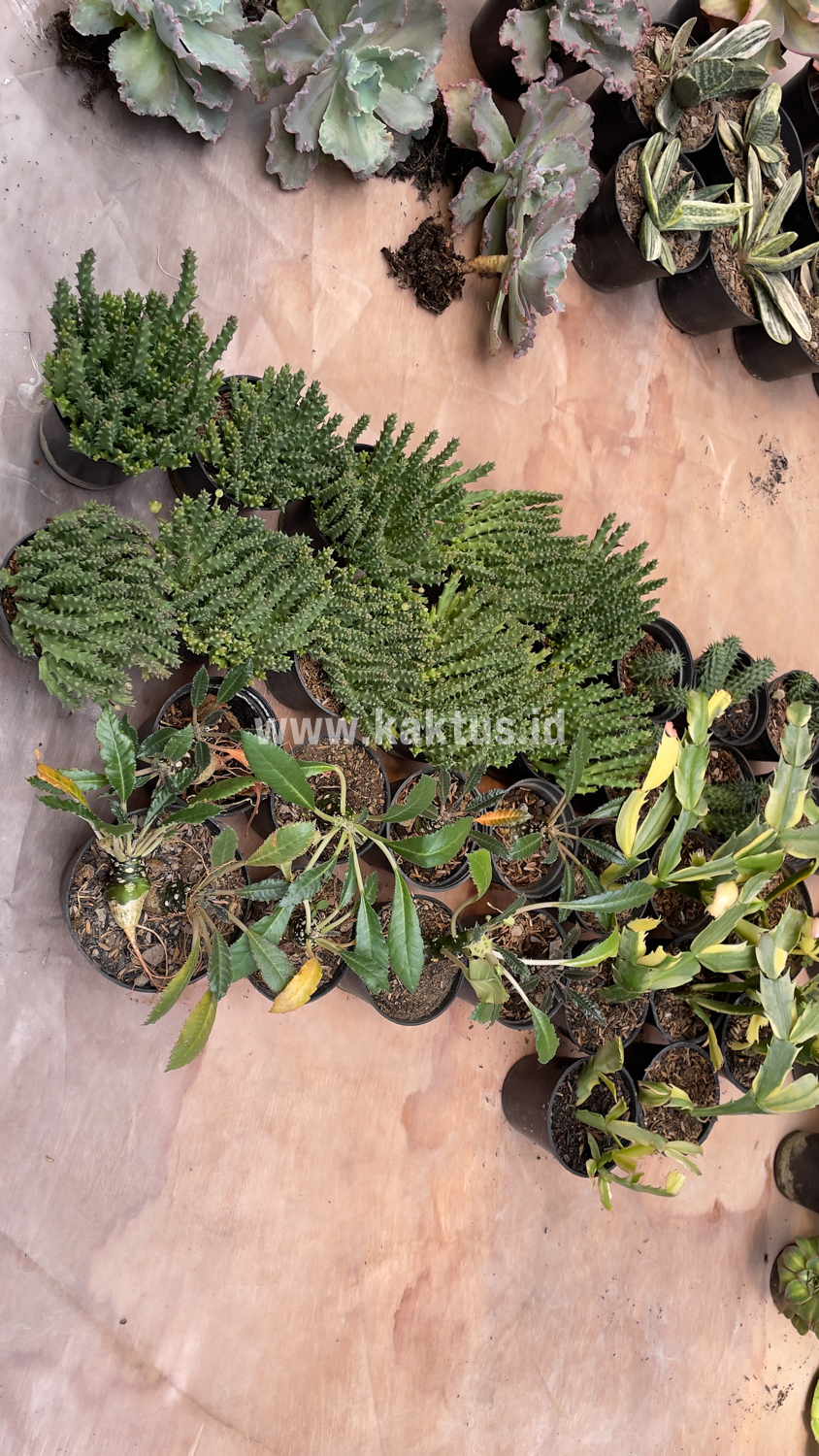


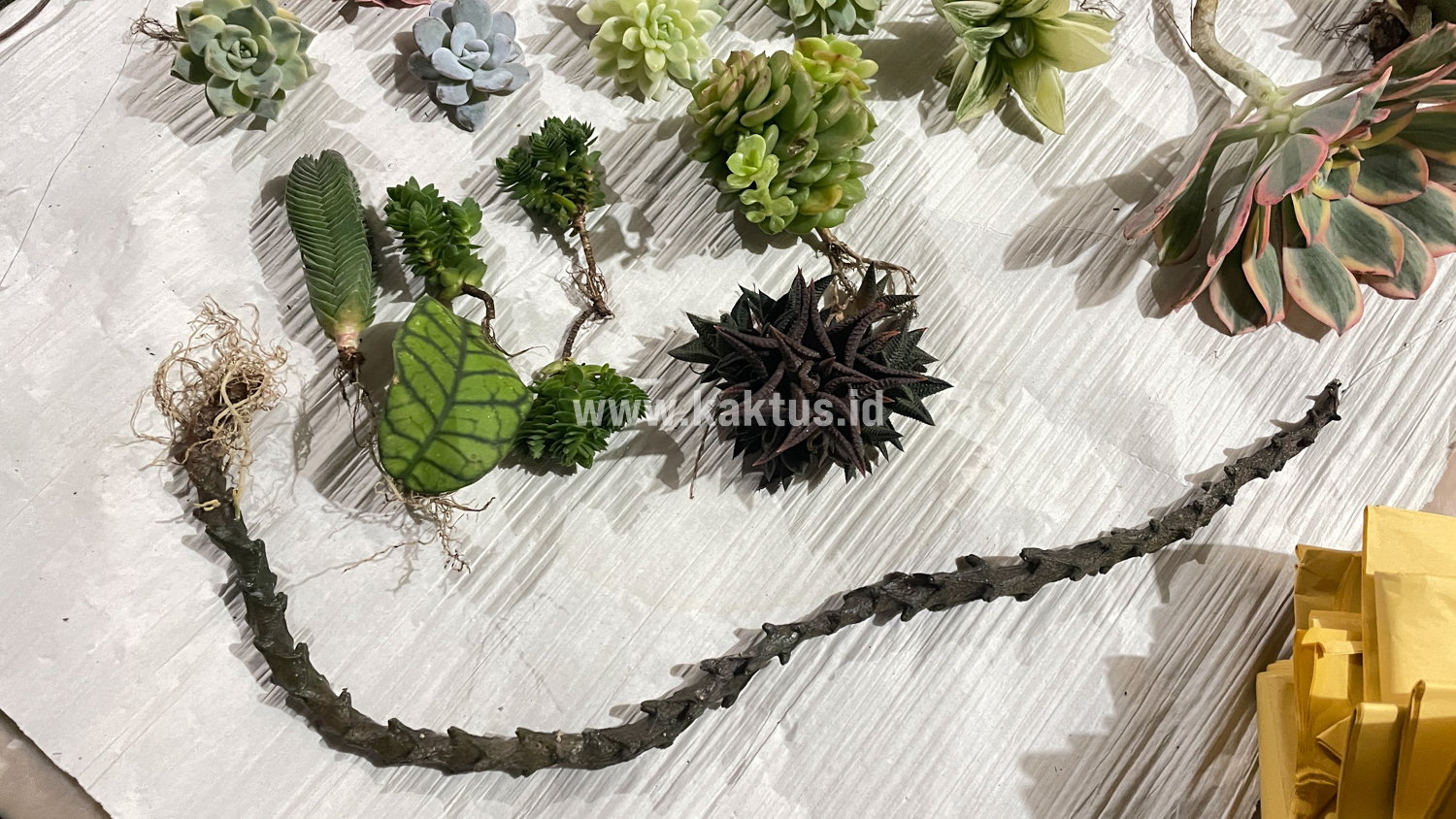
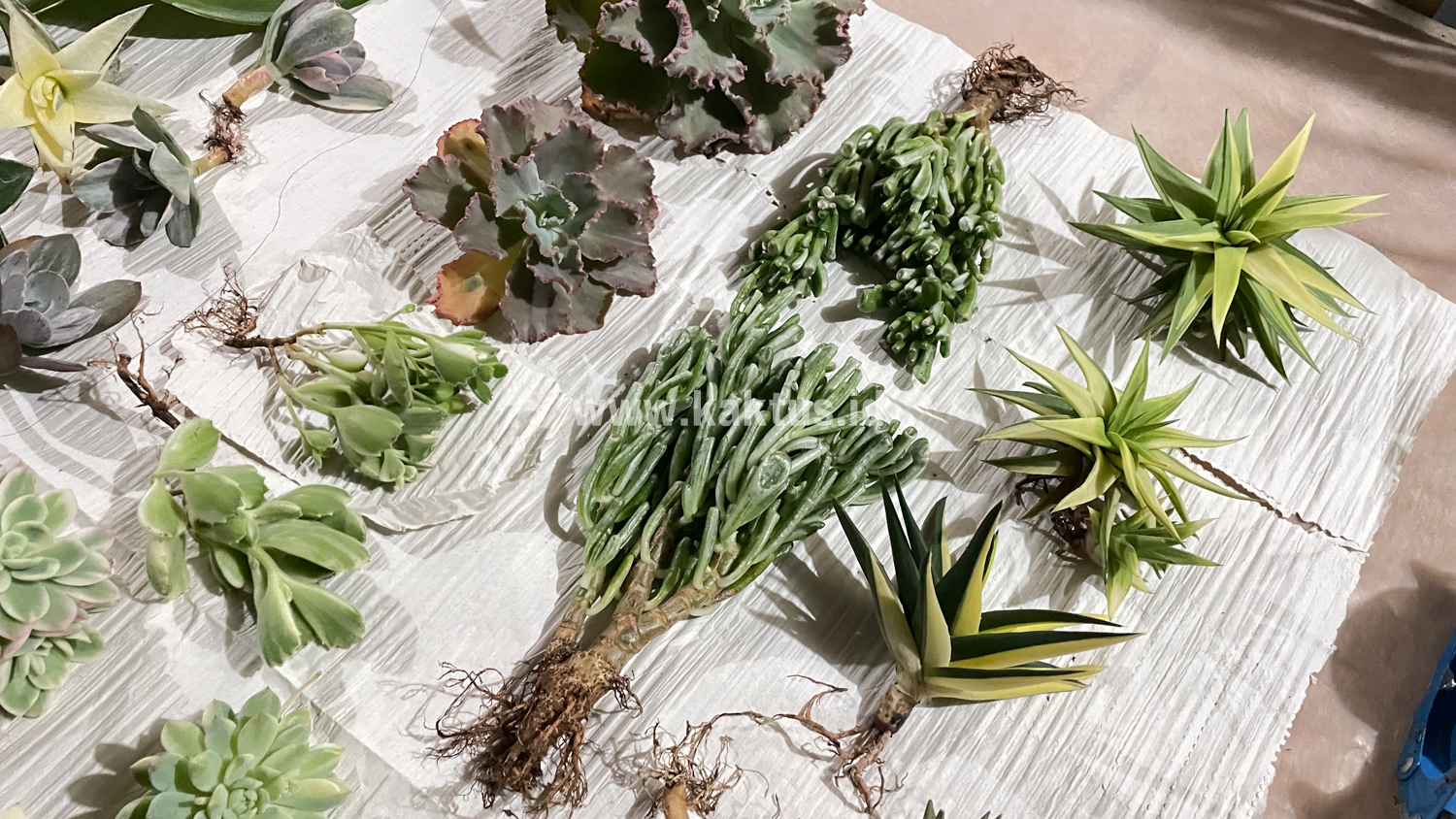
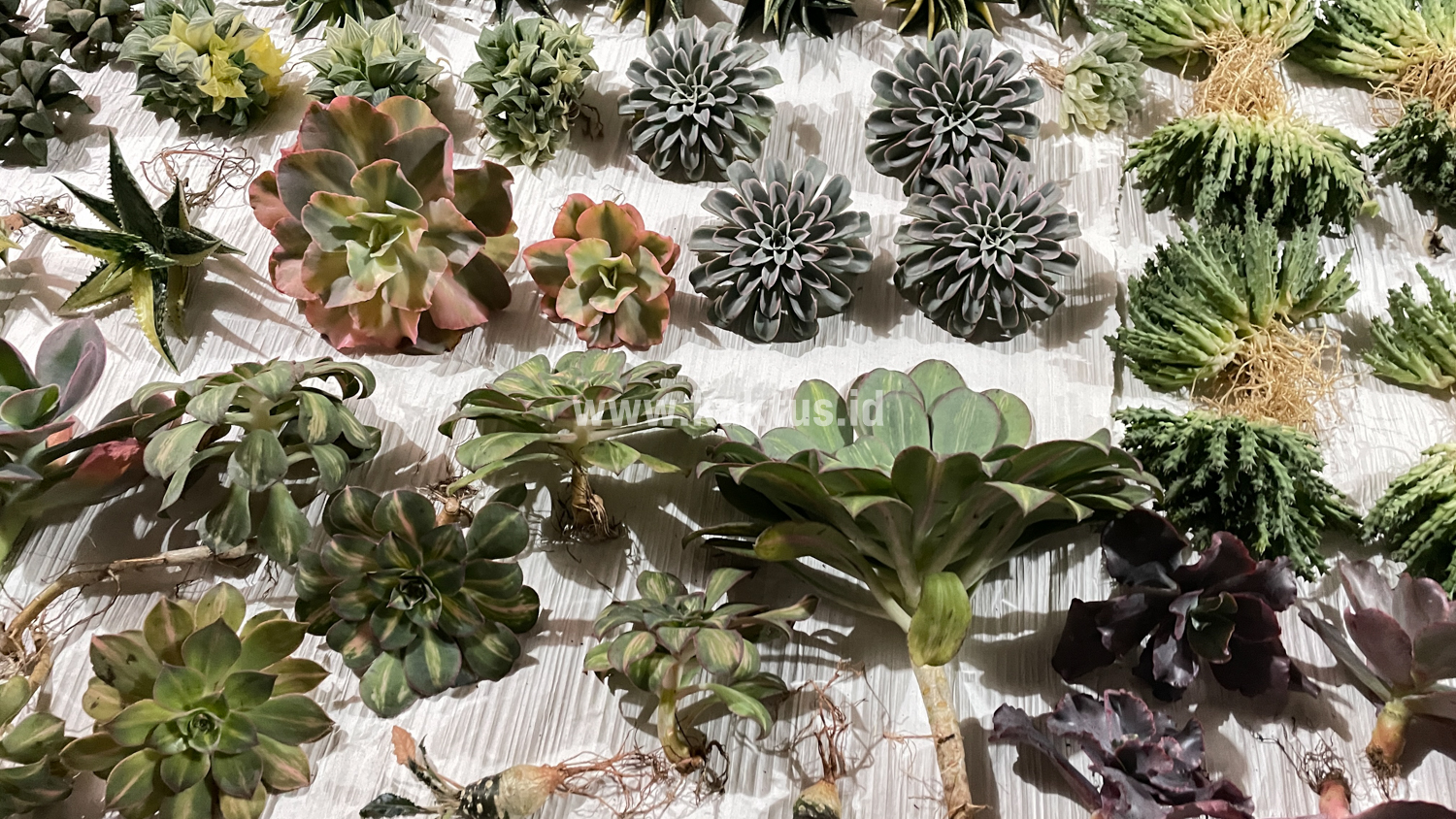
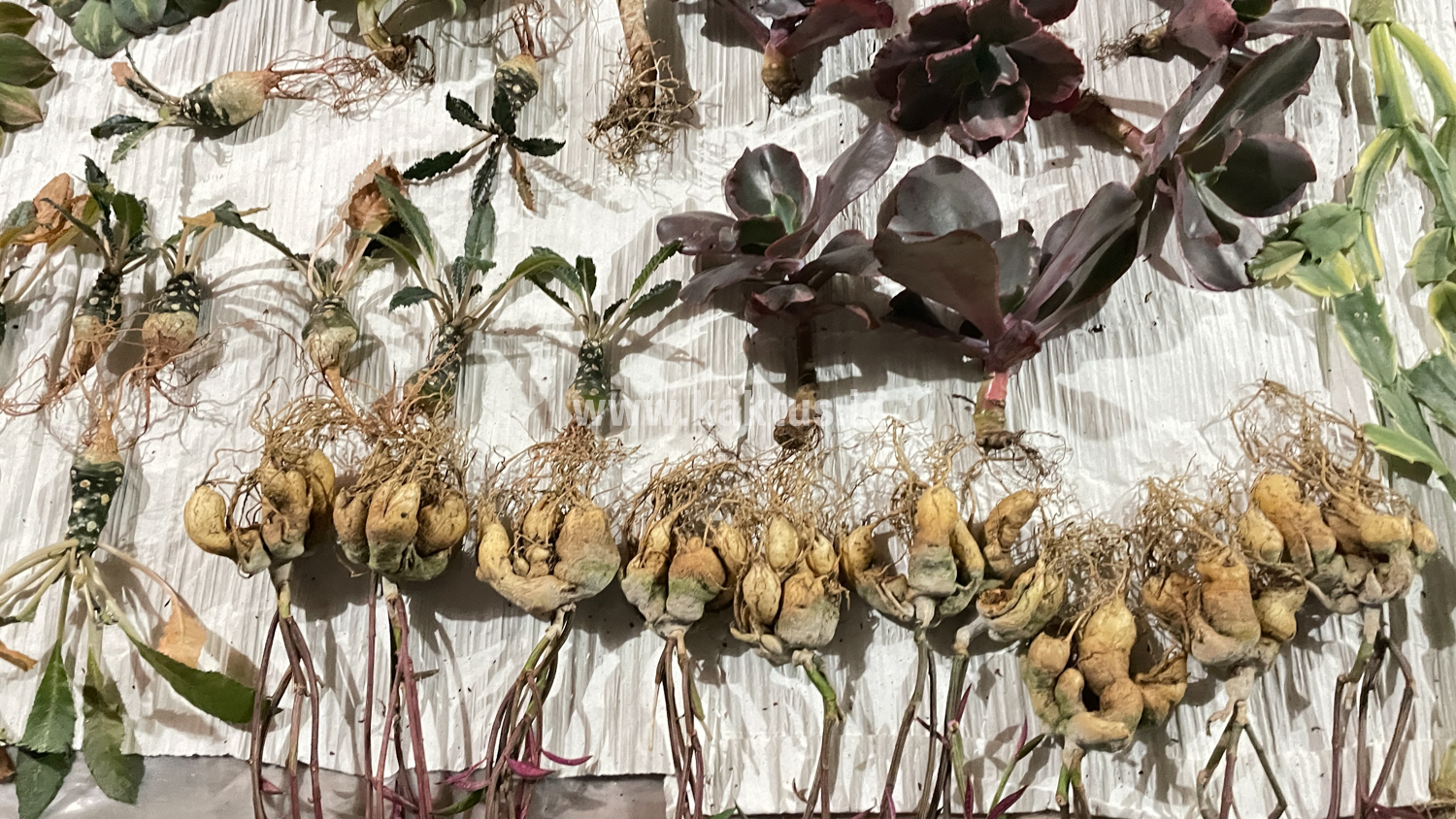


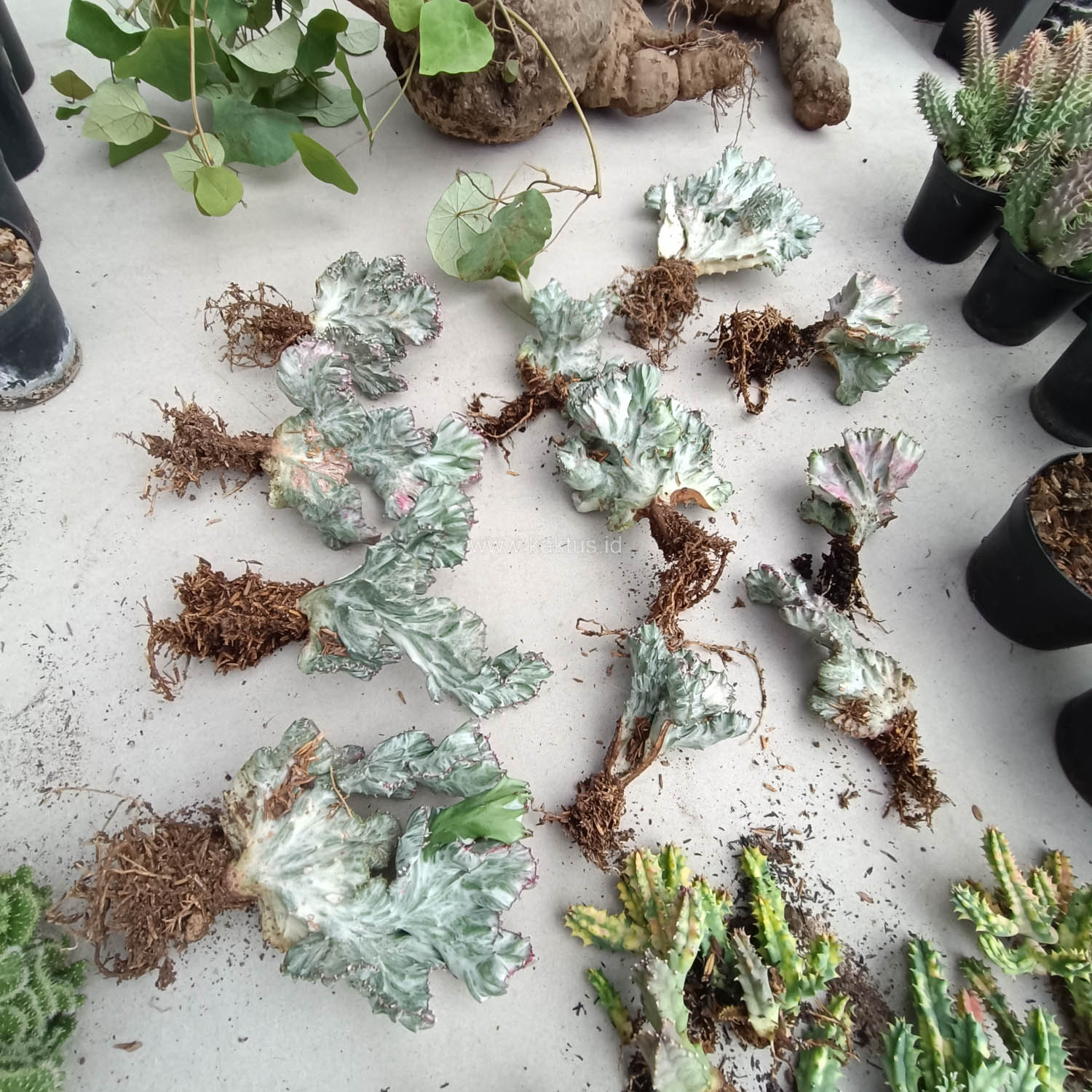
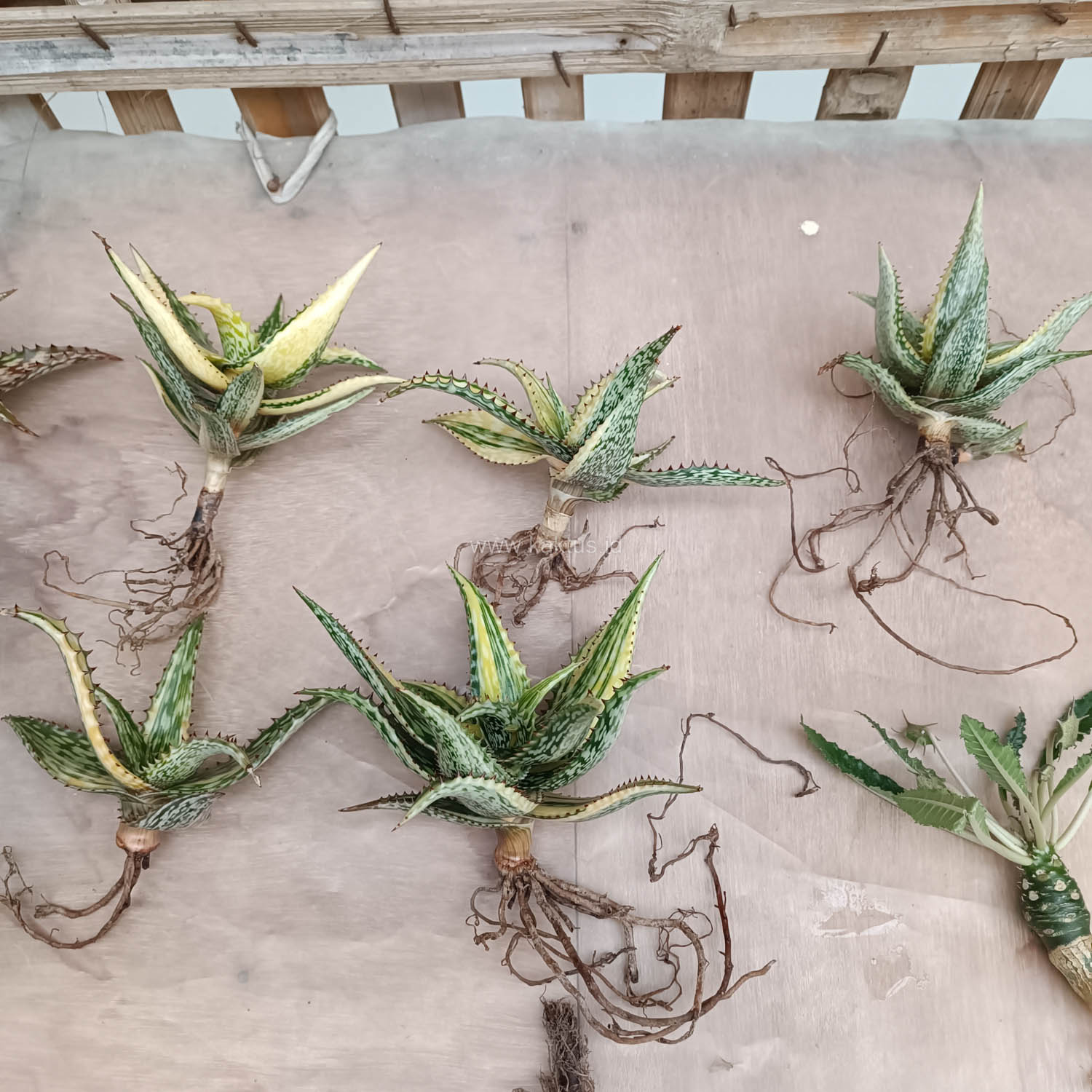
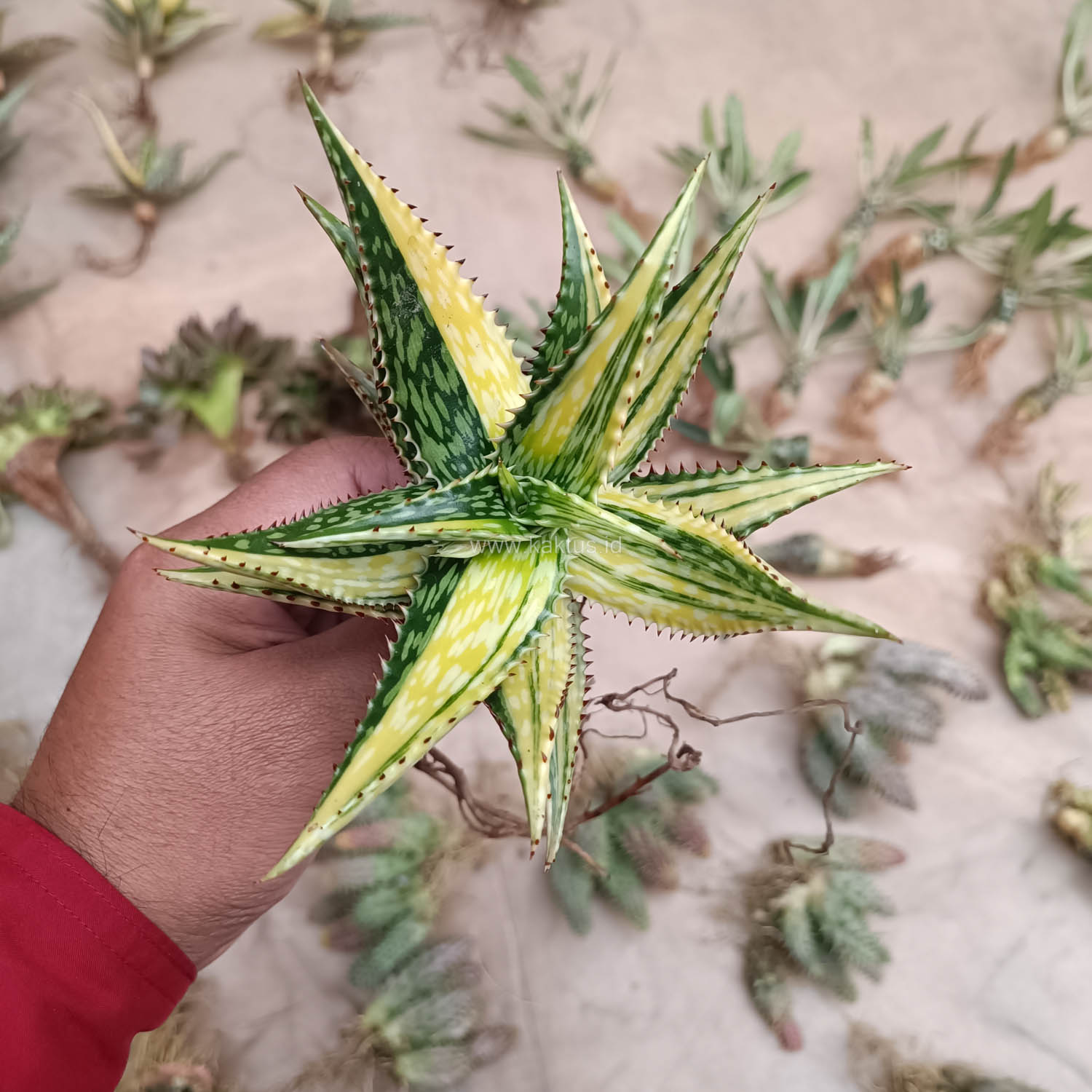

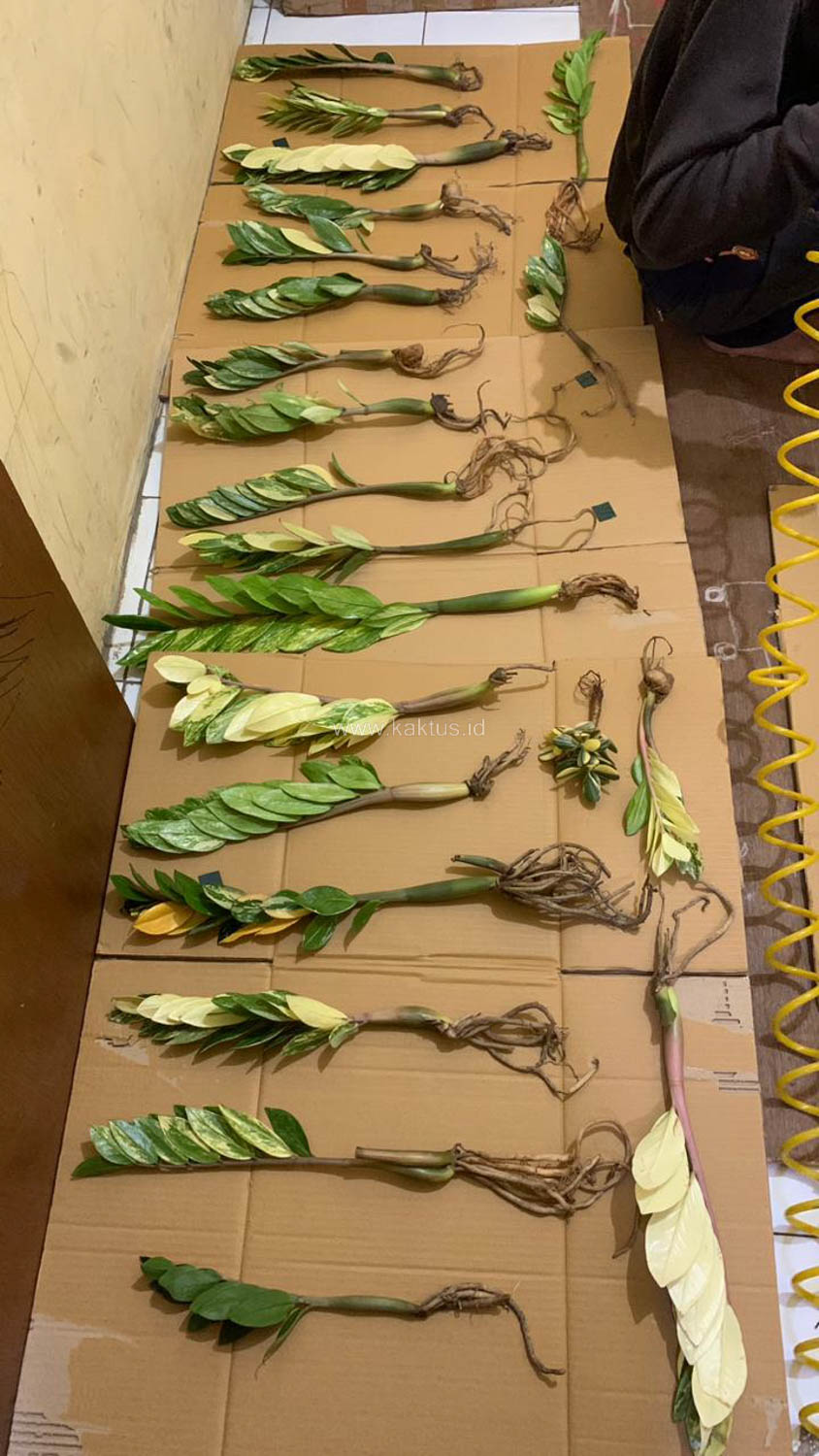
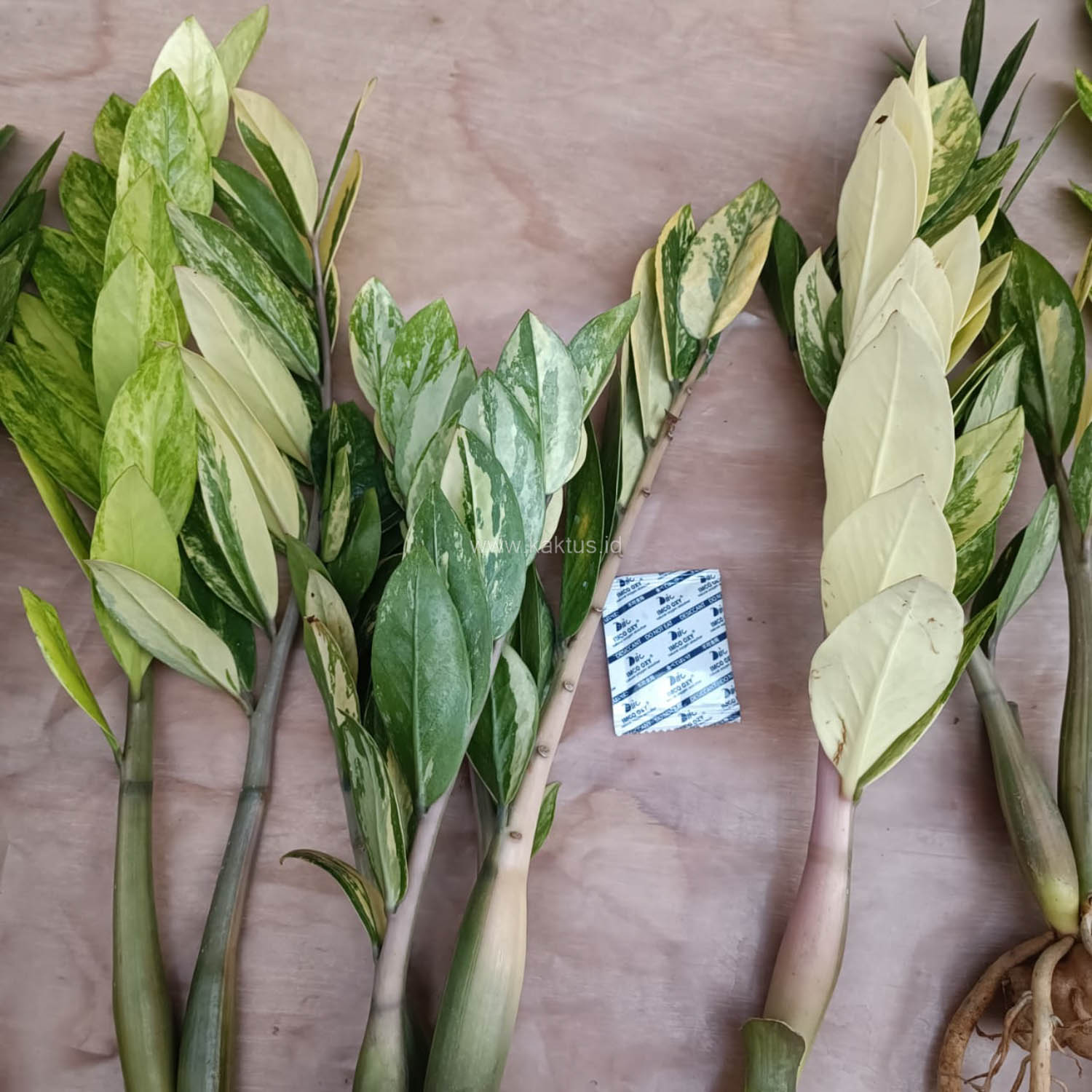




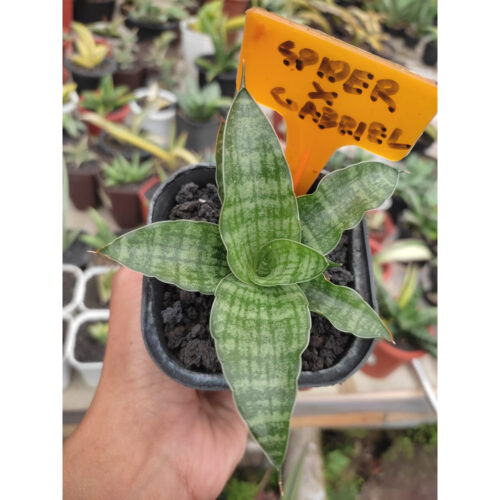

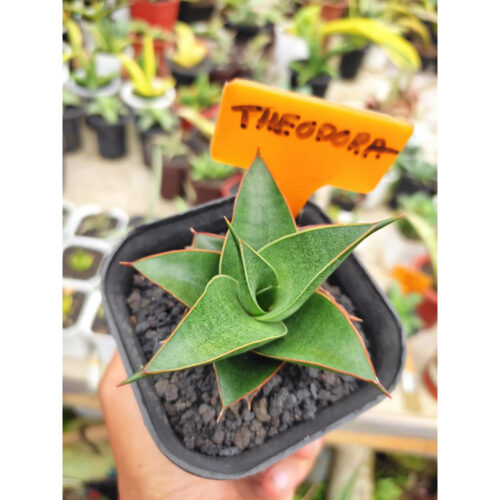

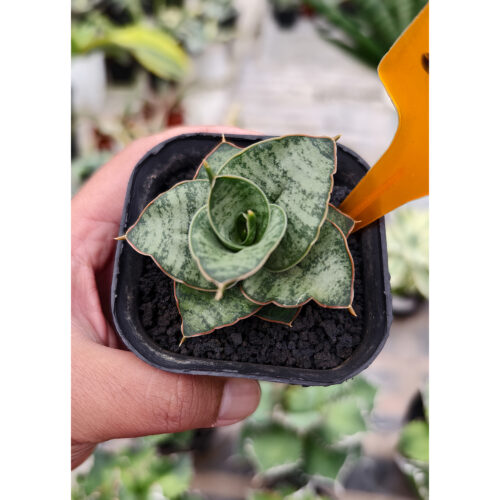

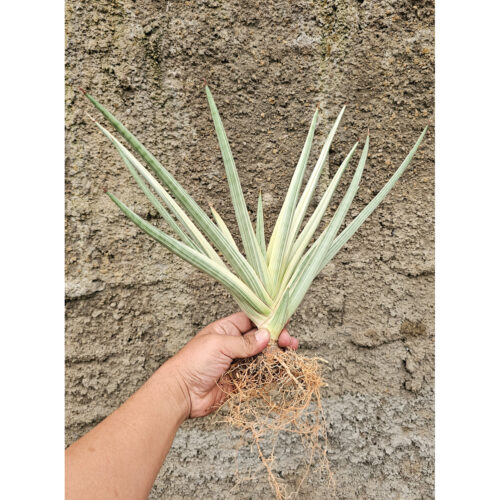




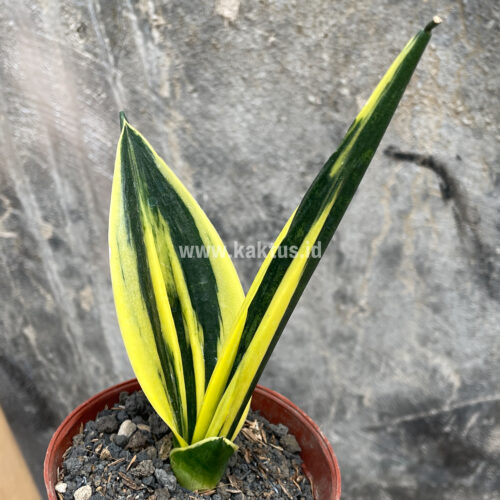


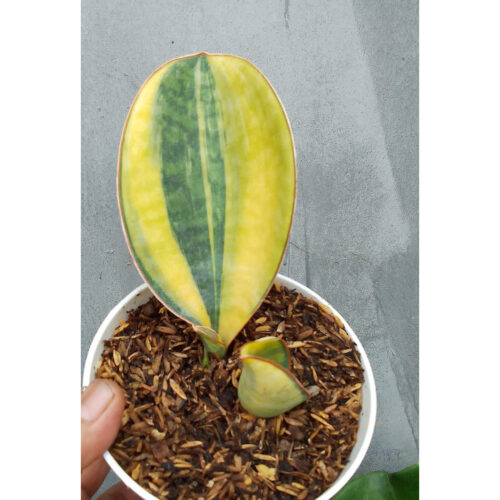

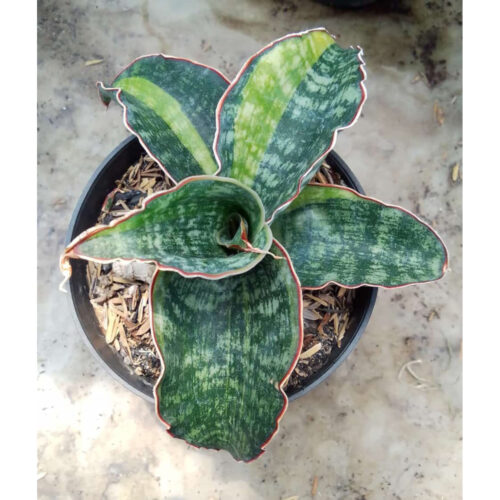












Nice healthy plants
beautiful
Great communication, good quality plants.
I’m satisfied.
I loved the cactus I received and will order again!